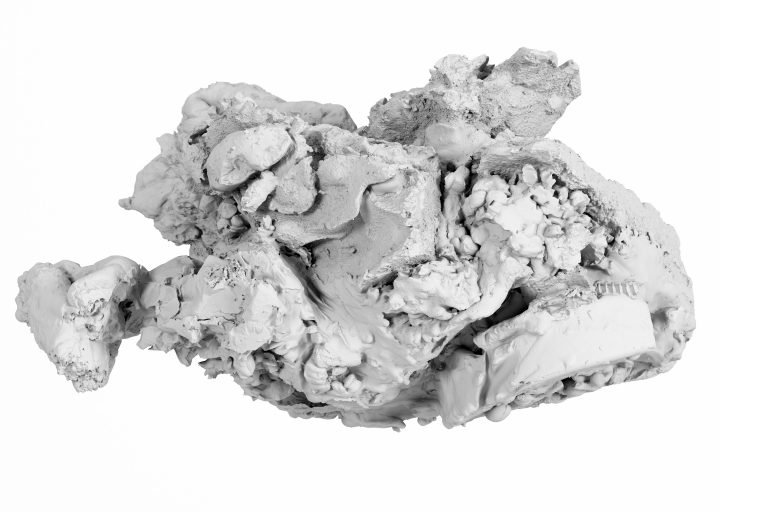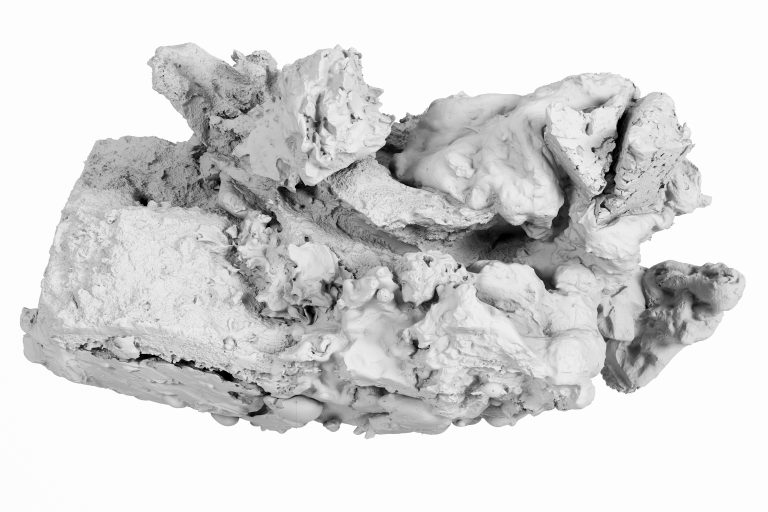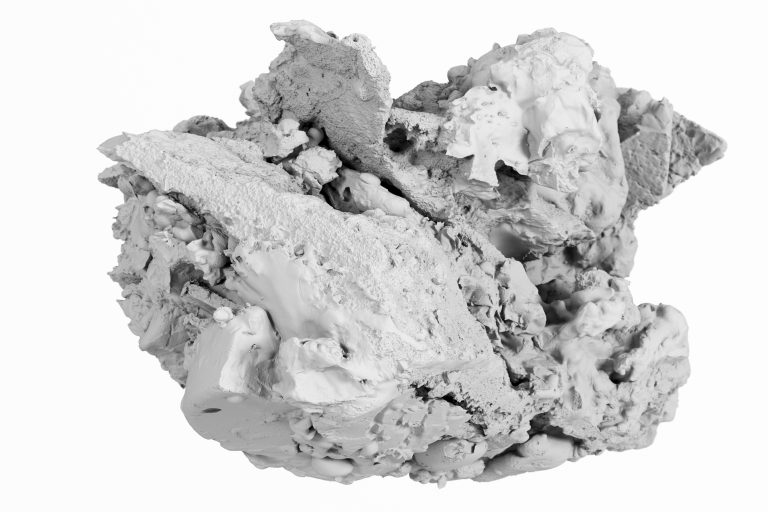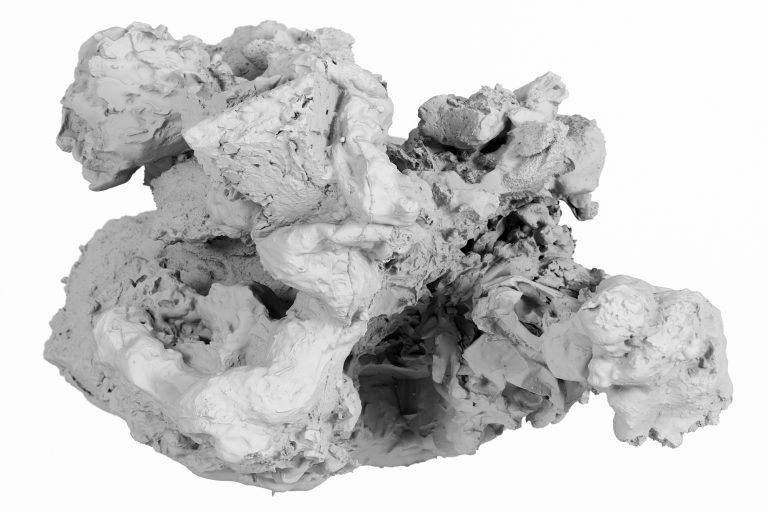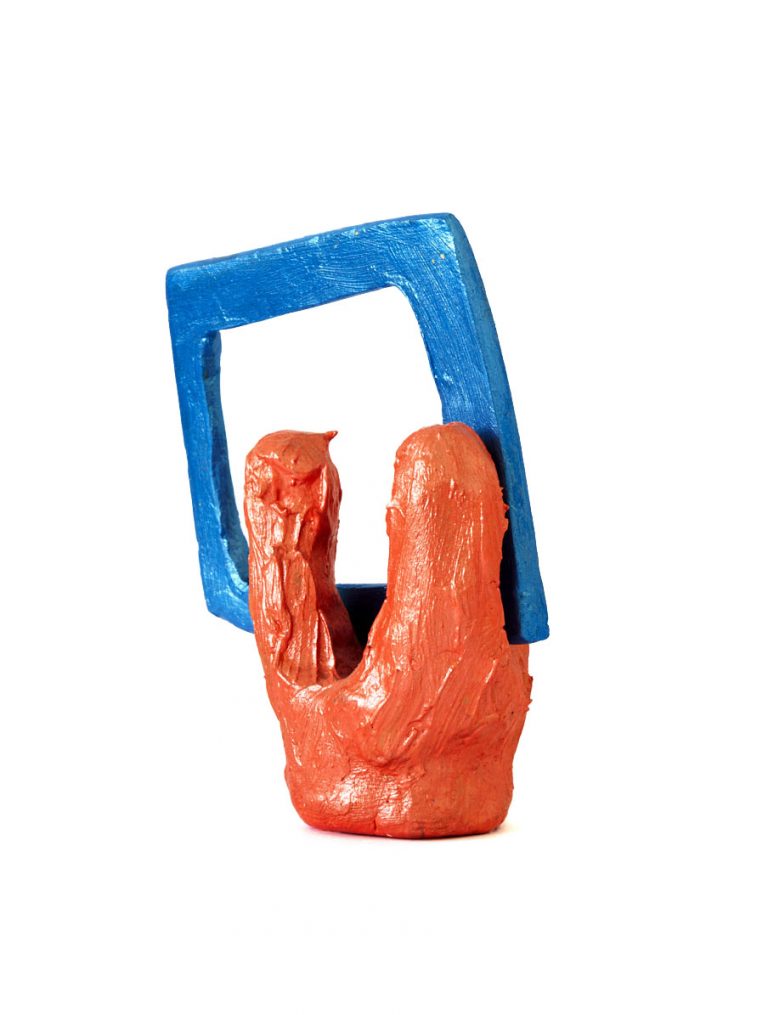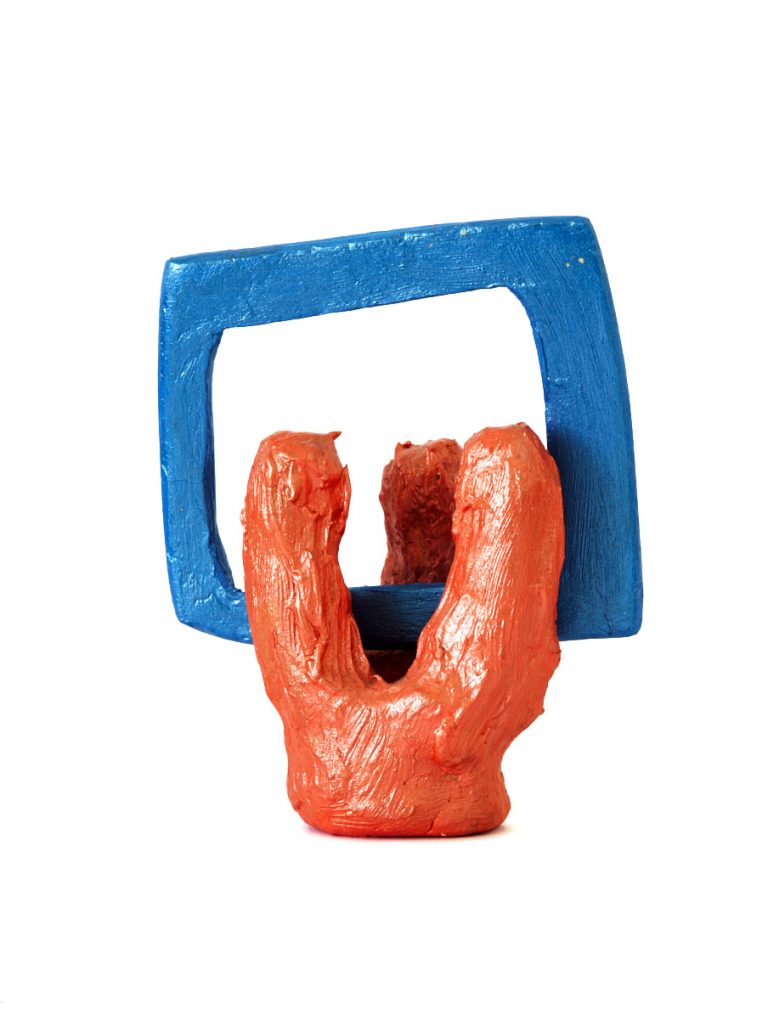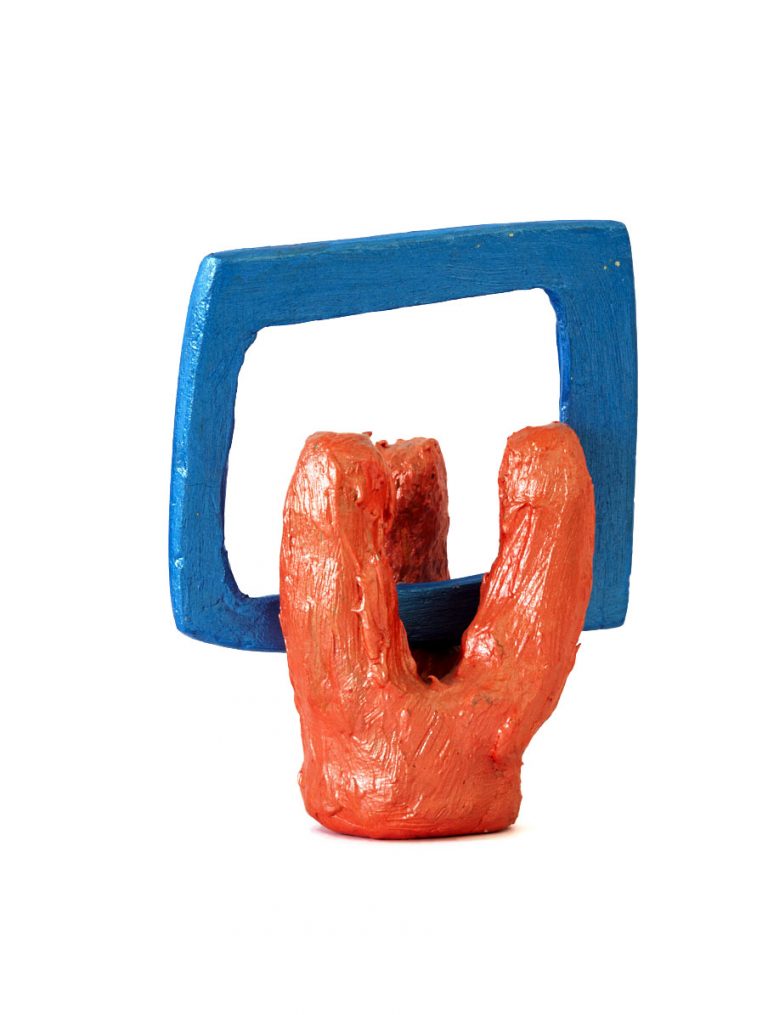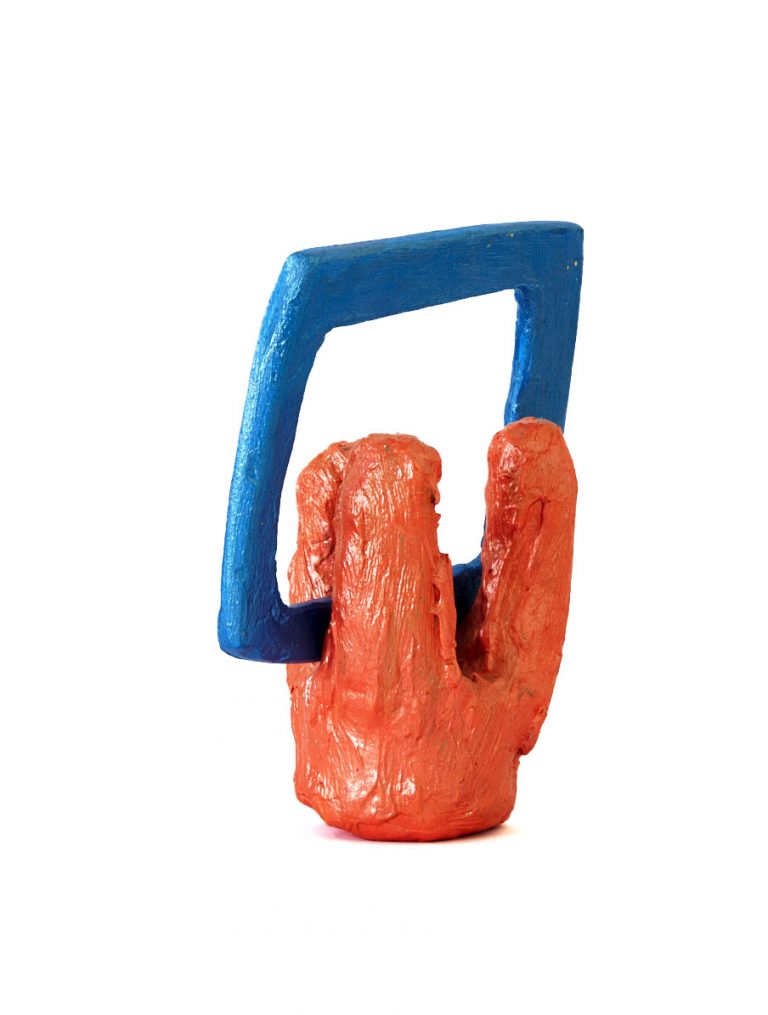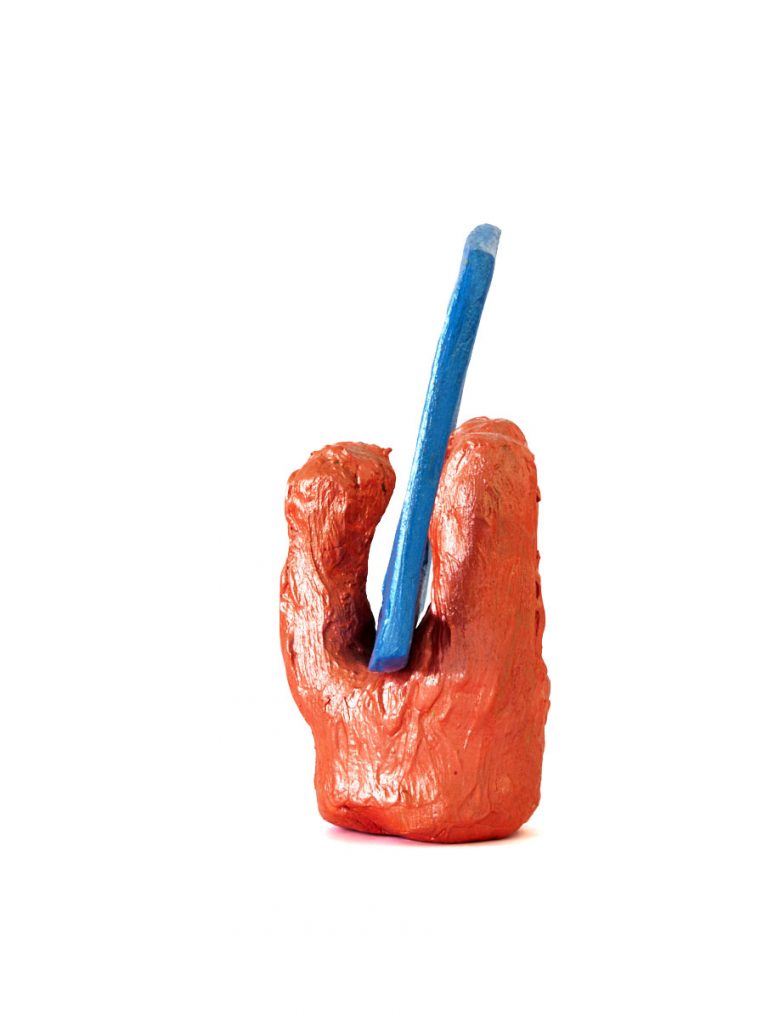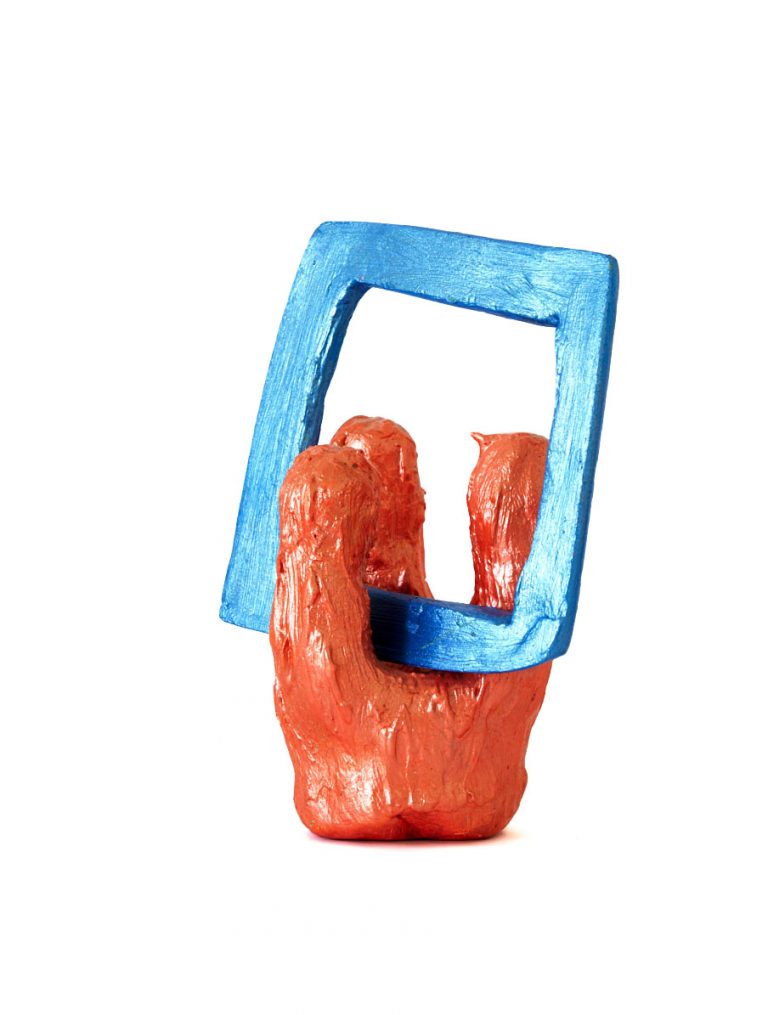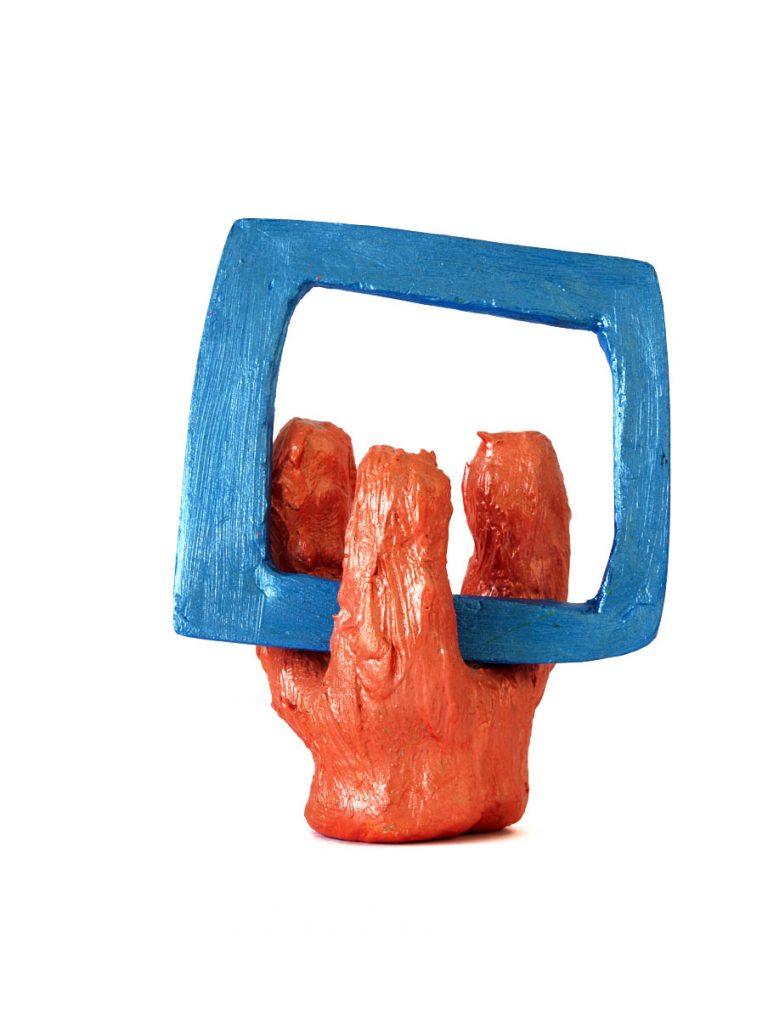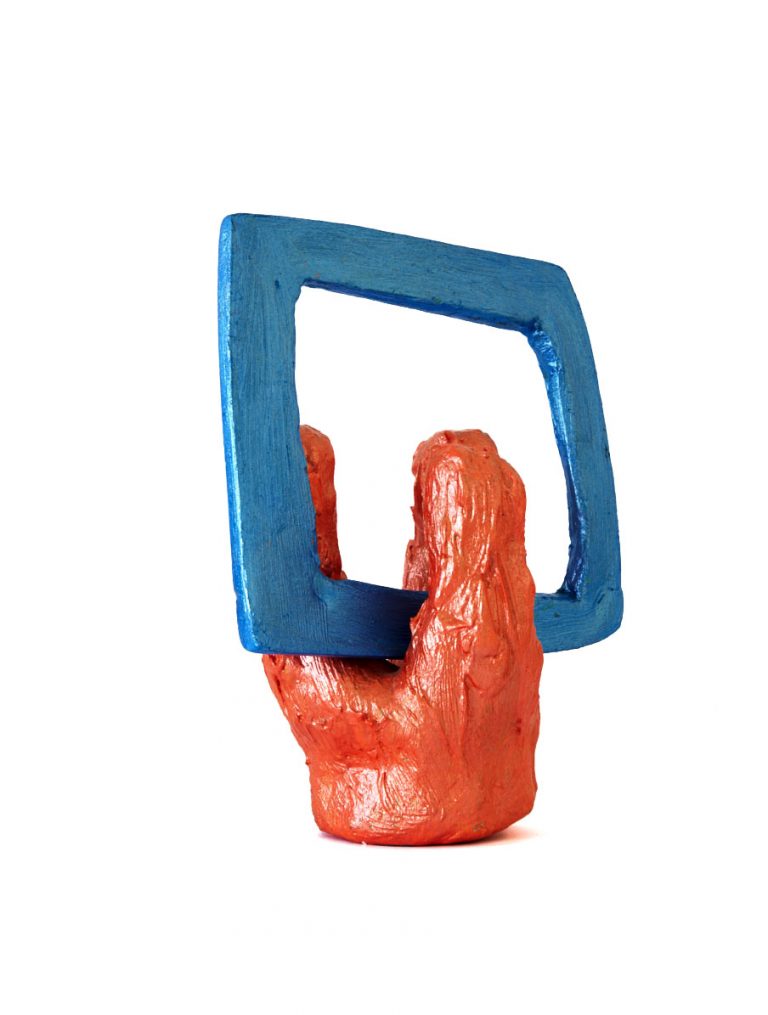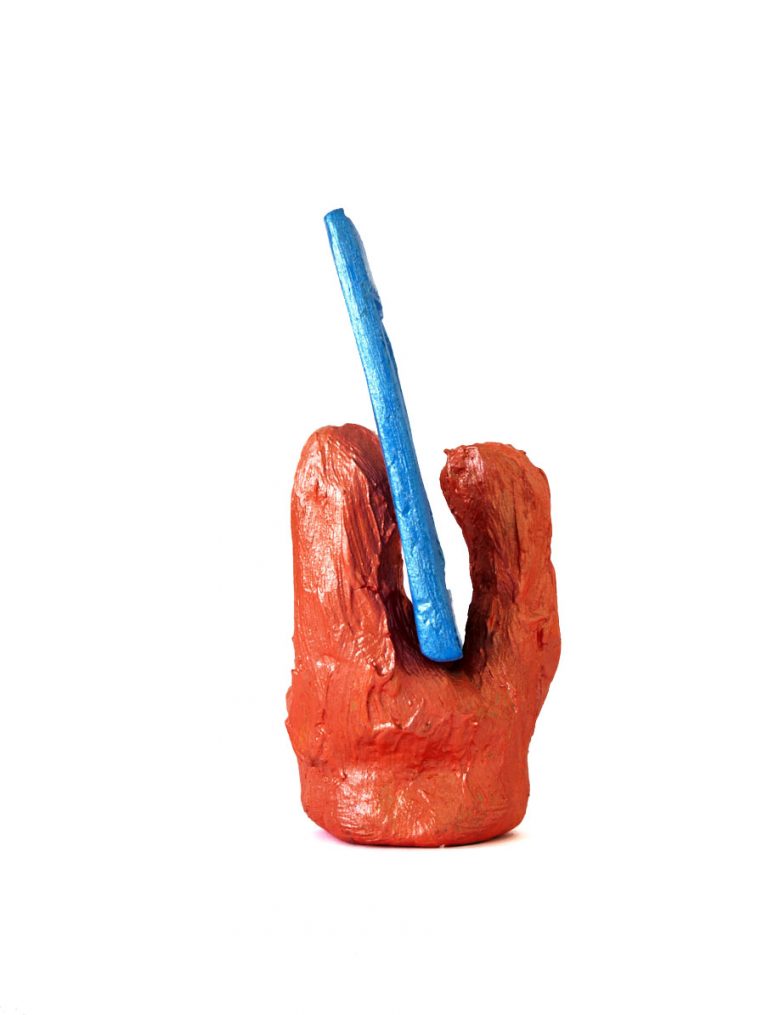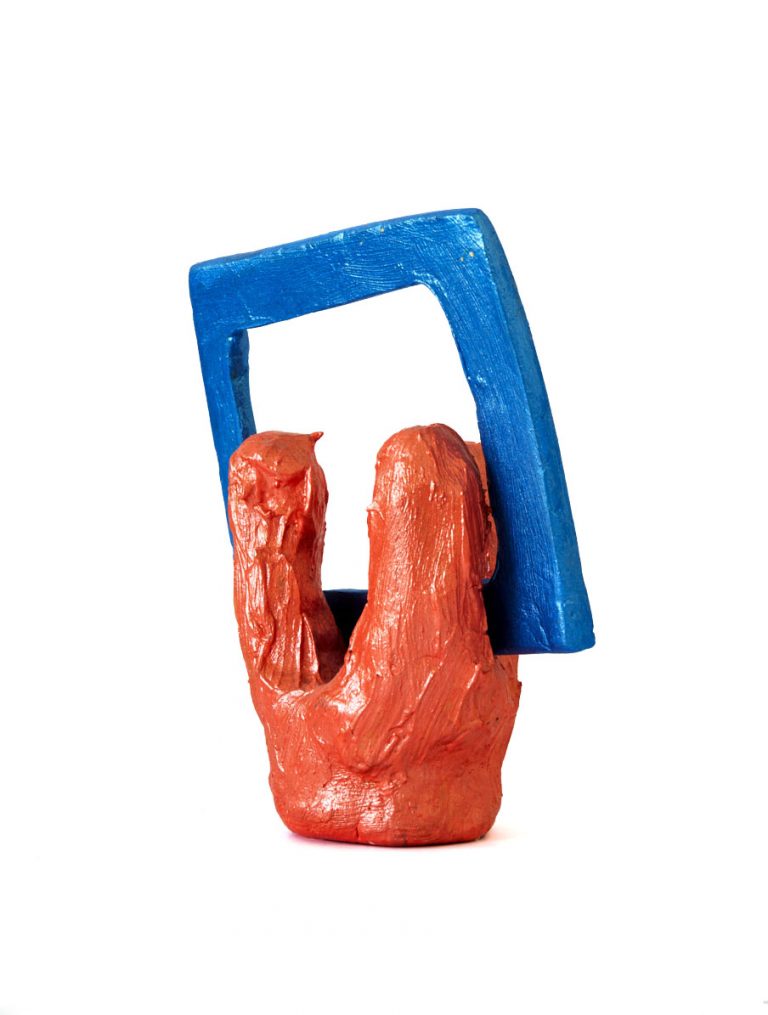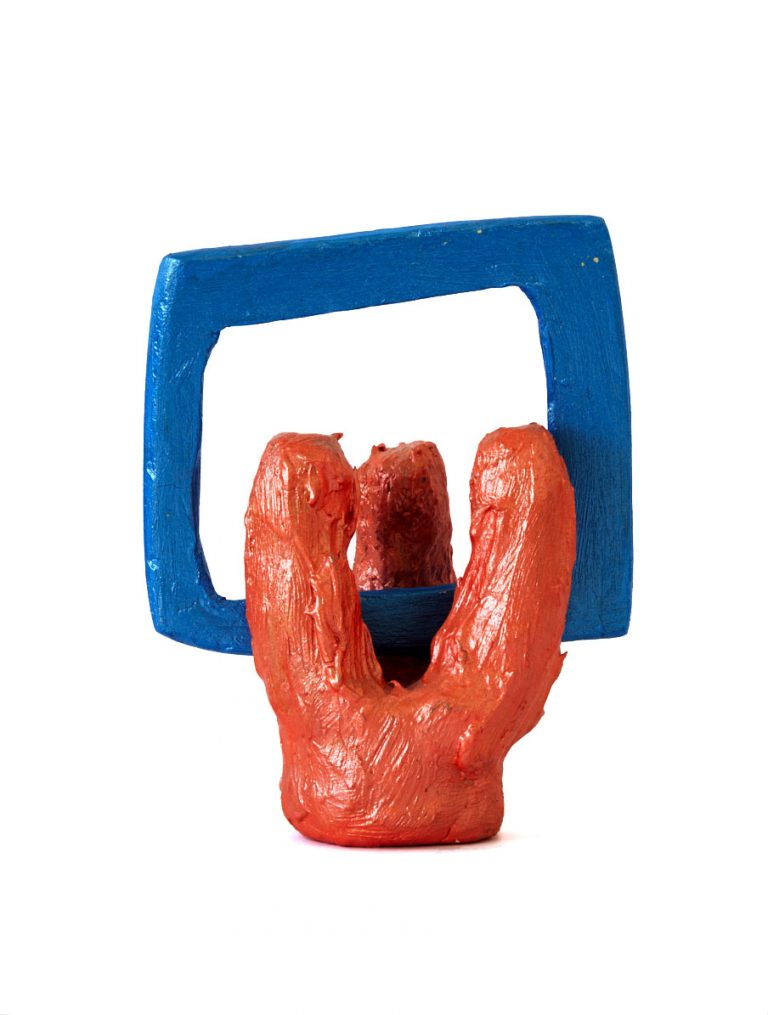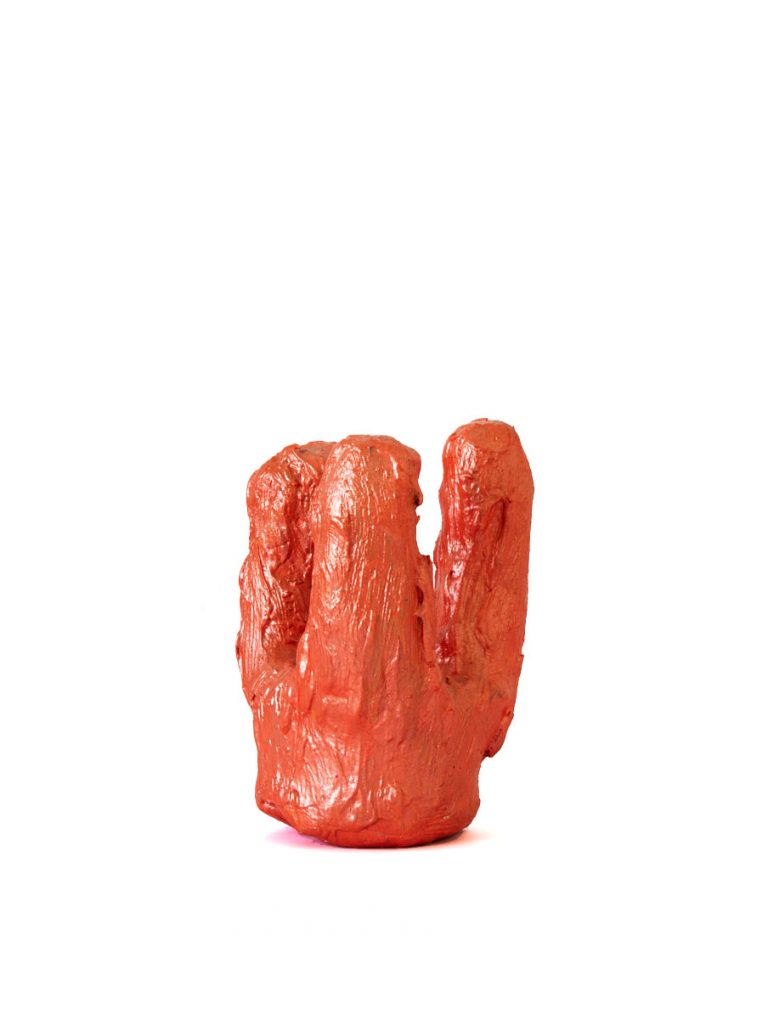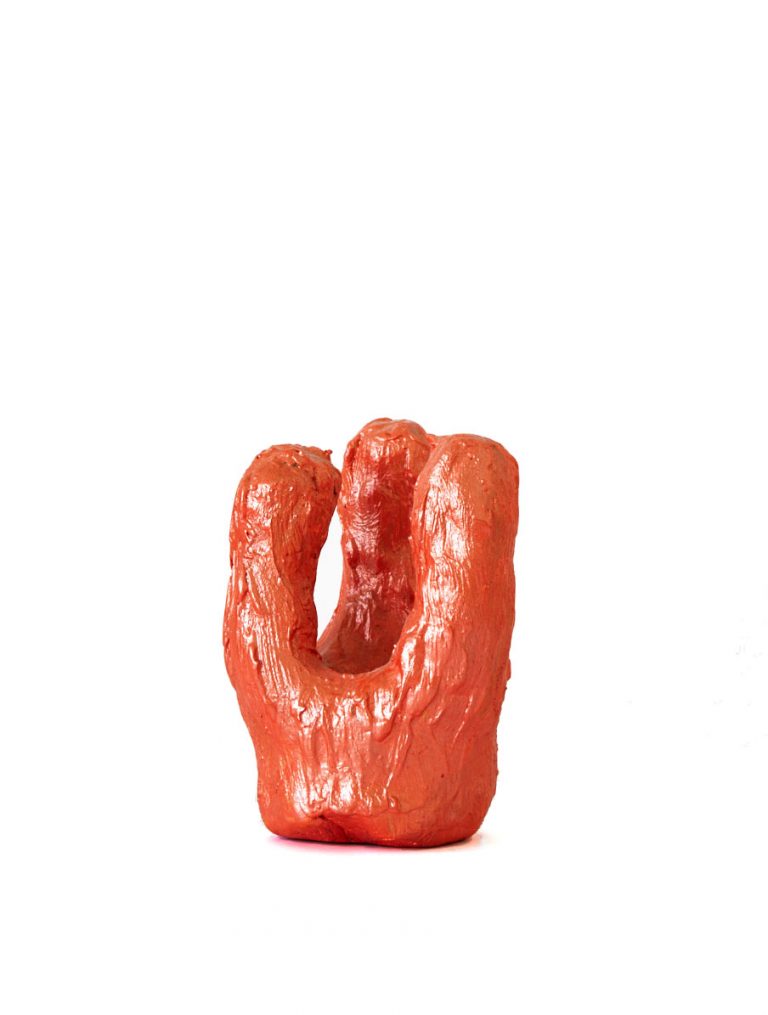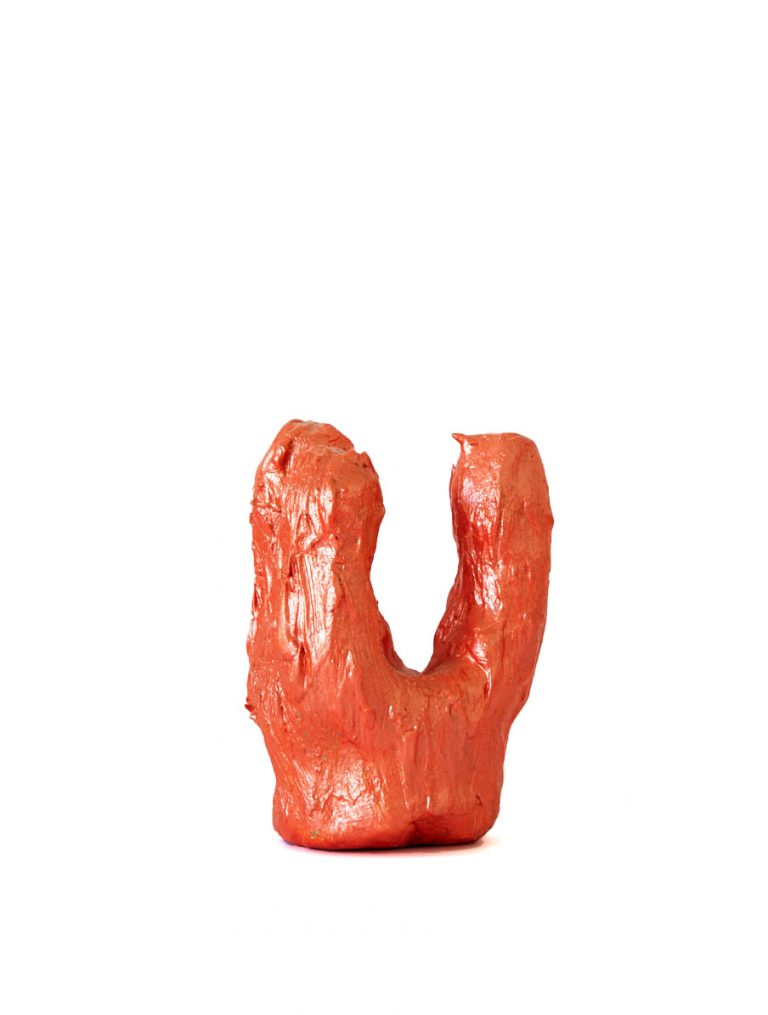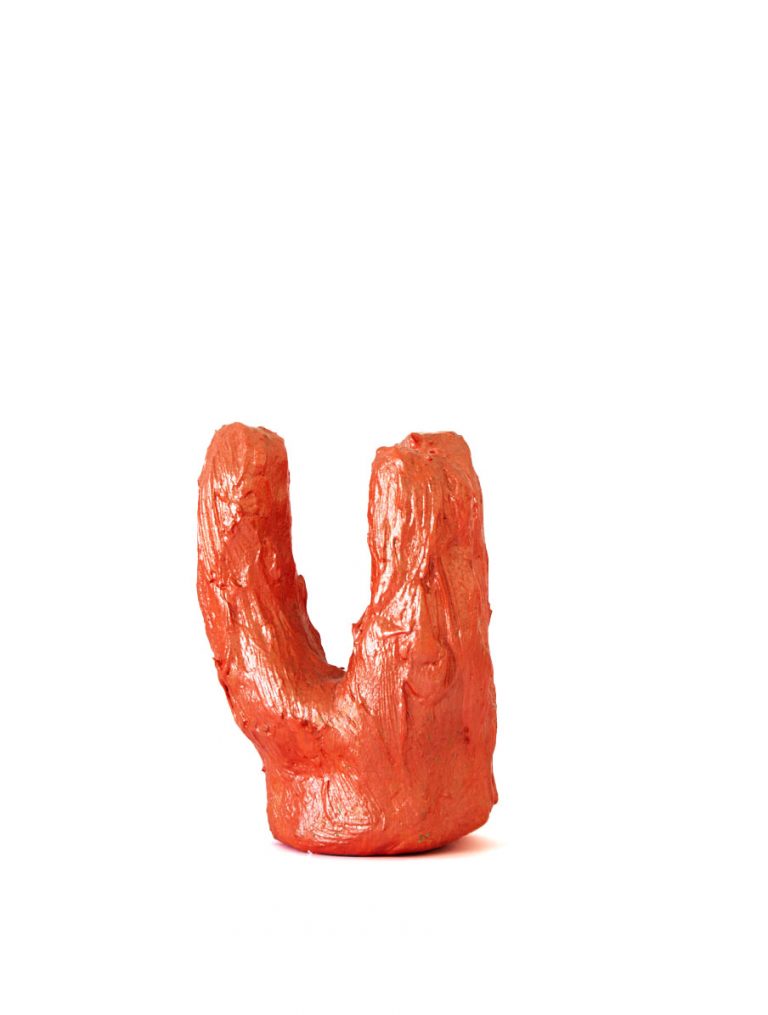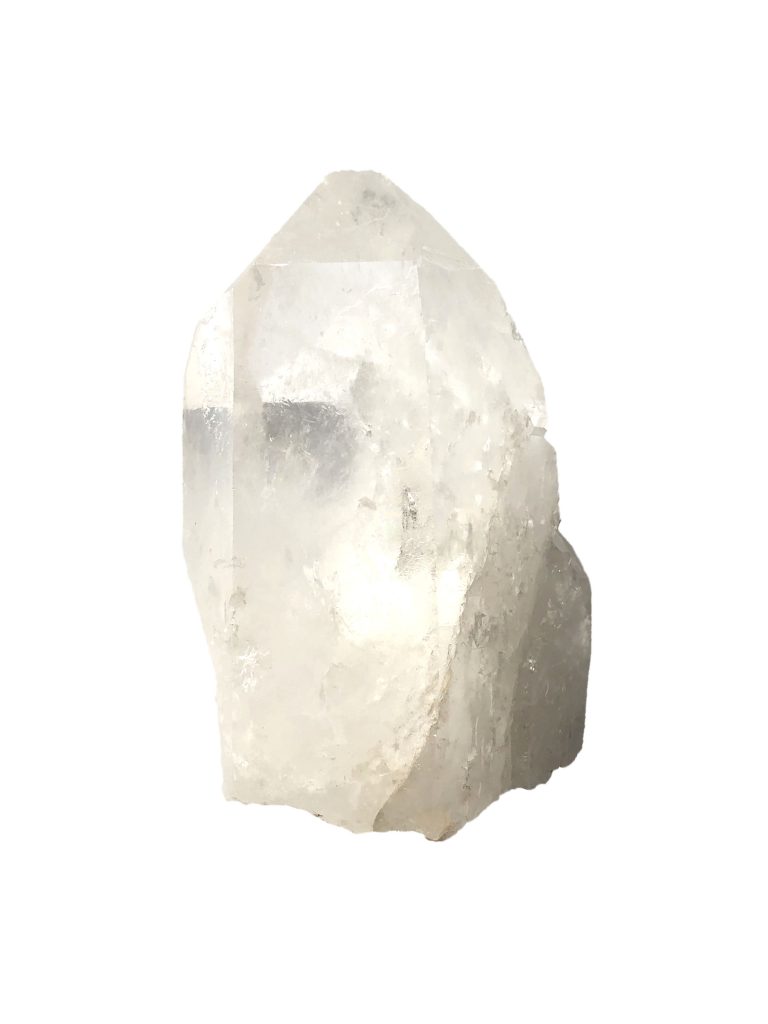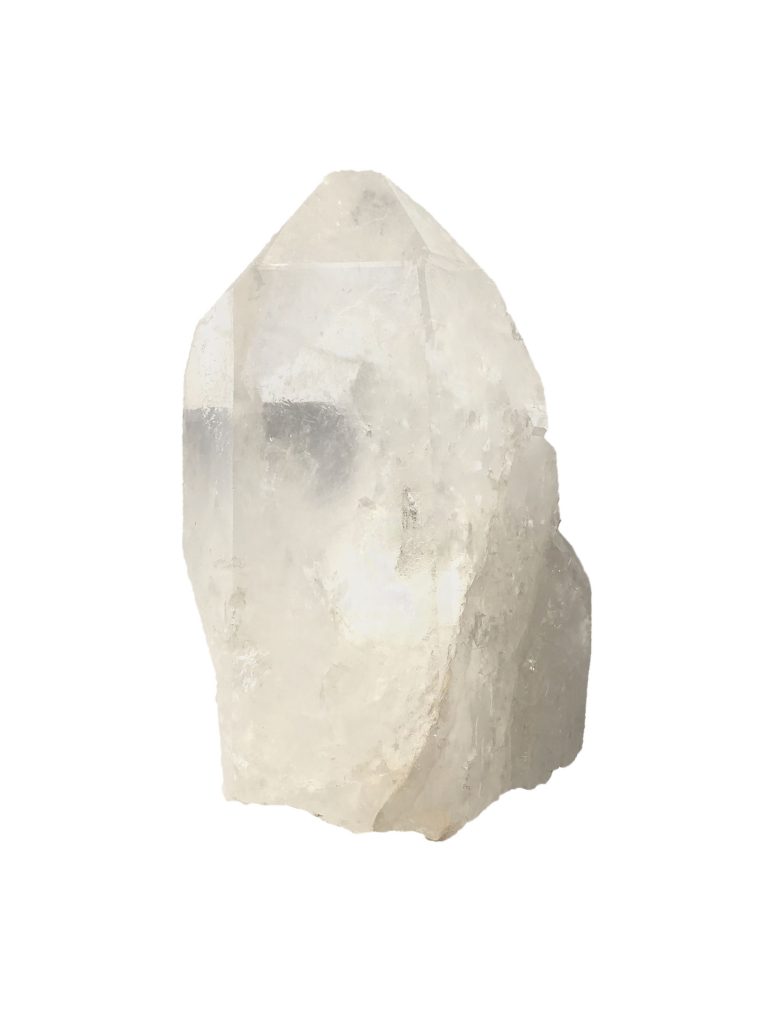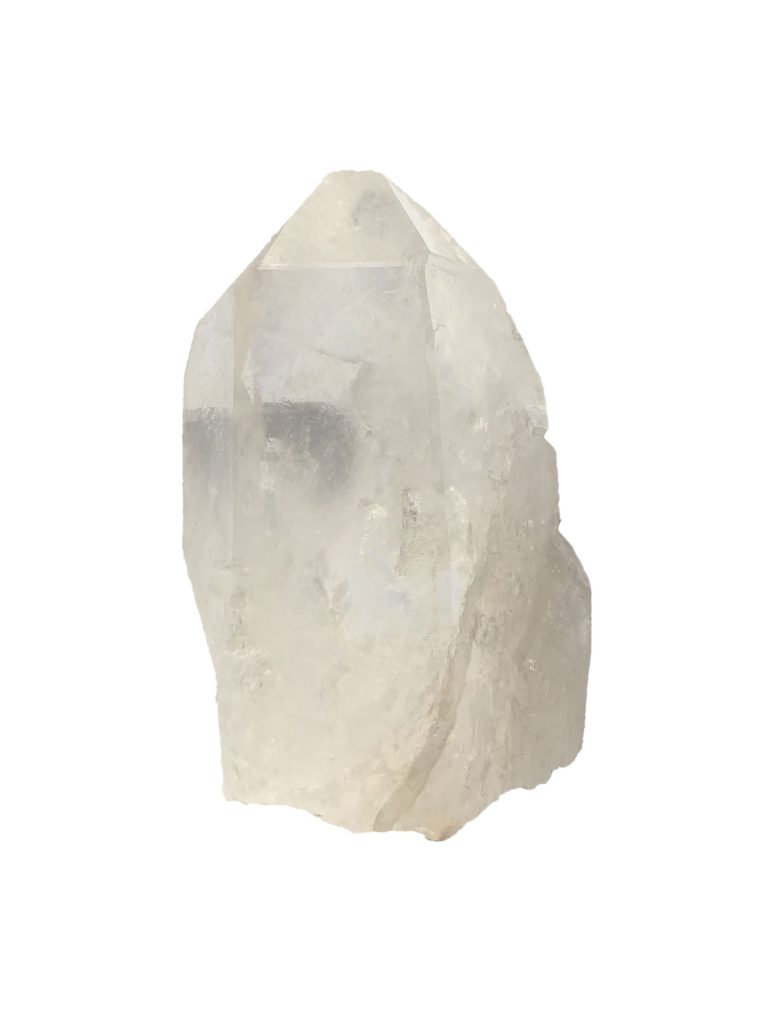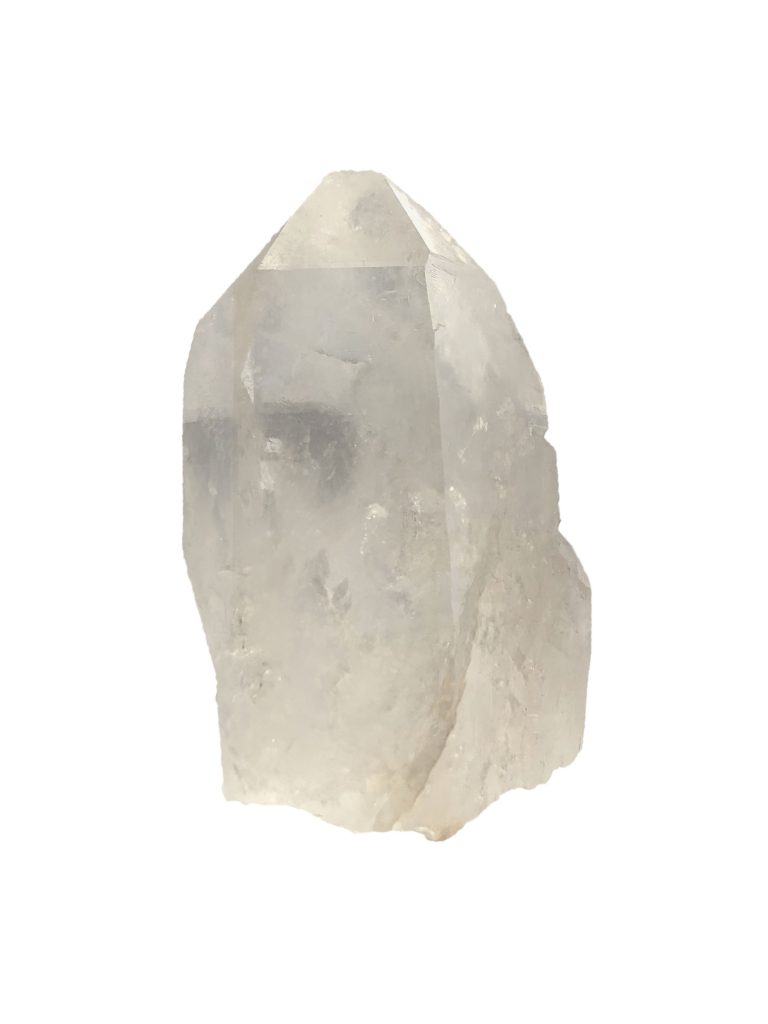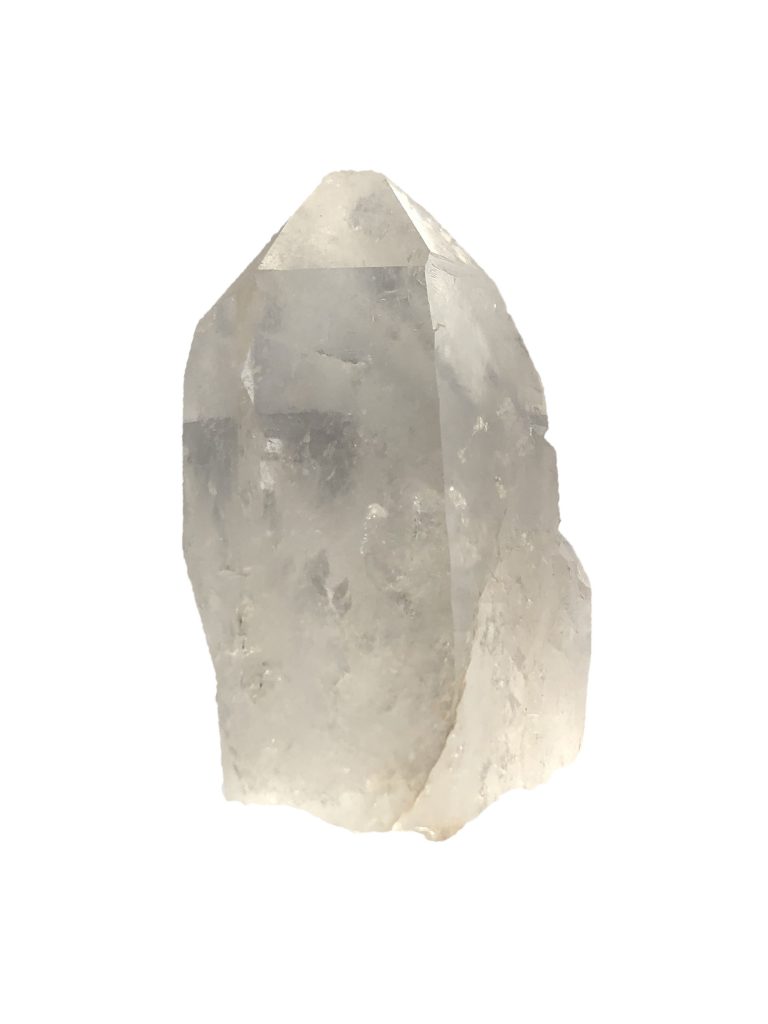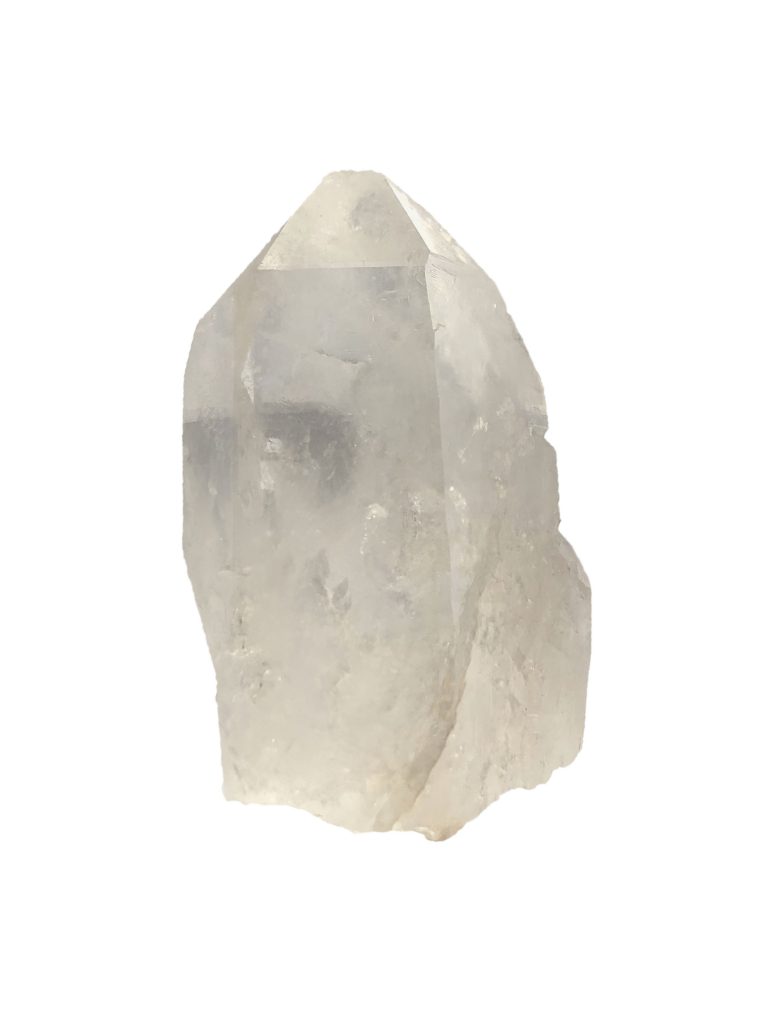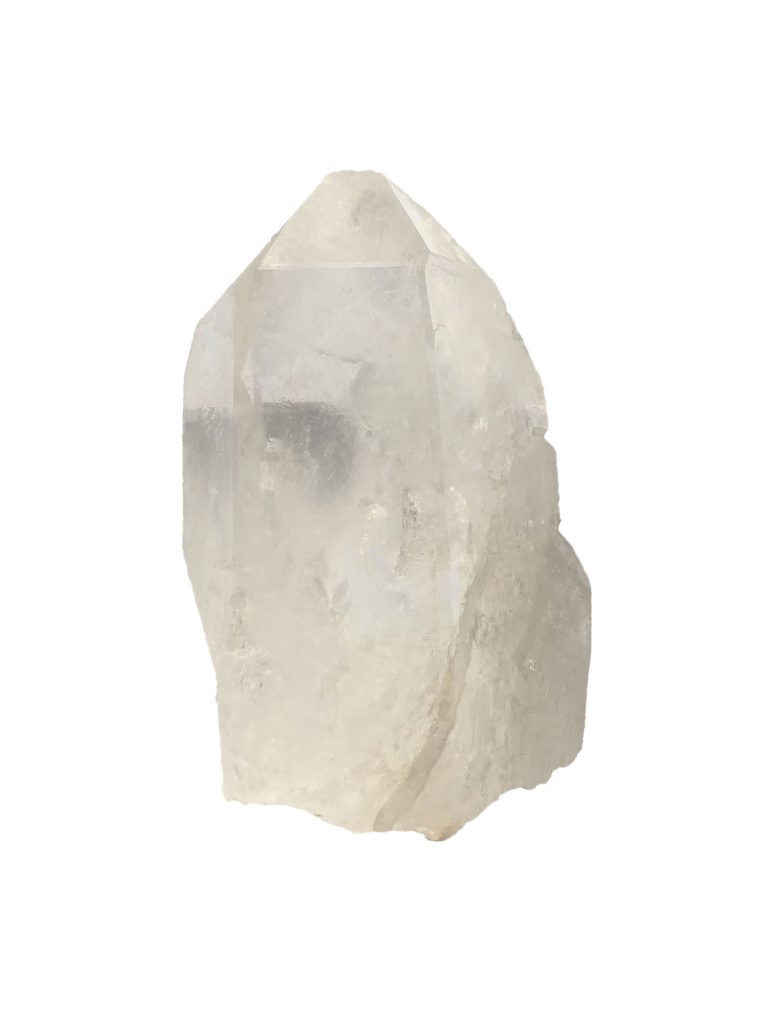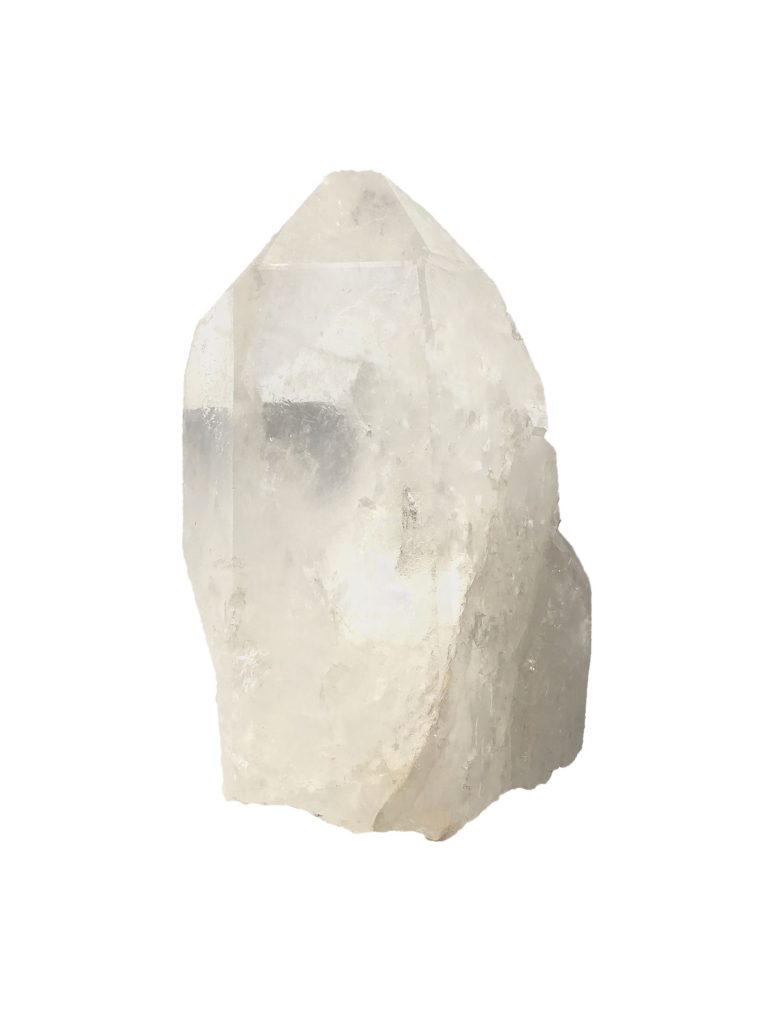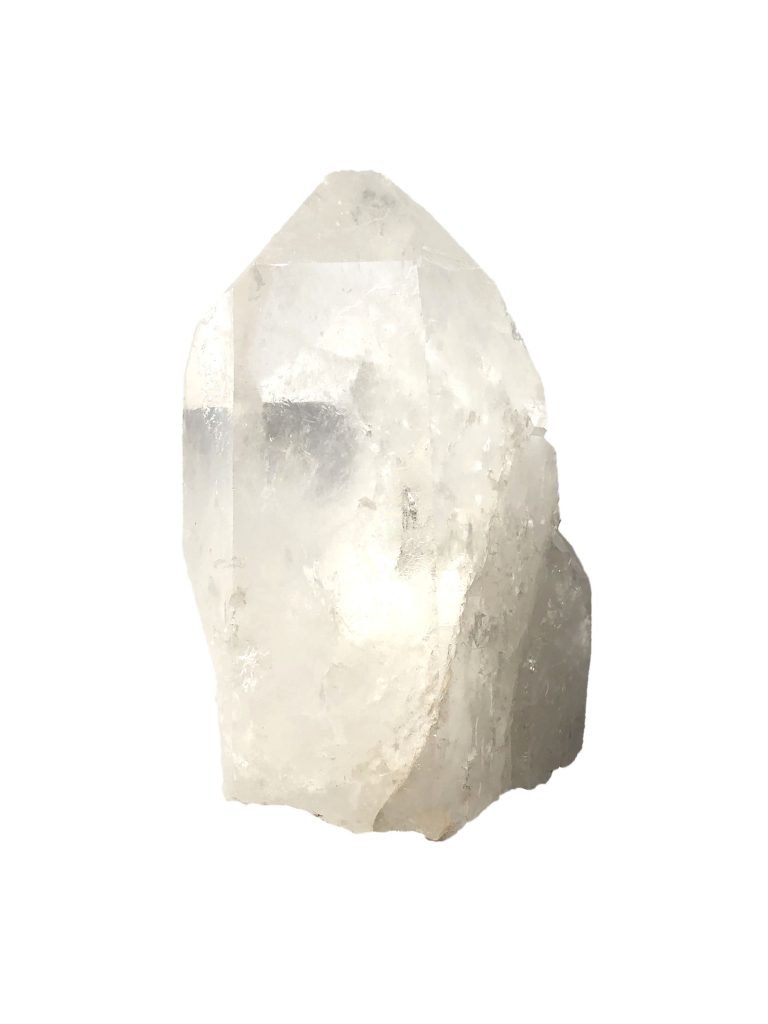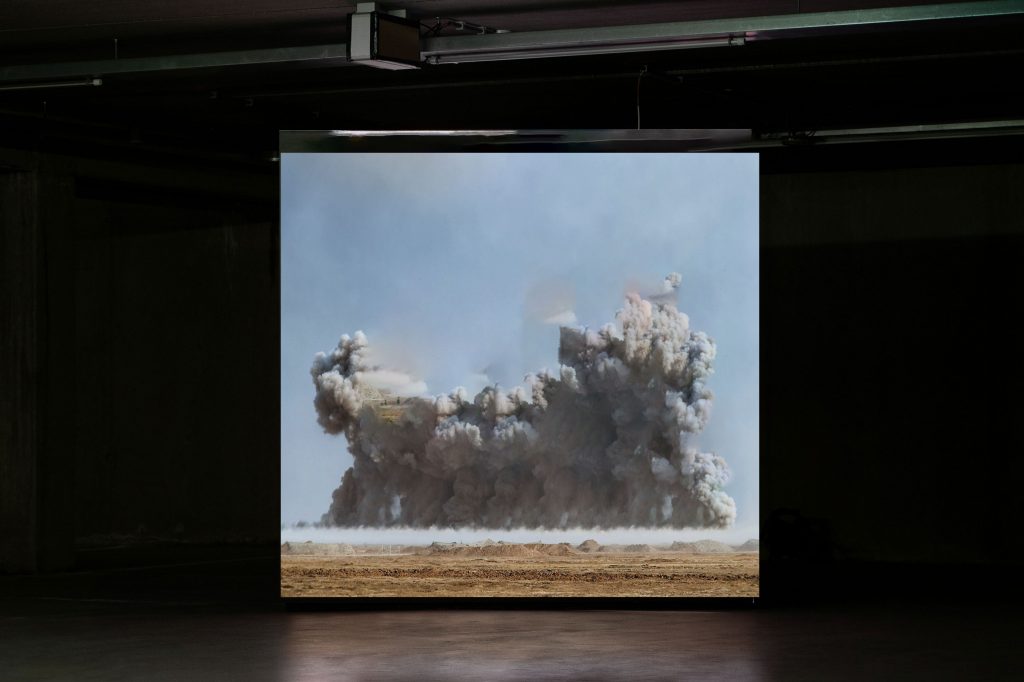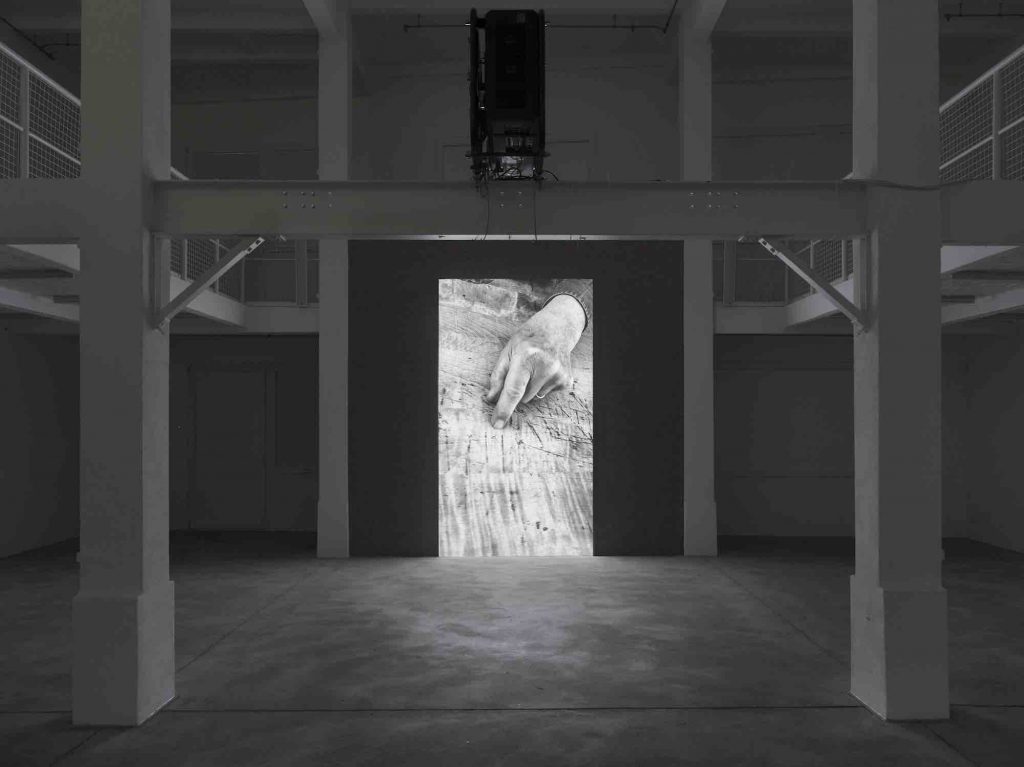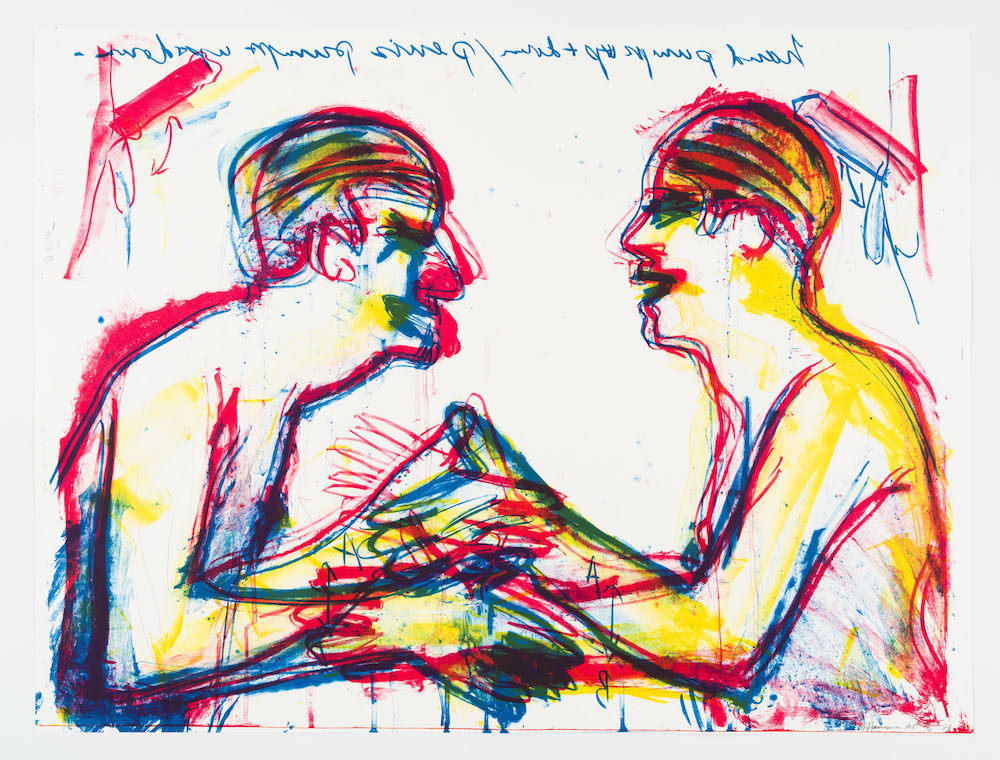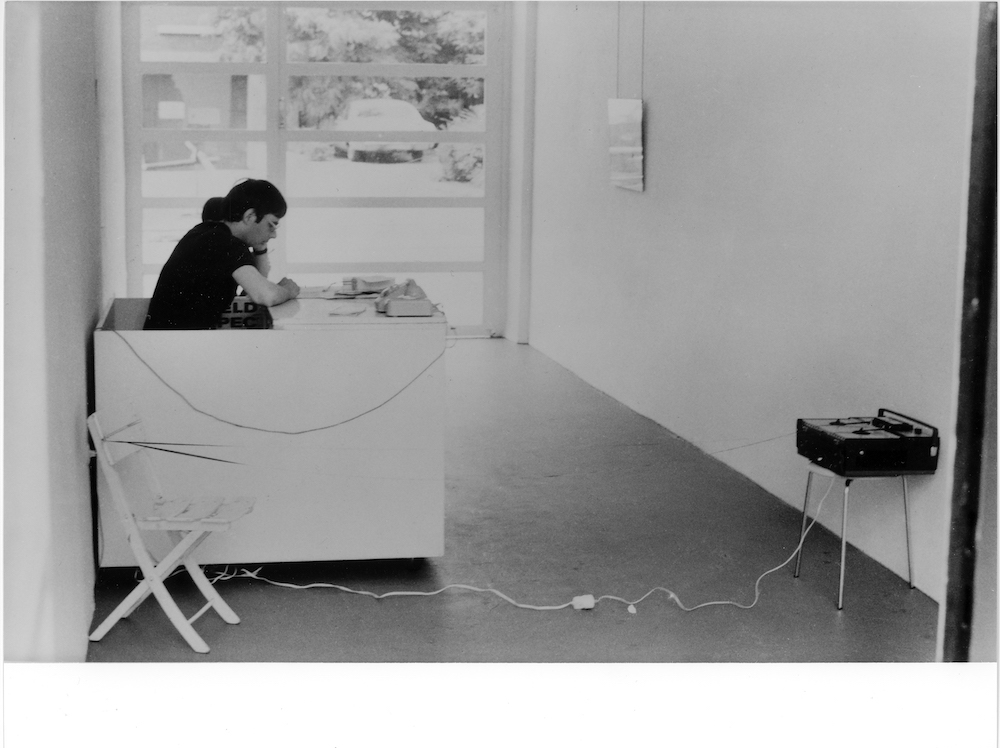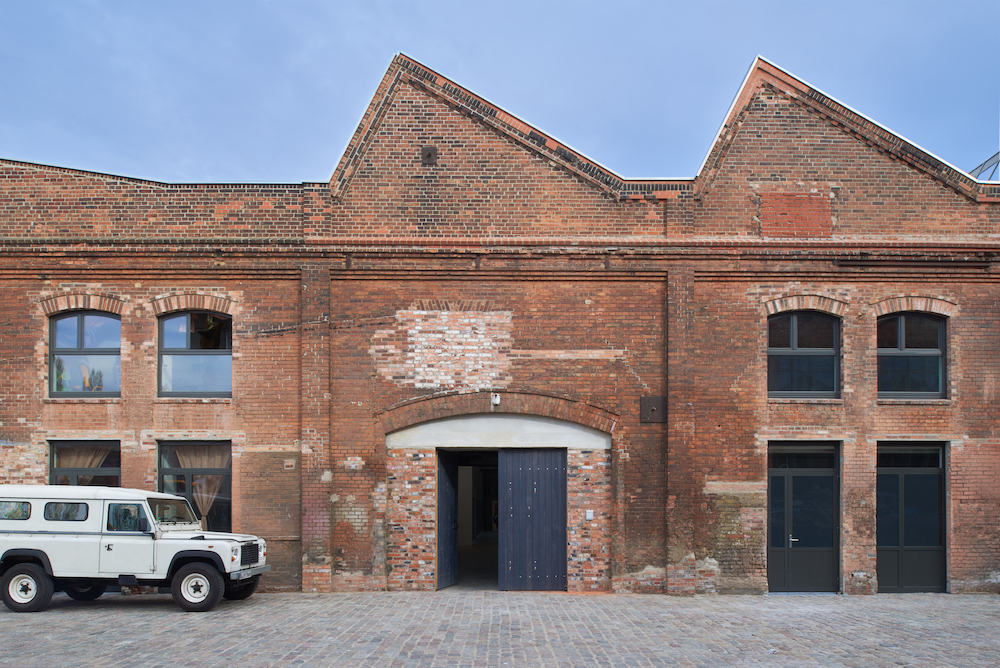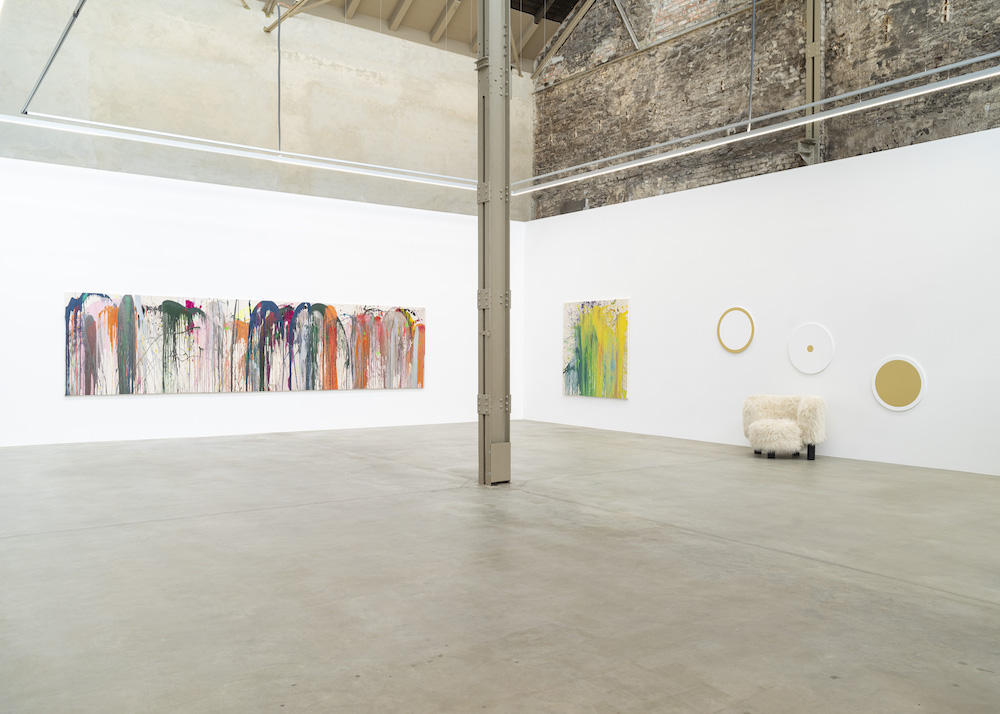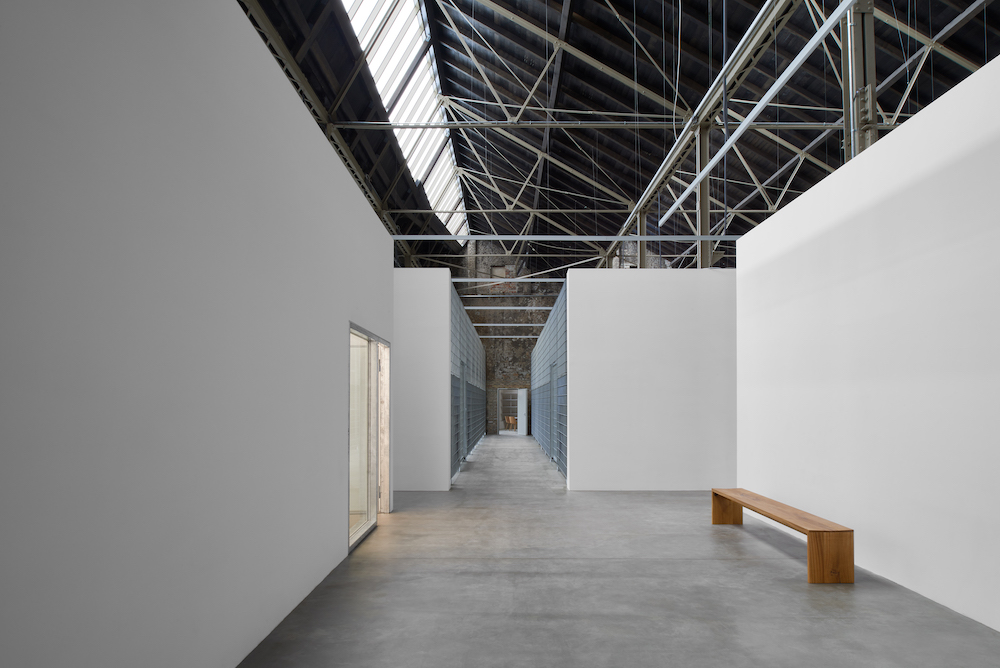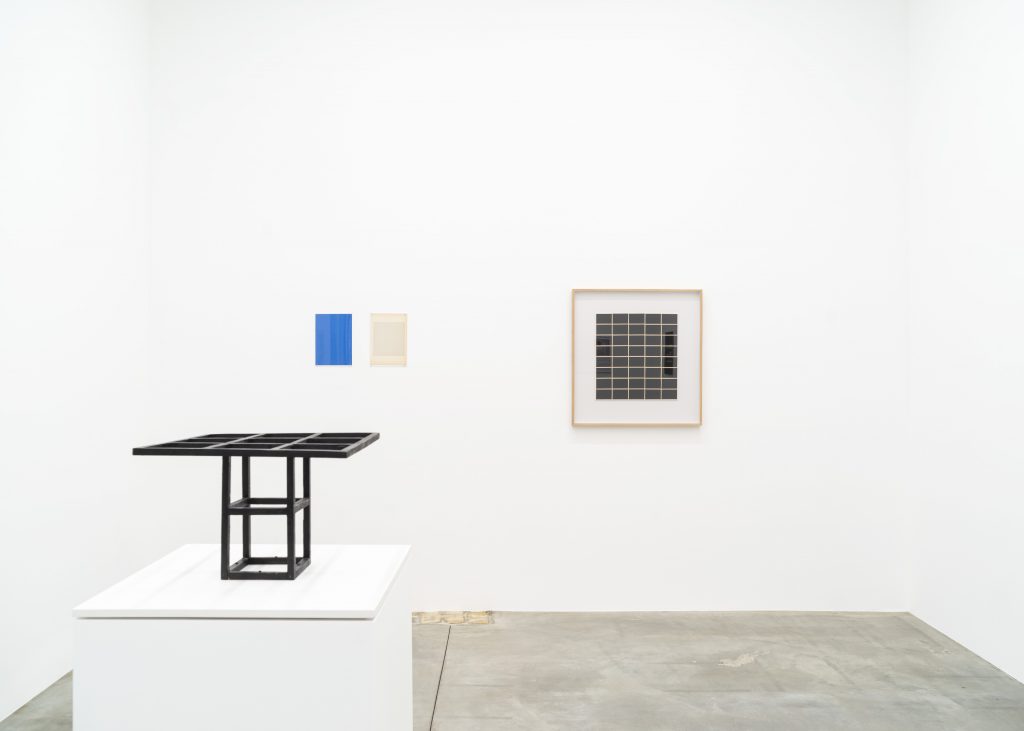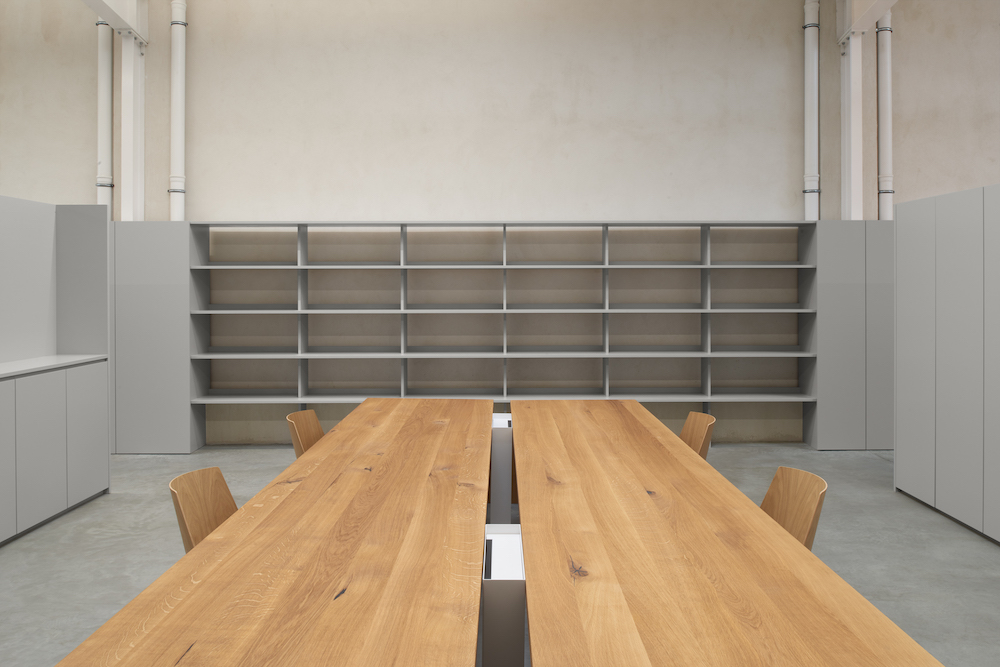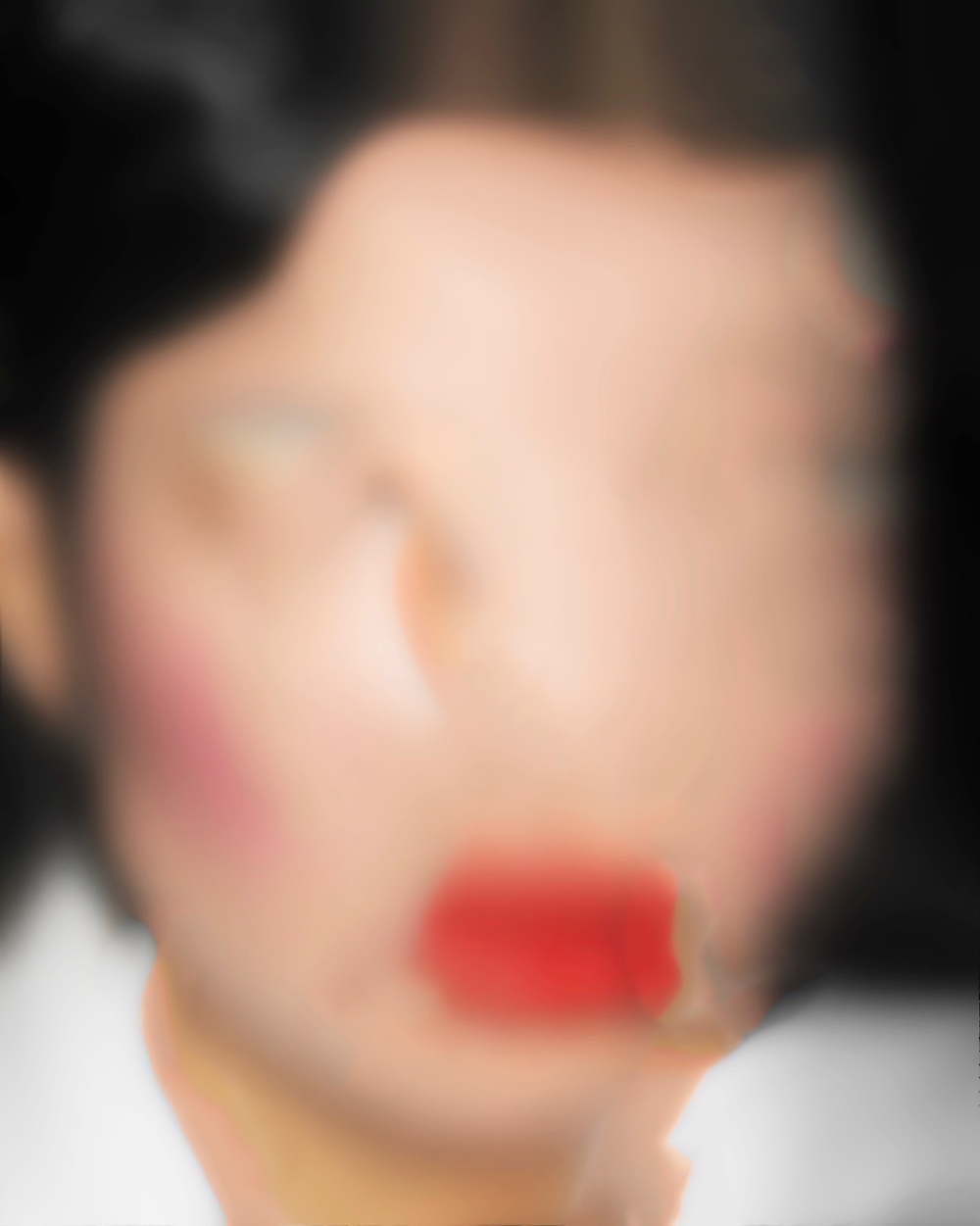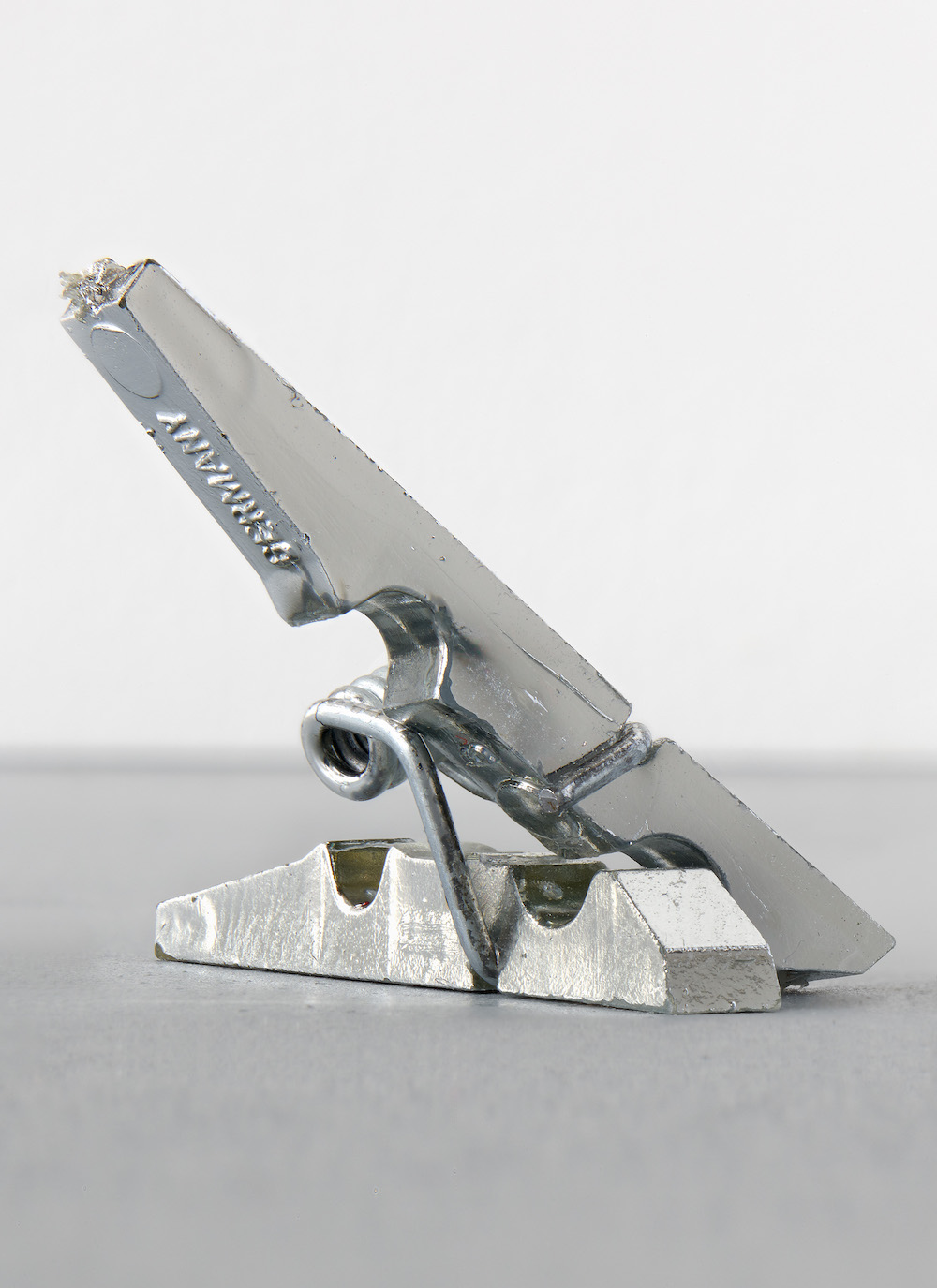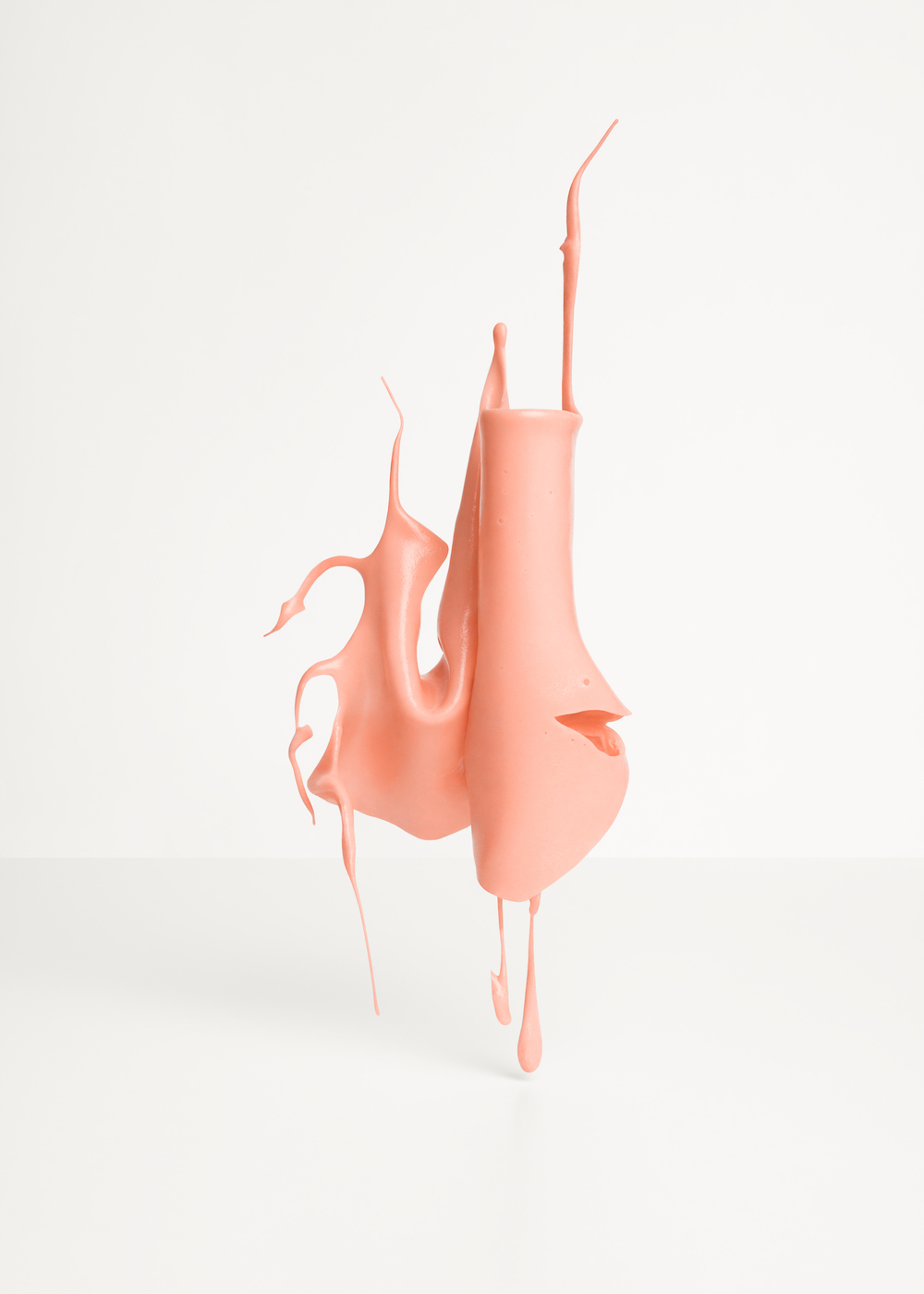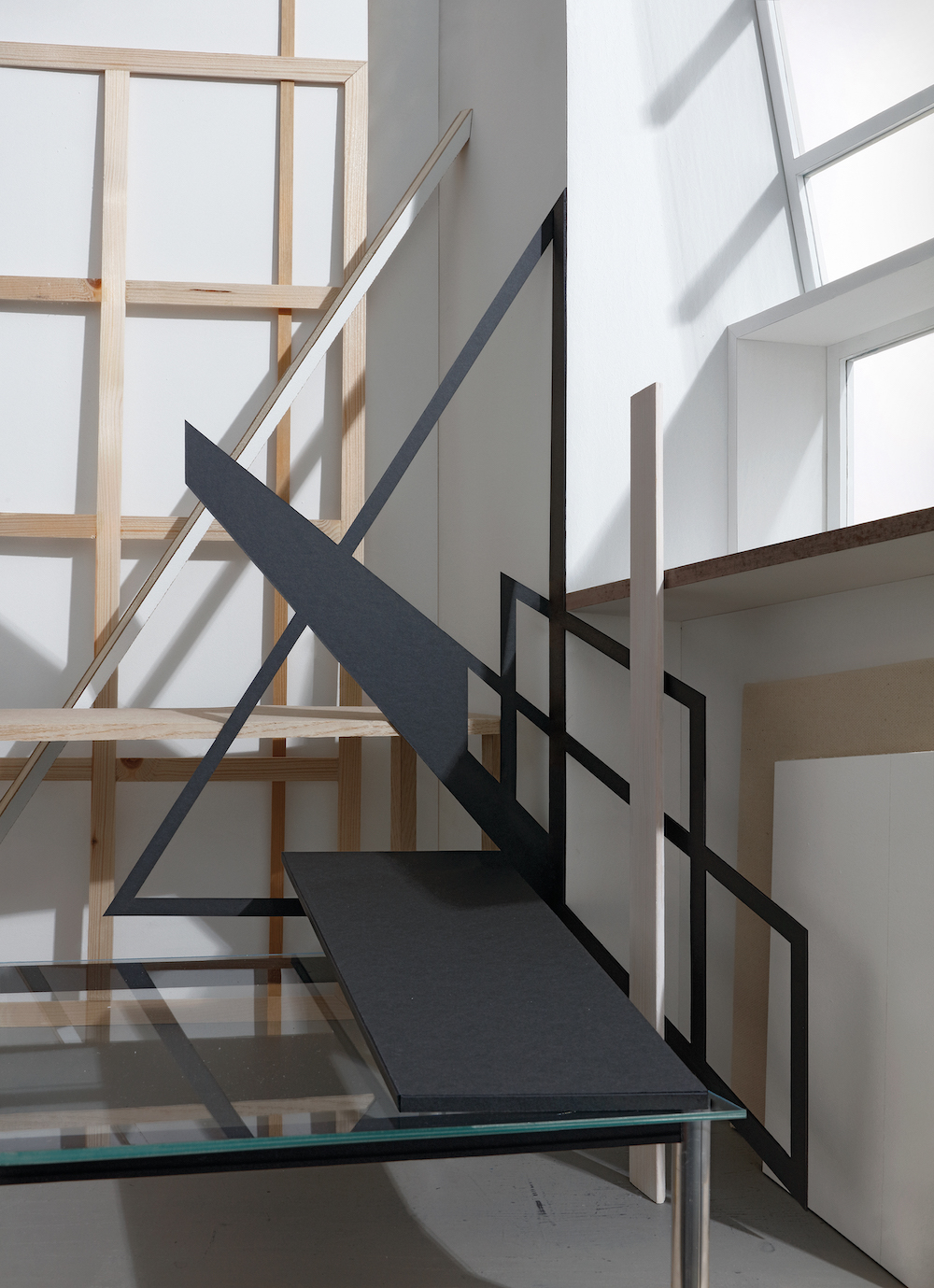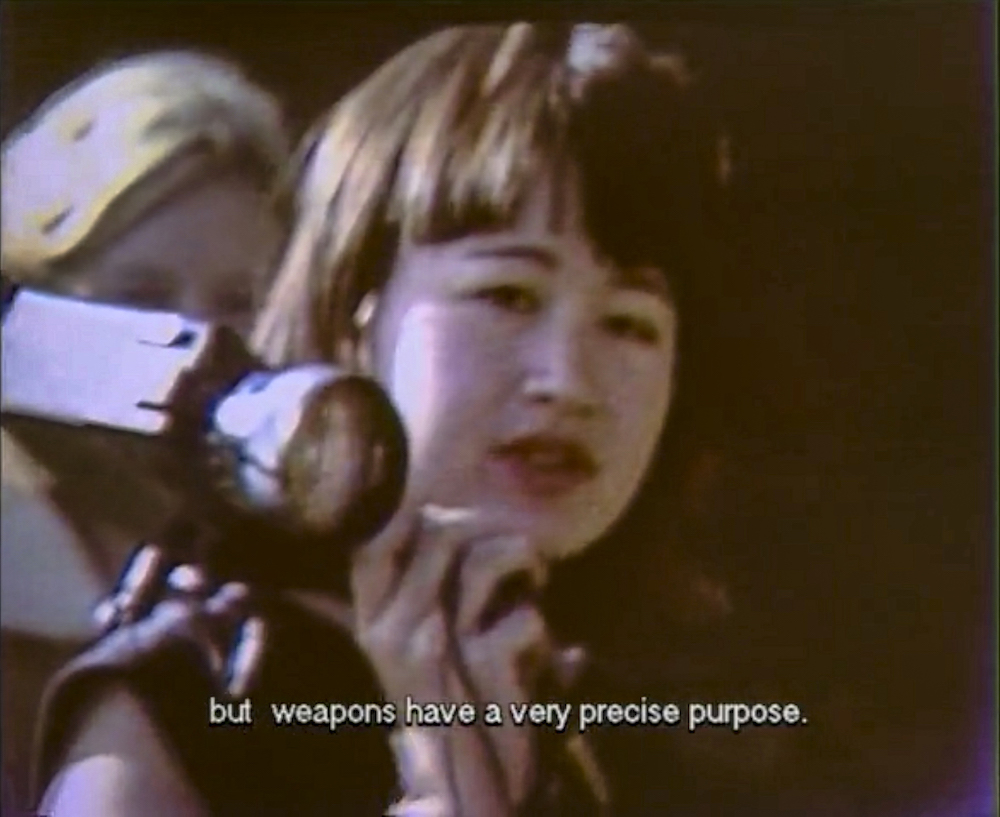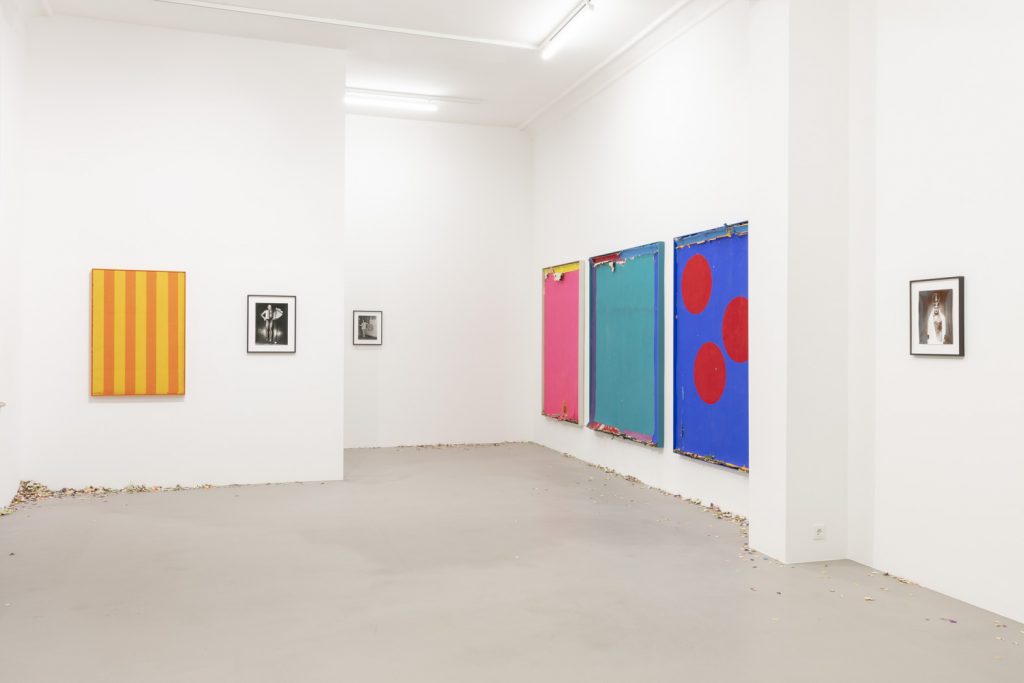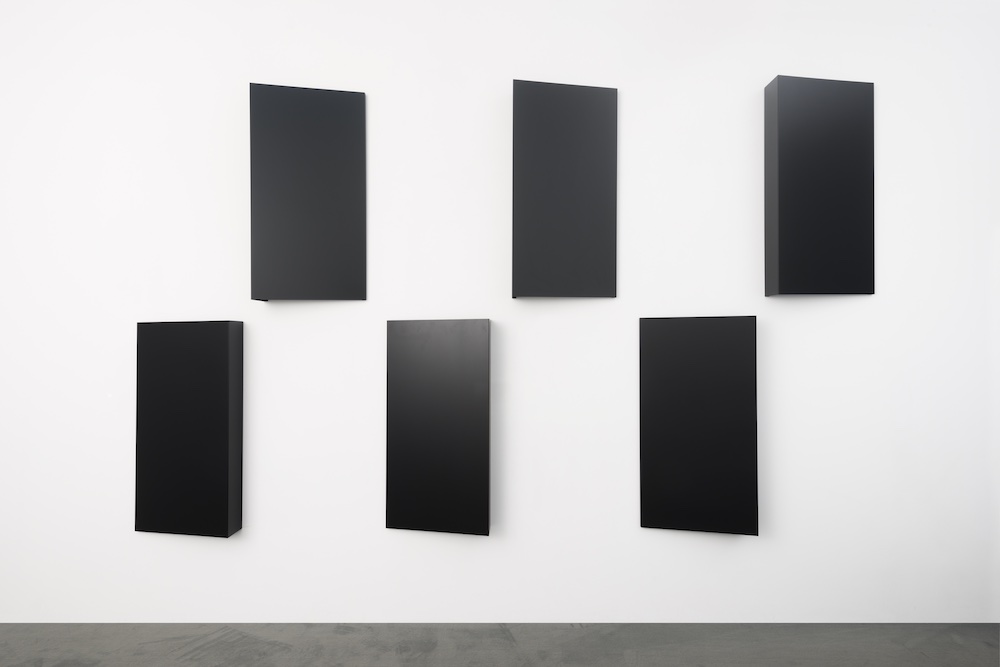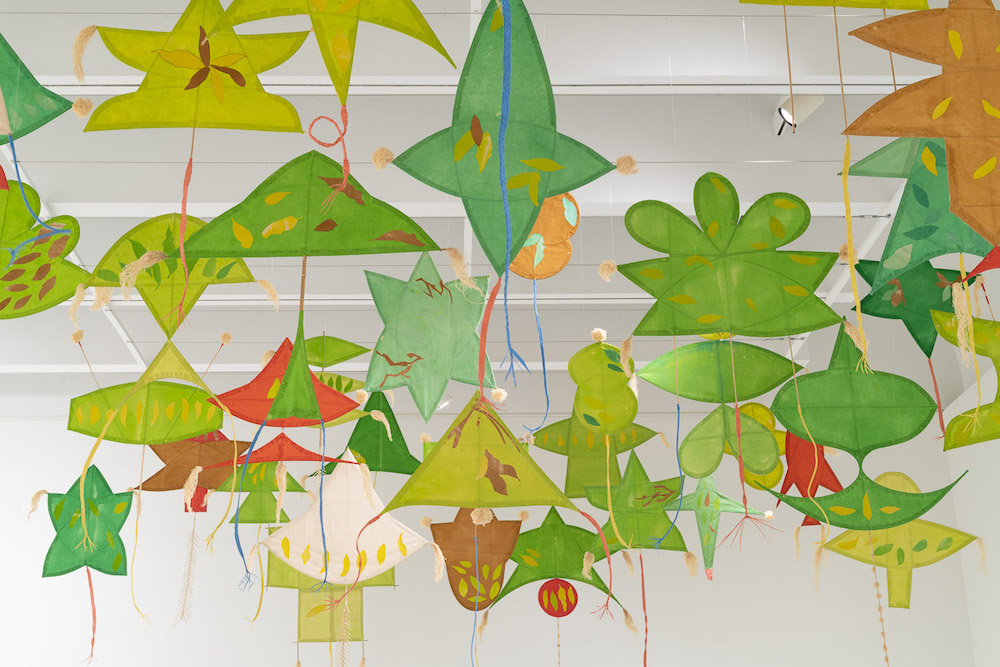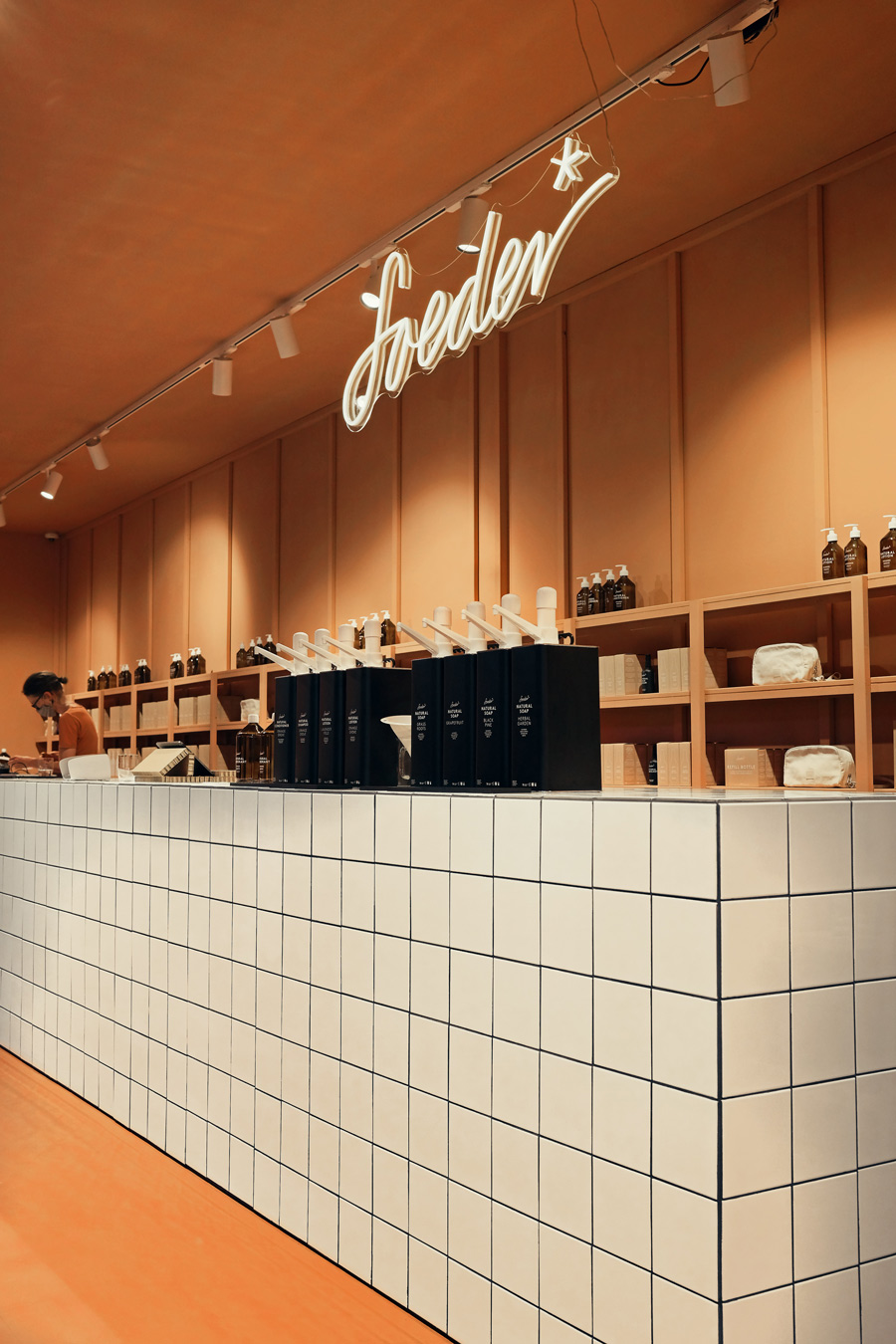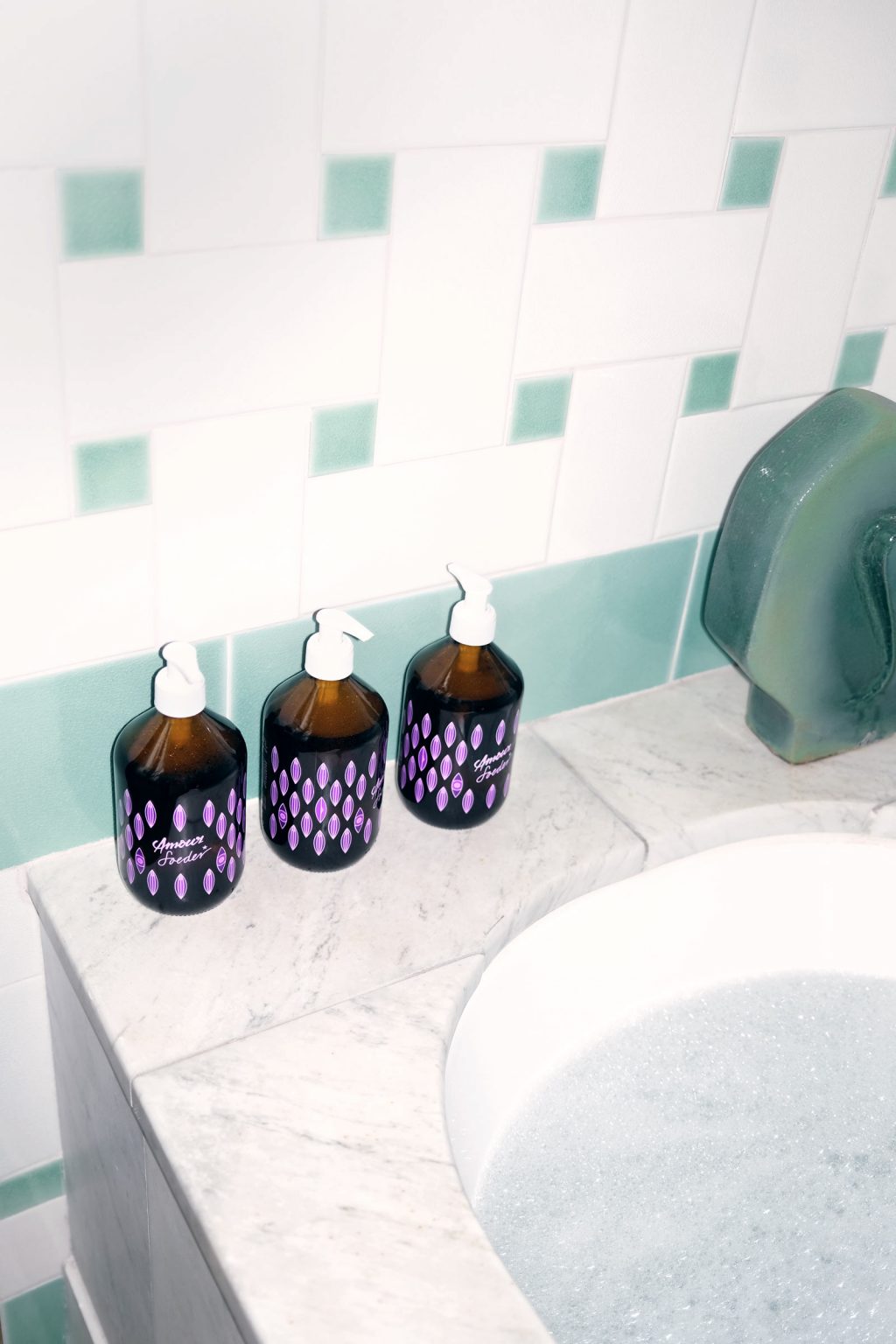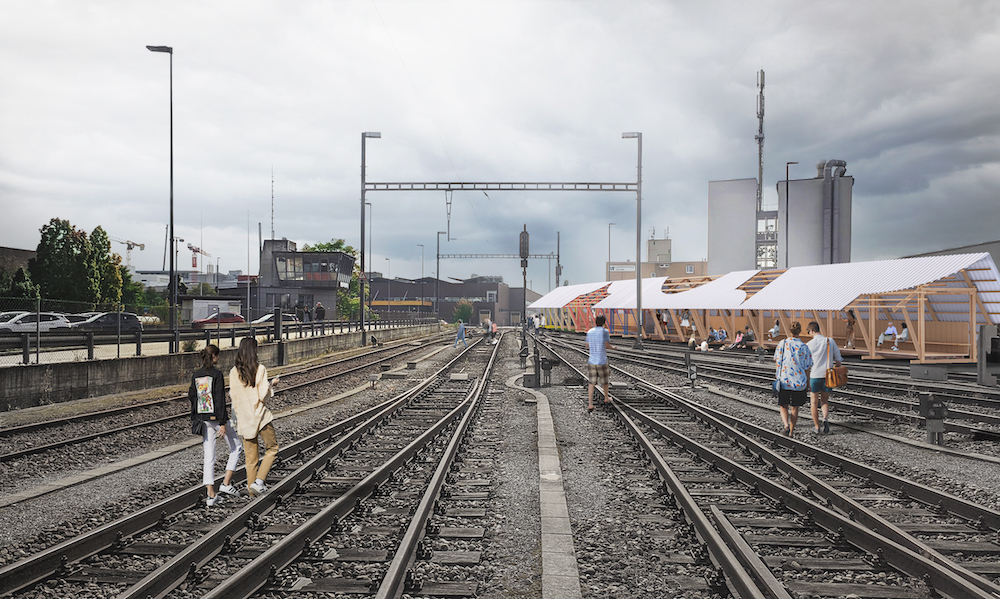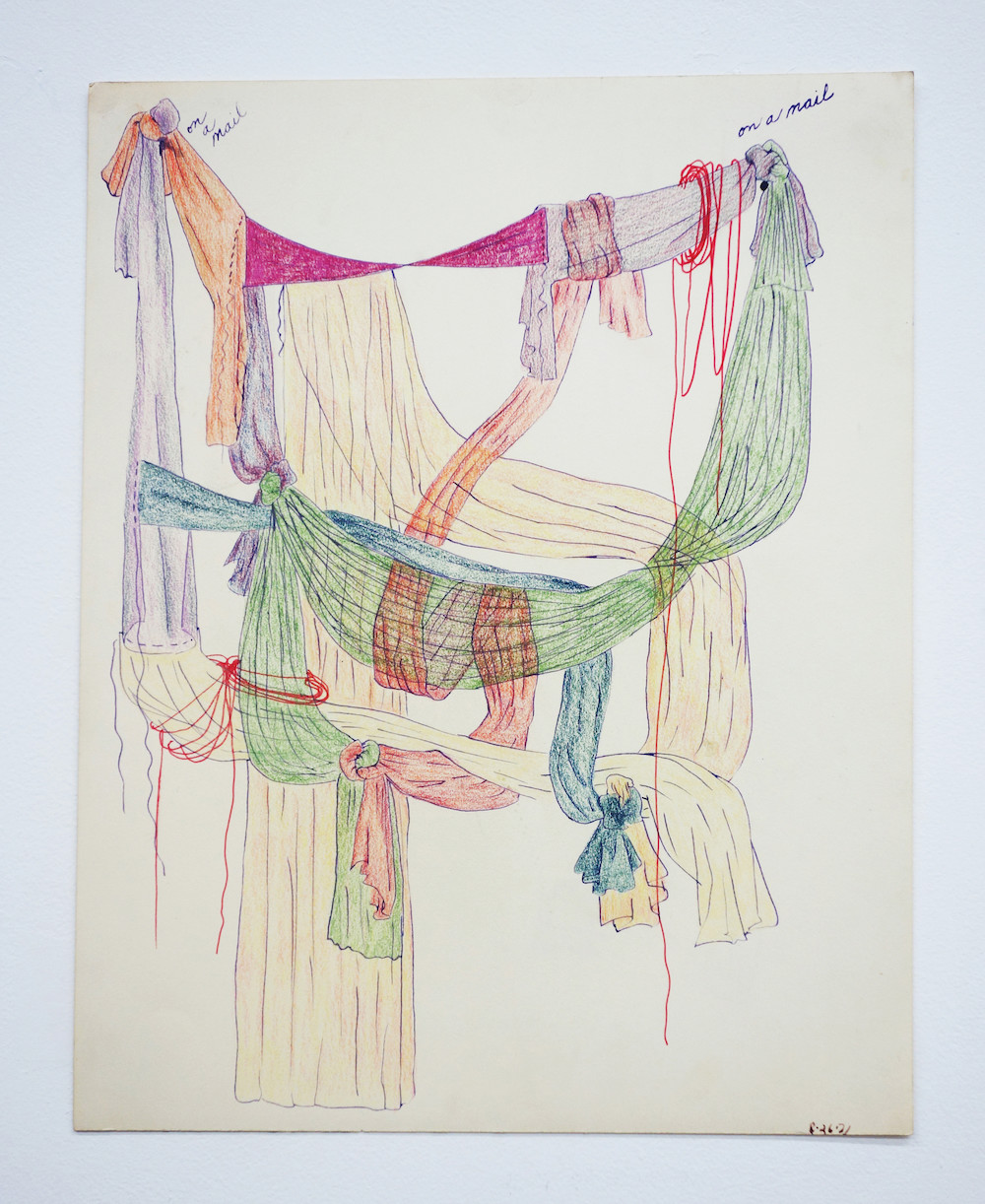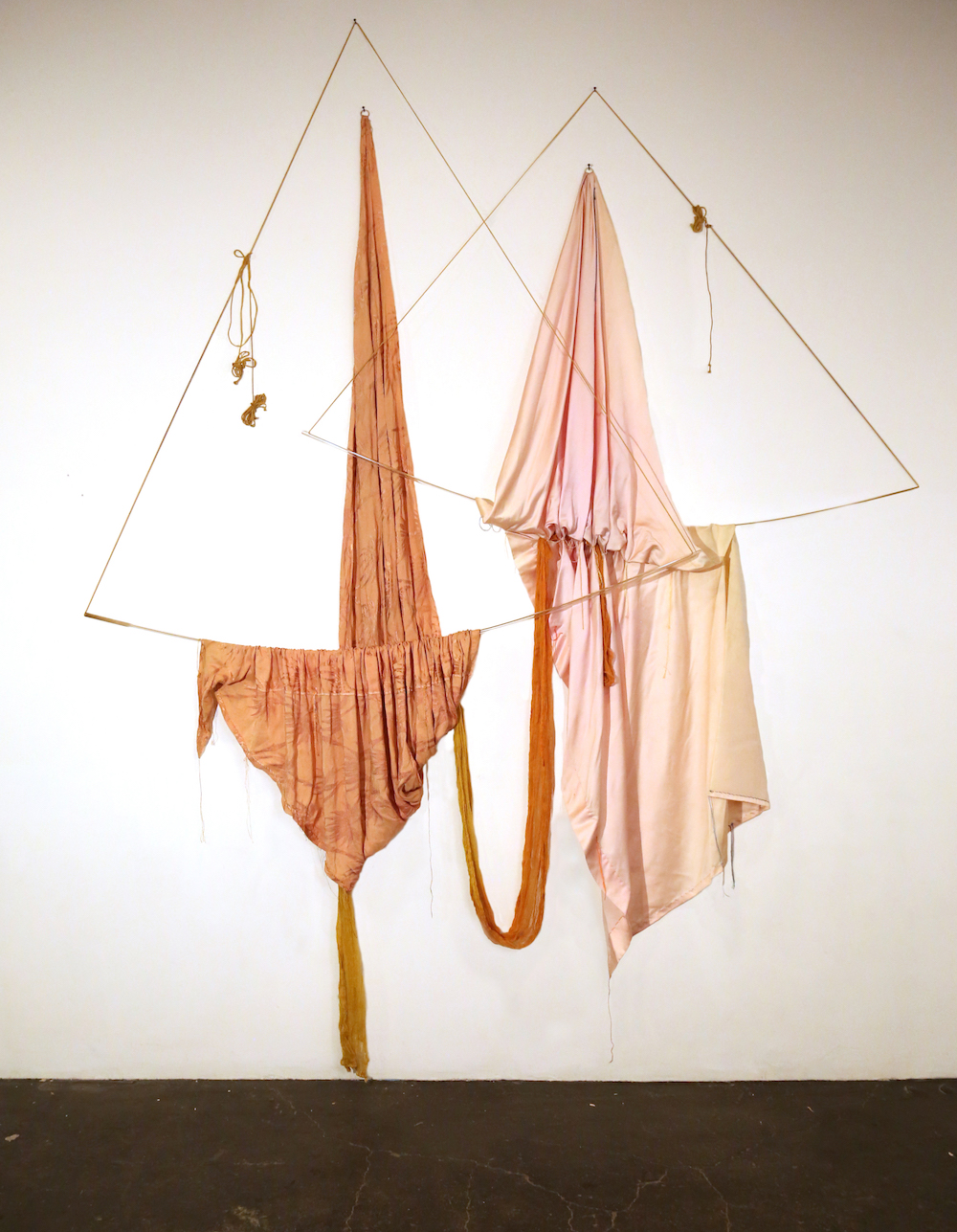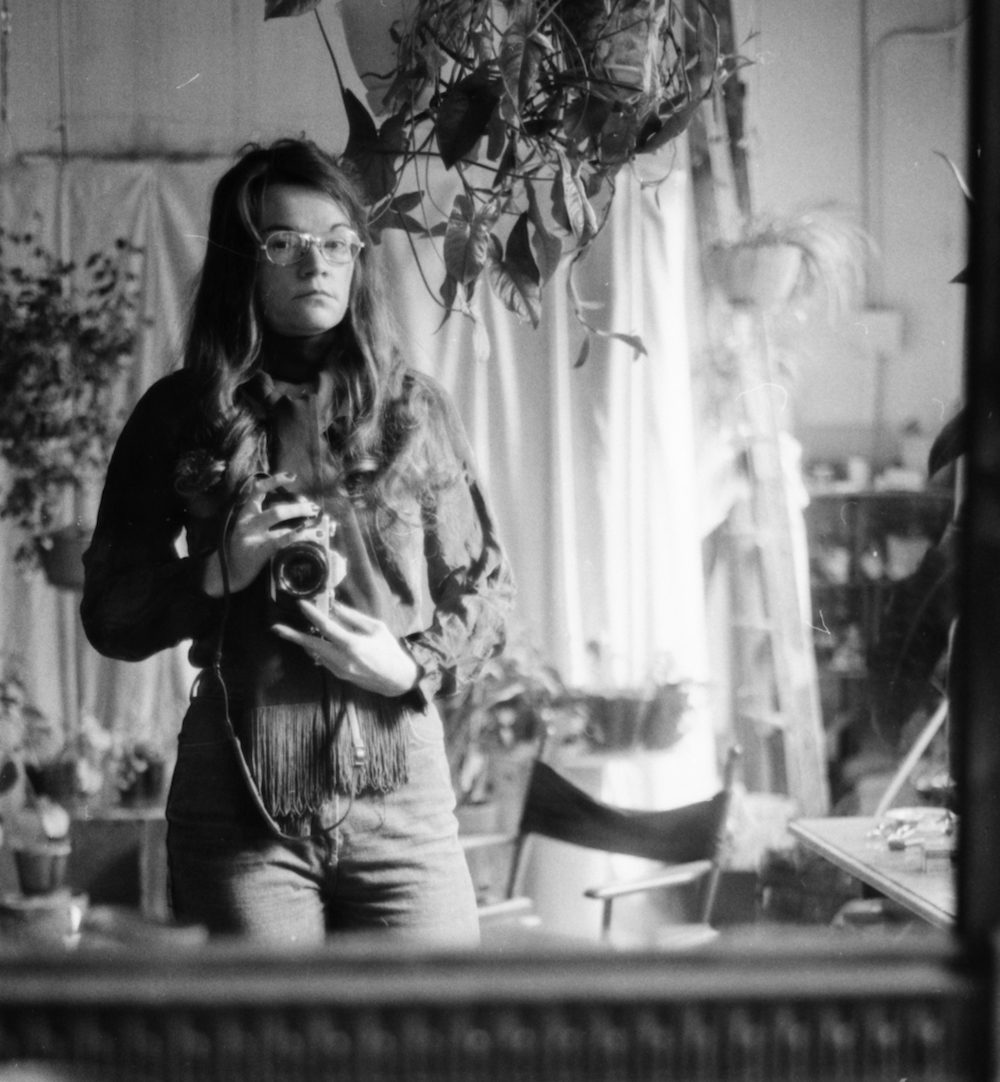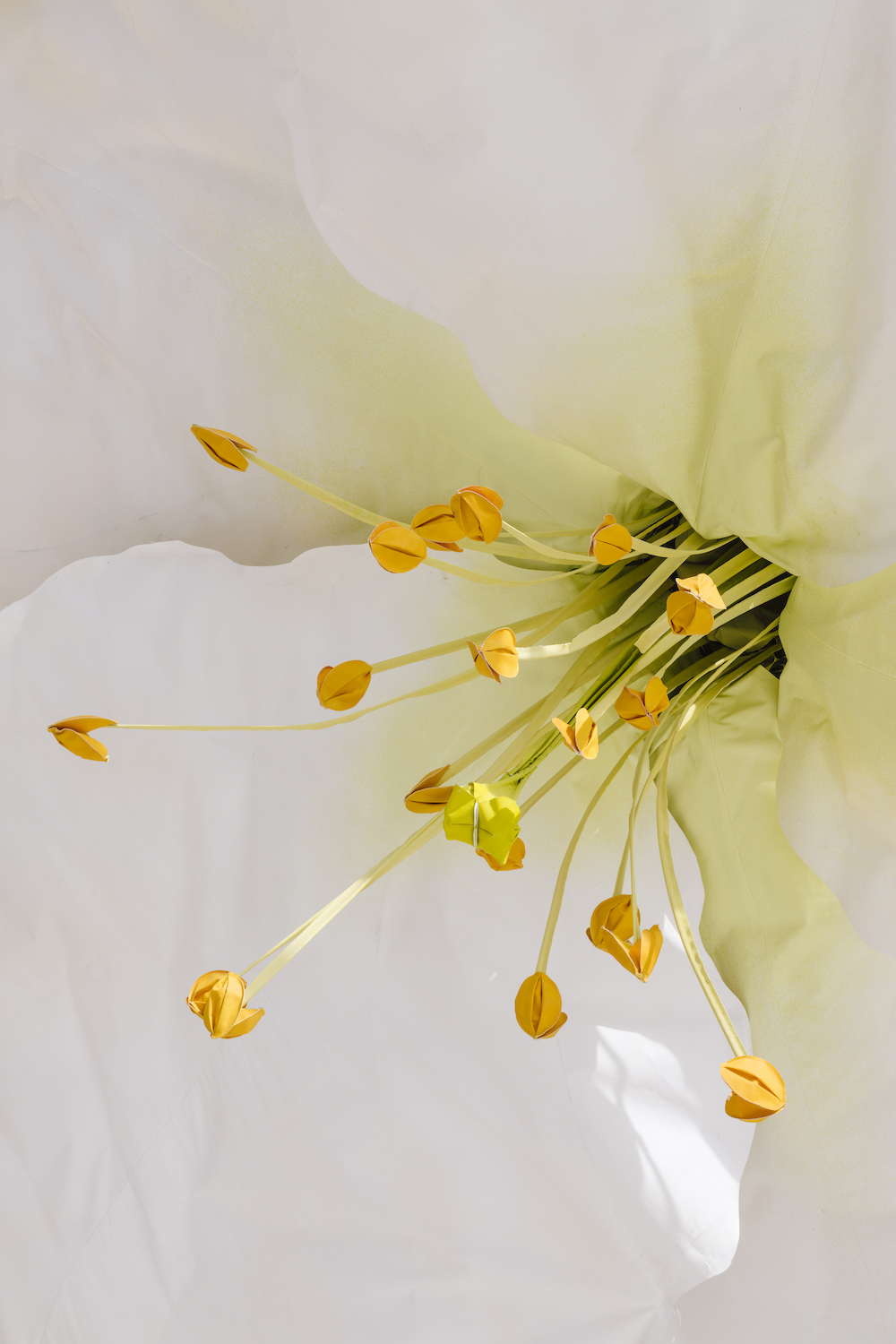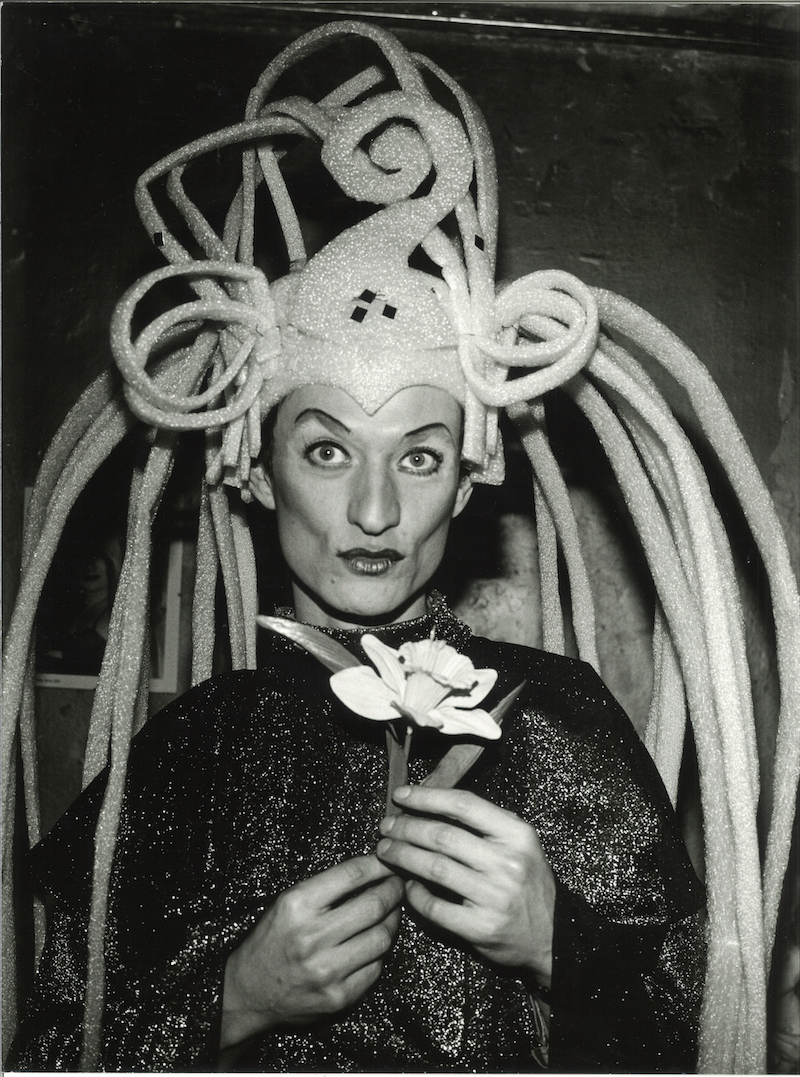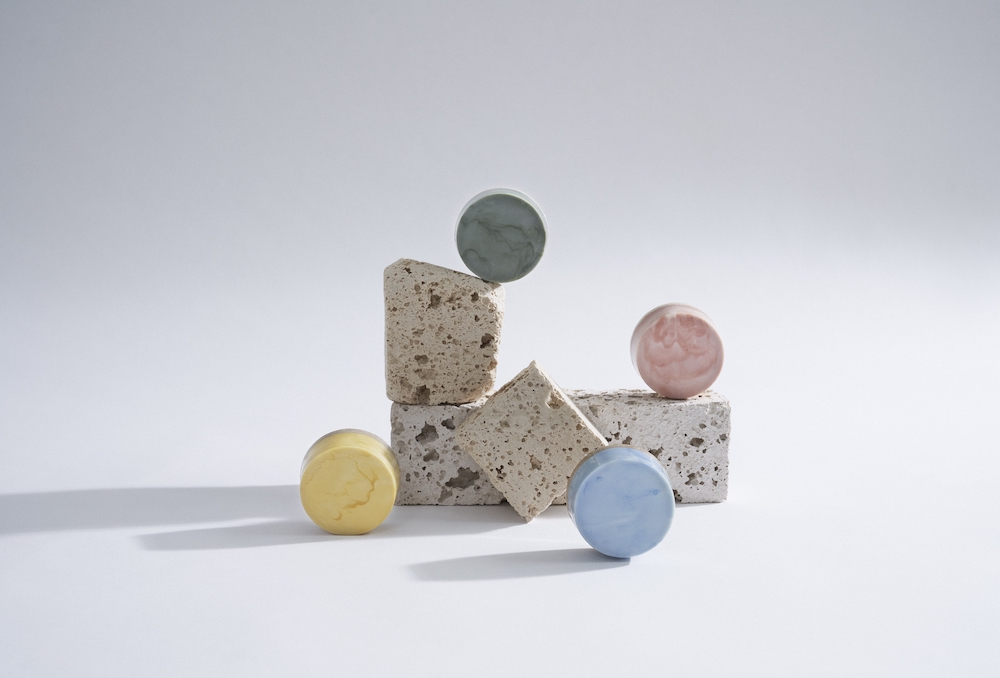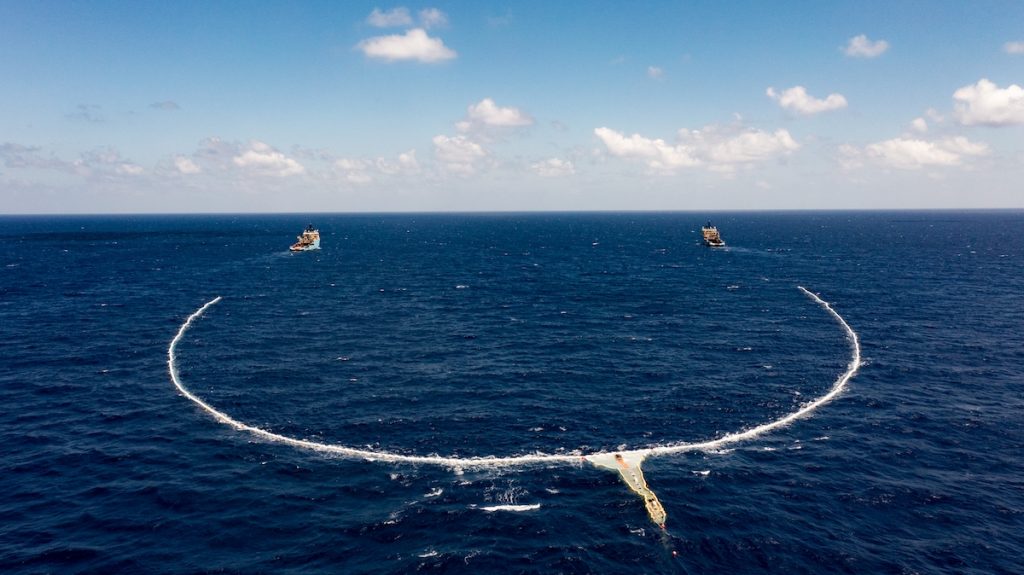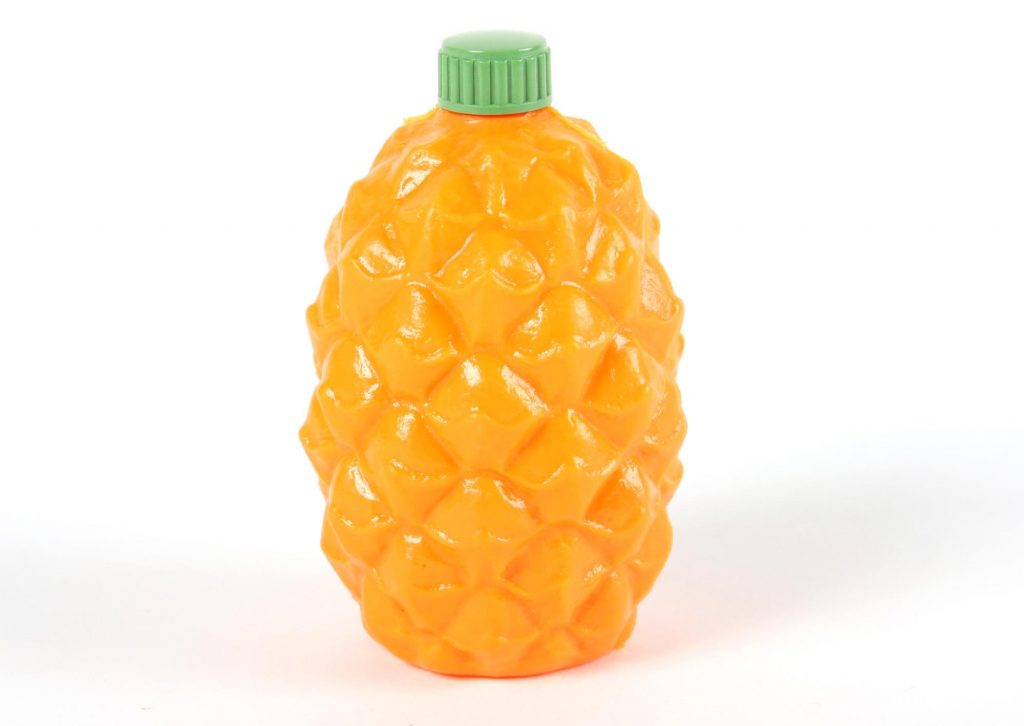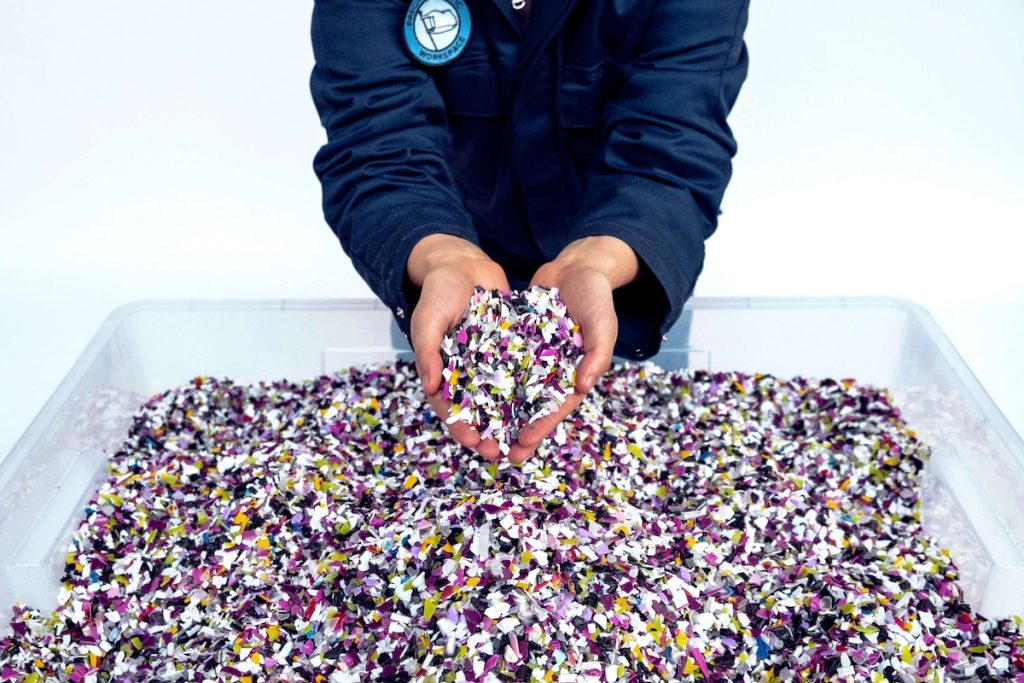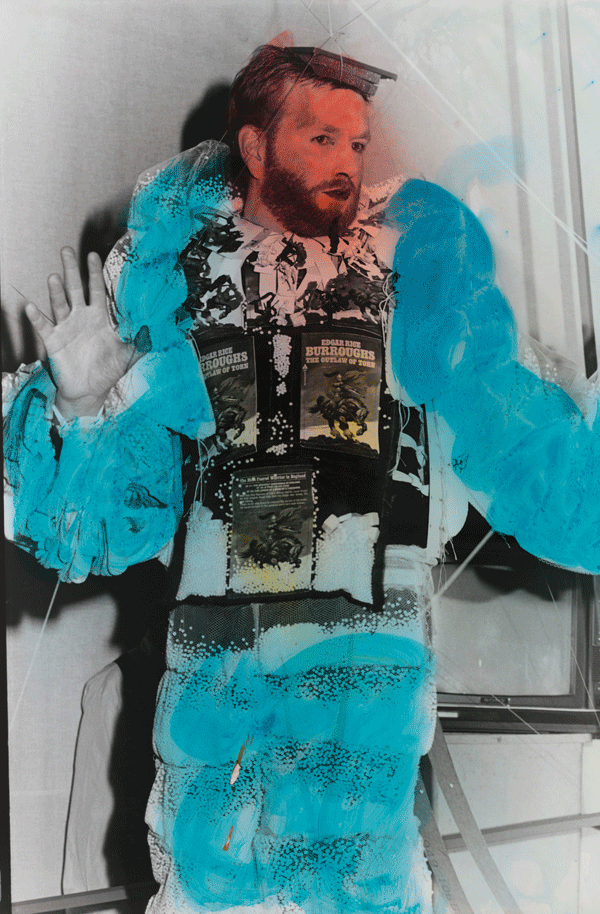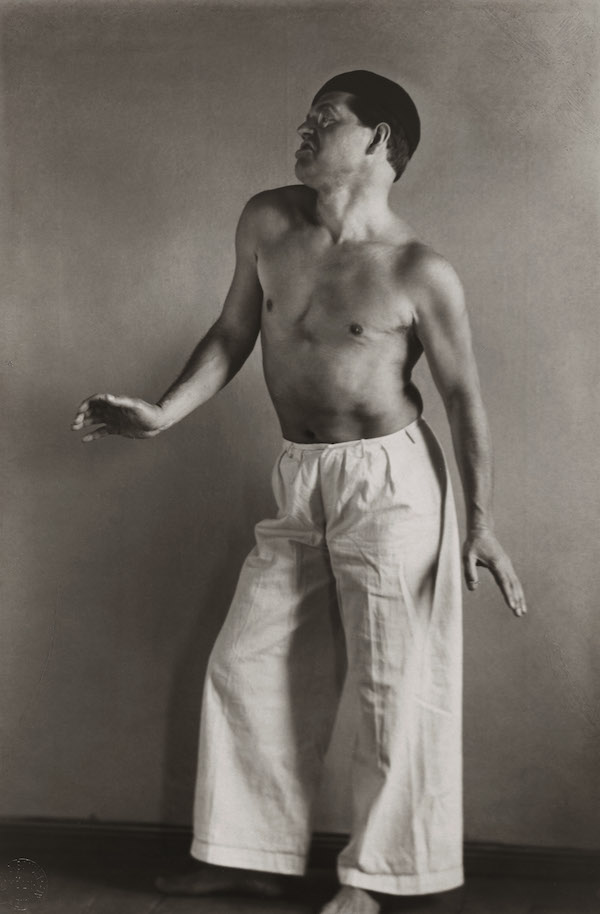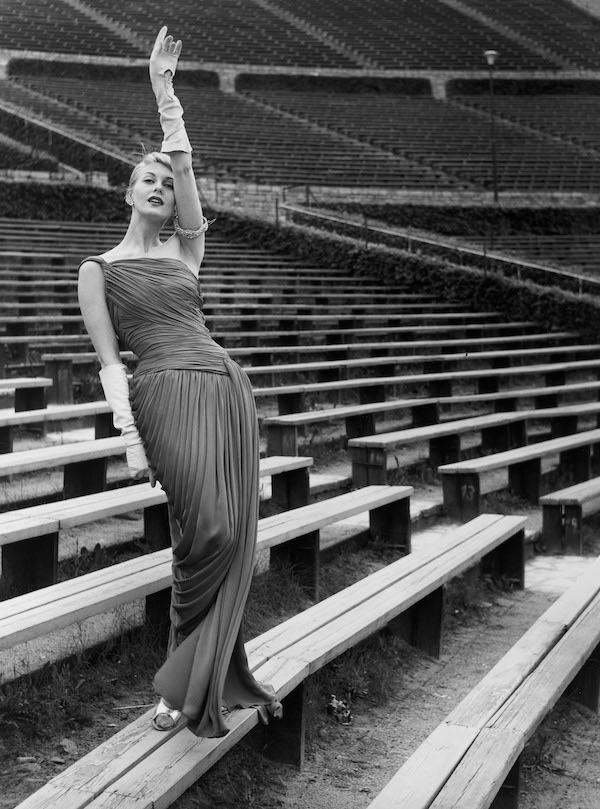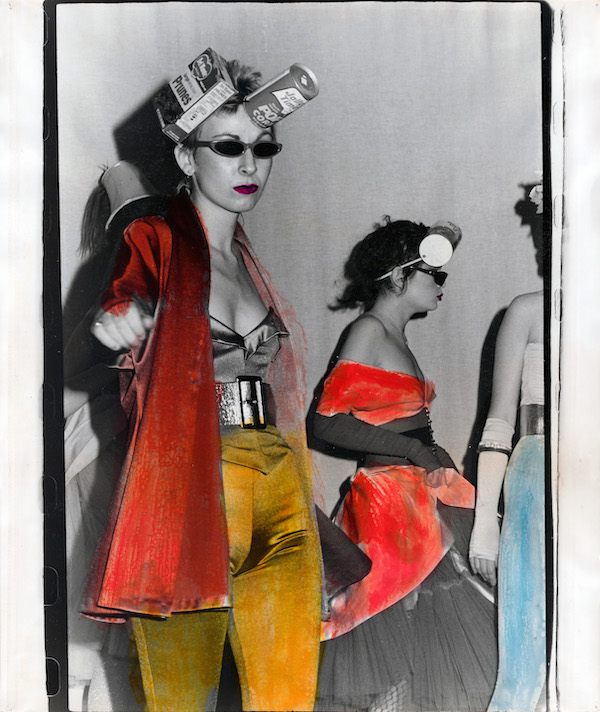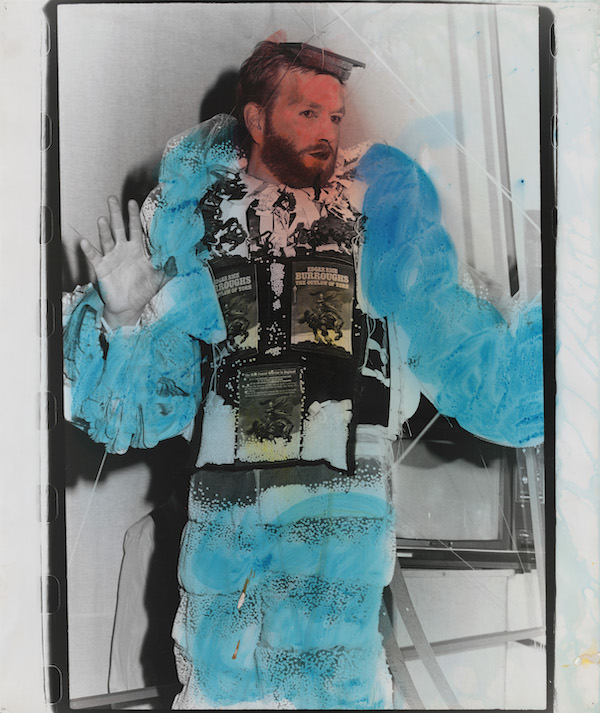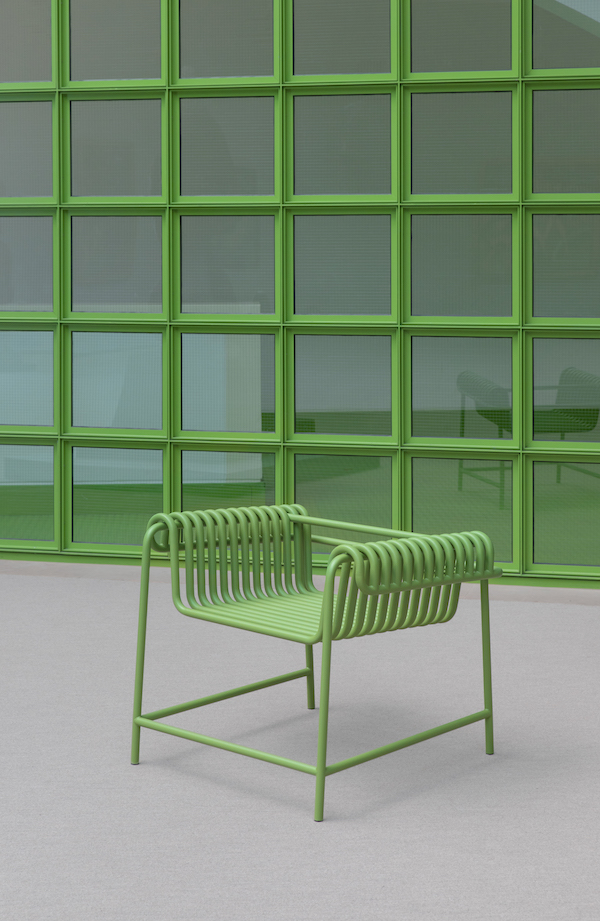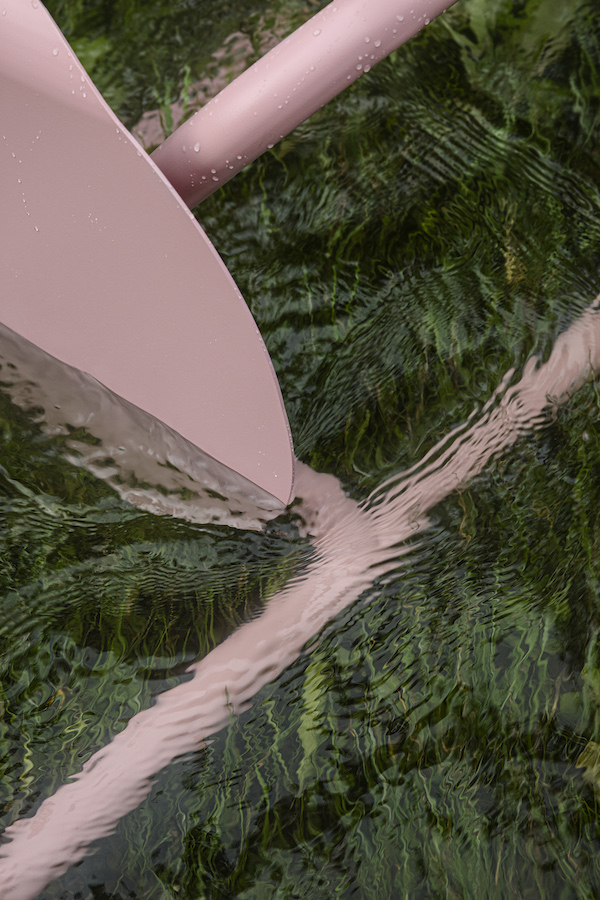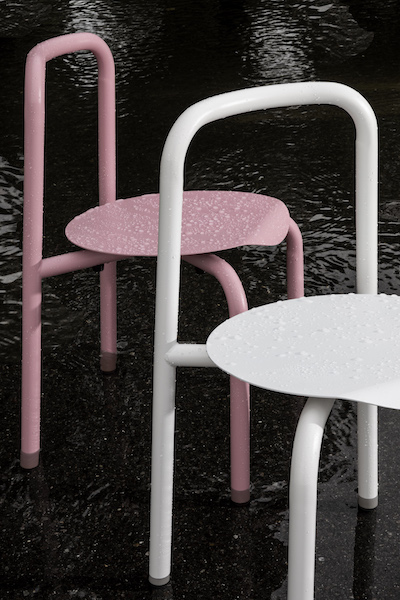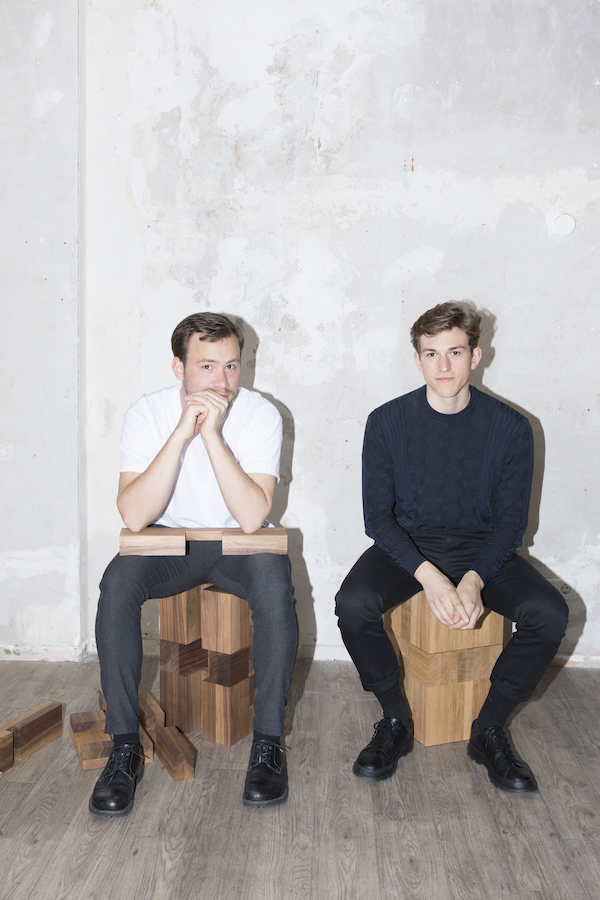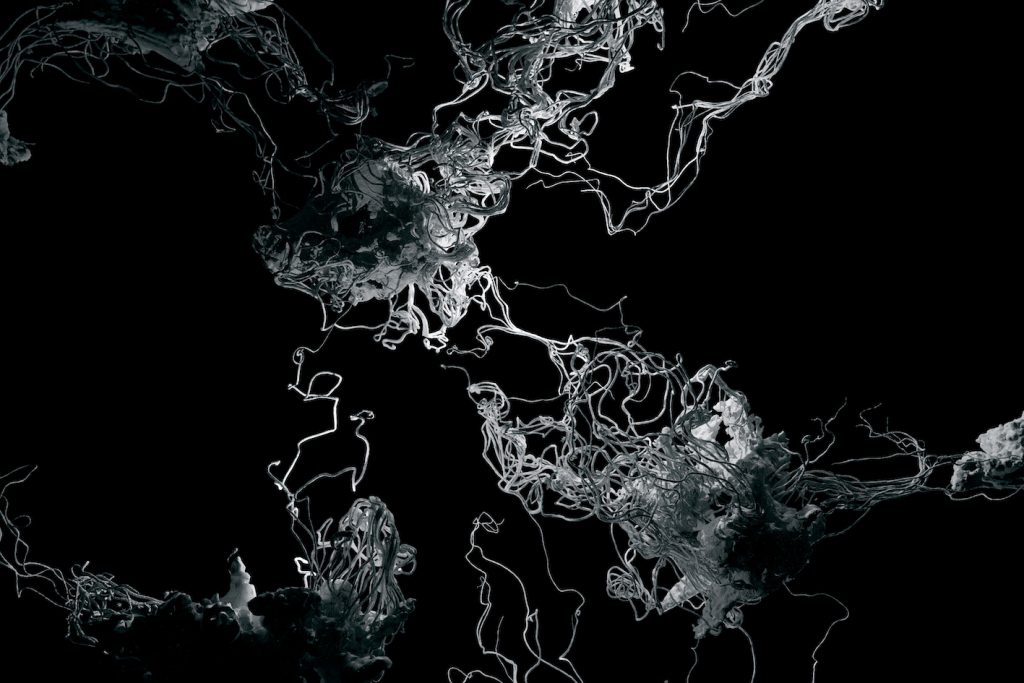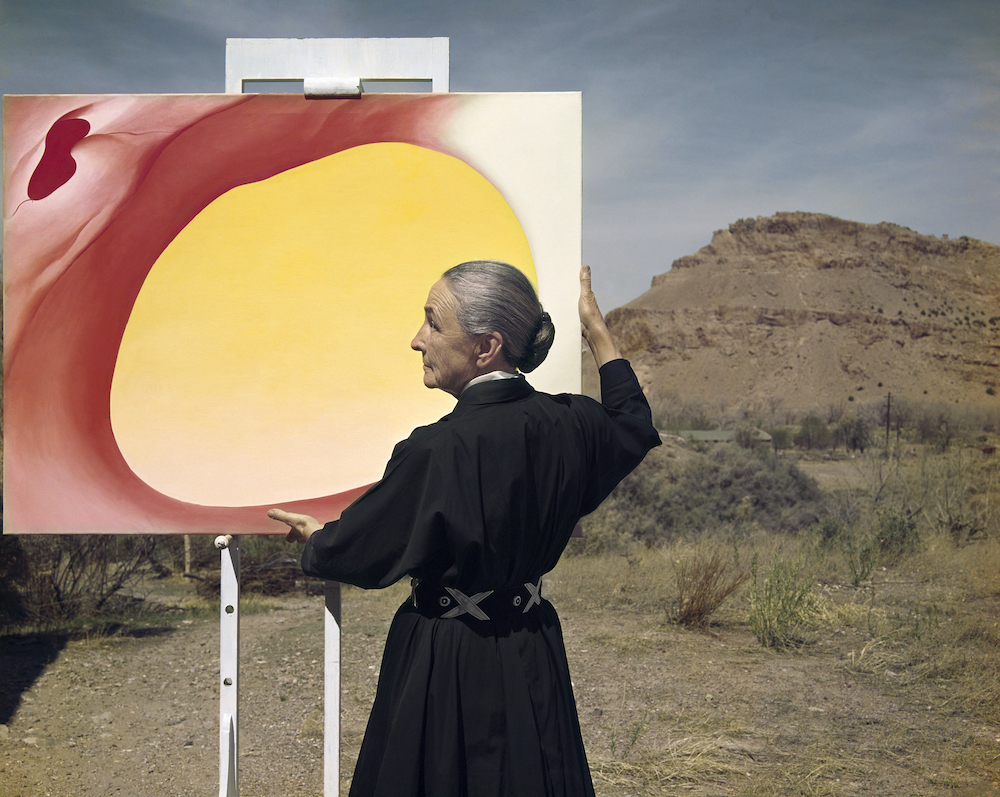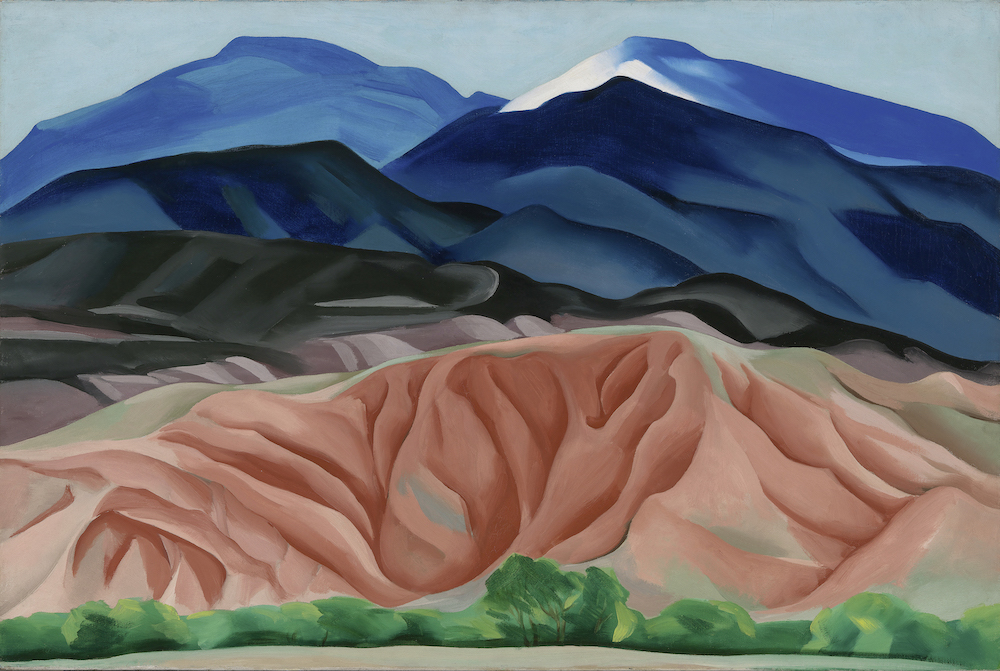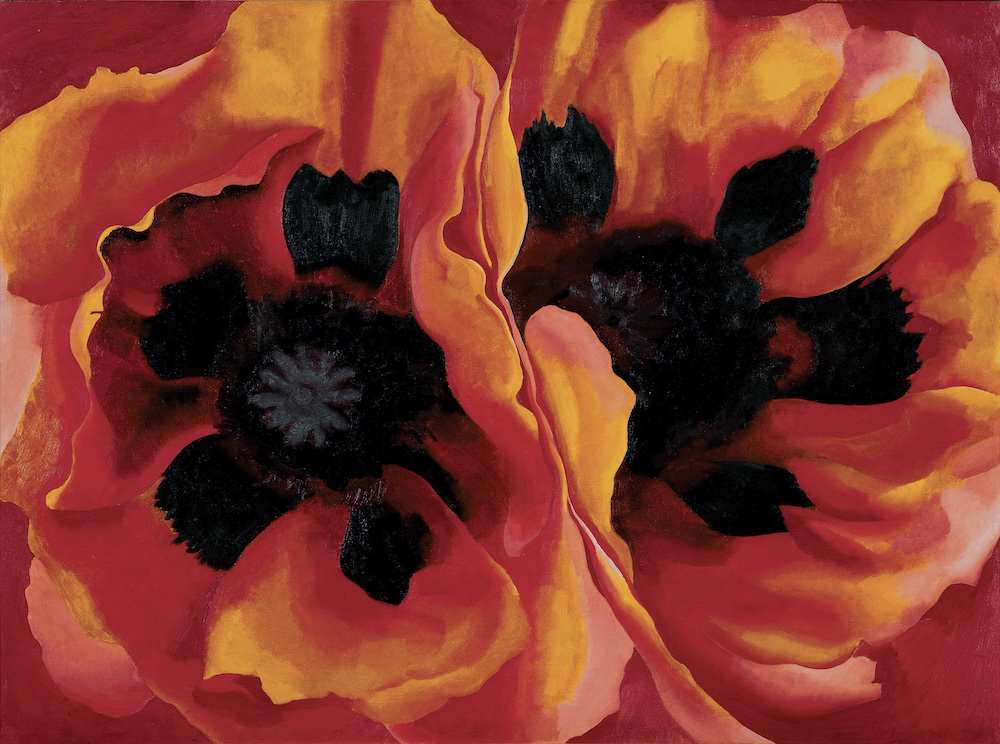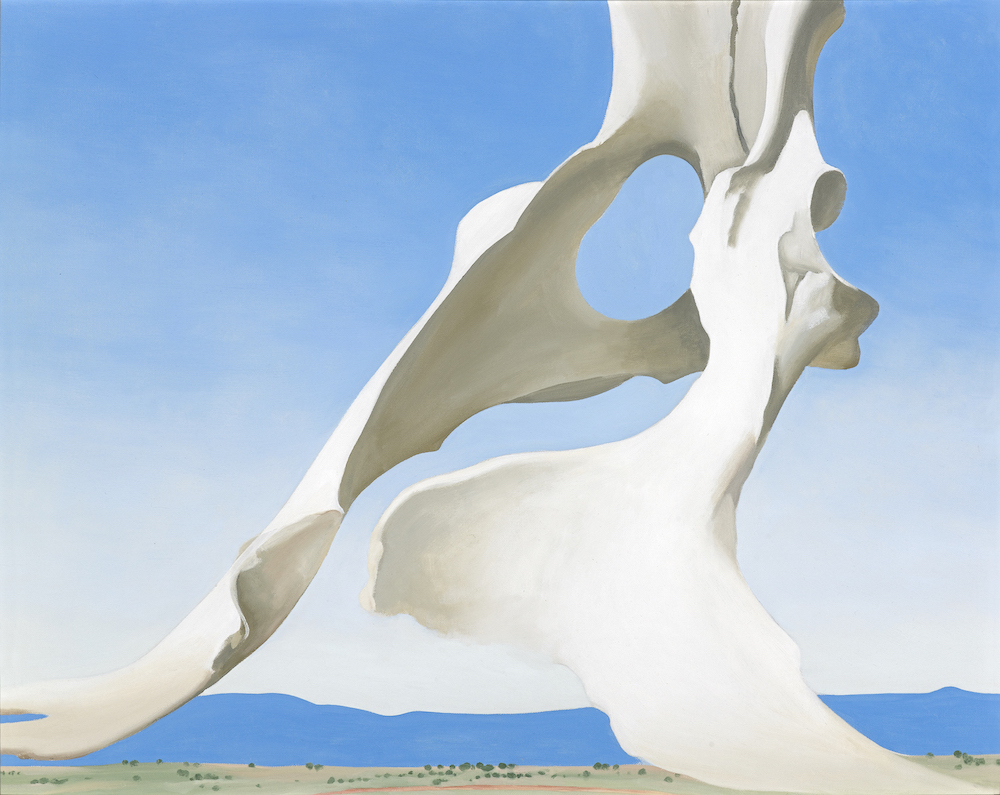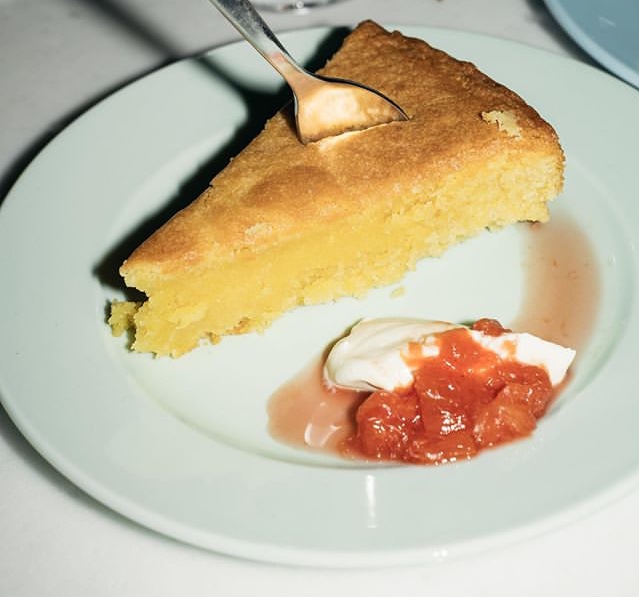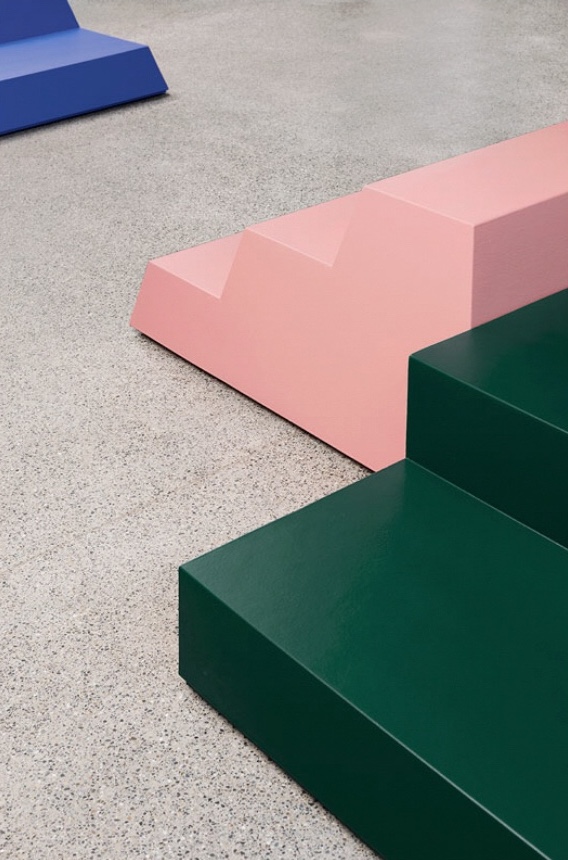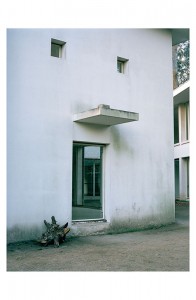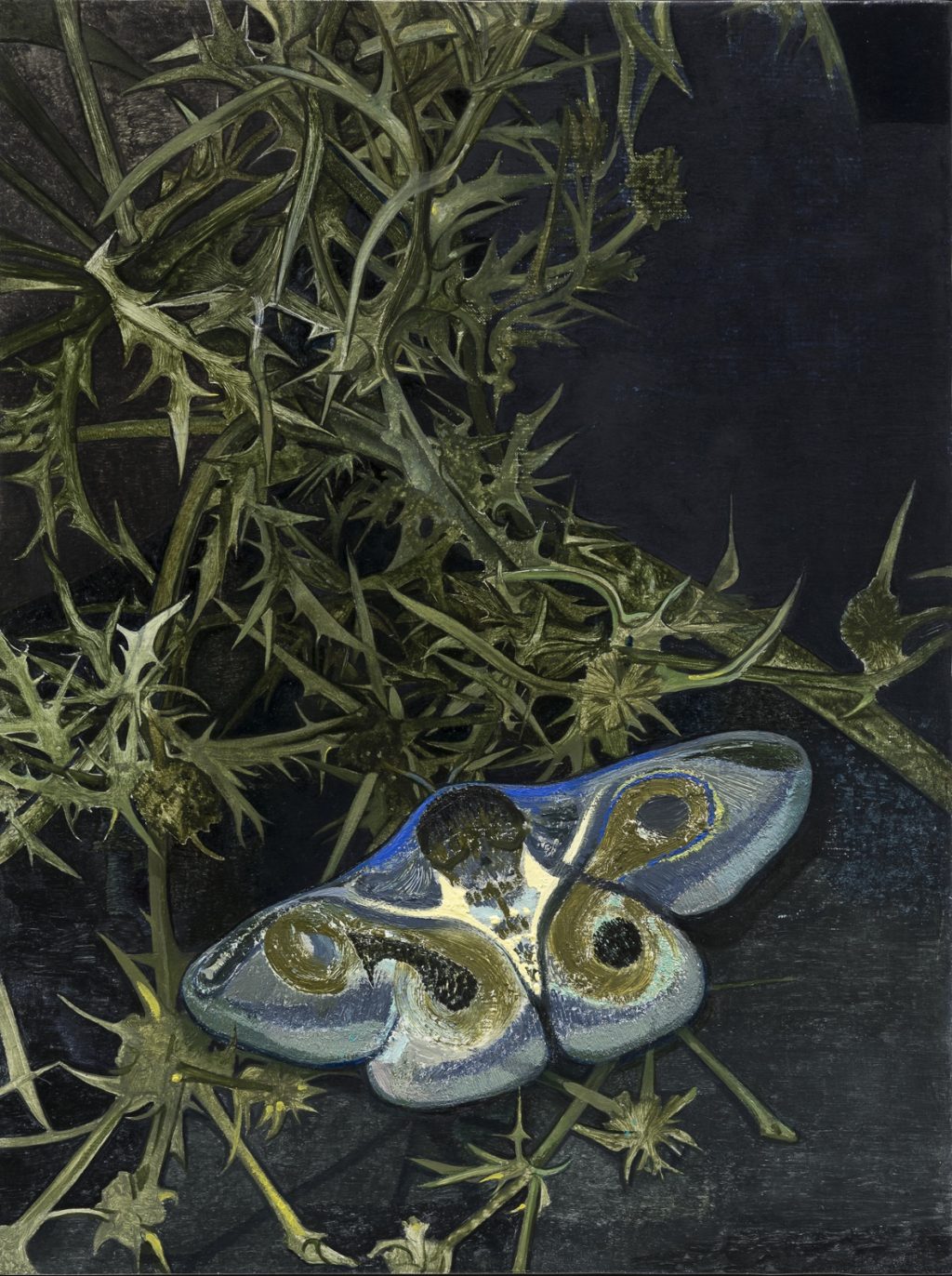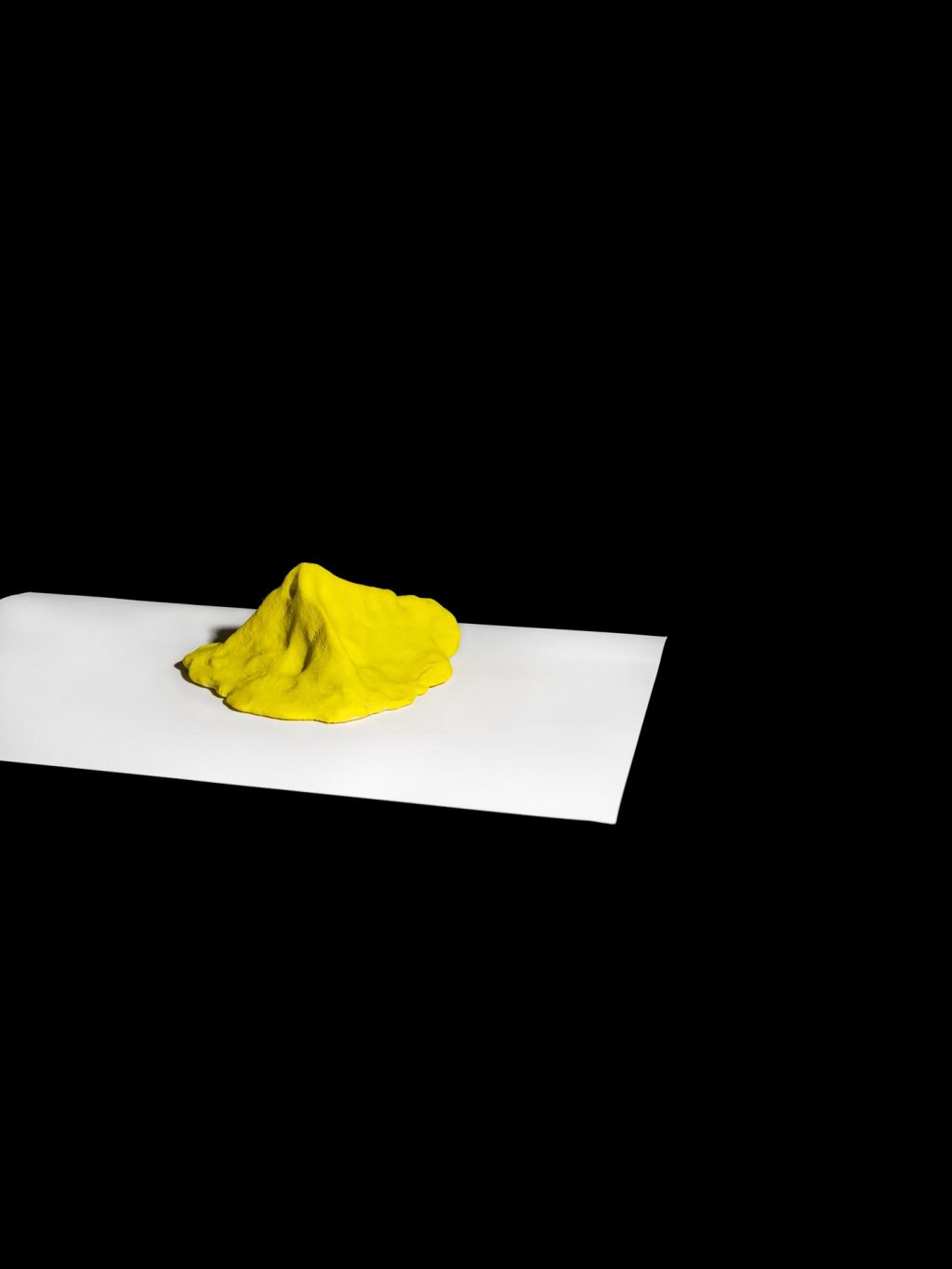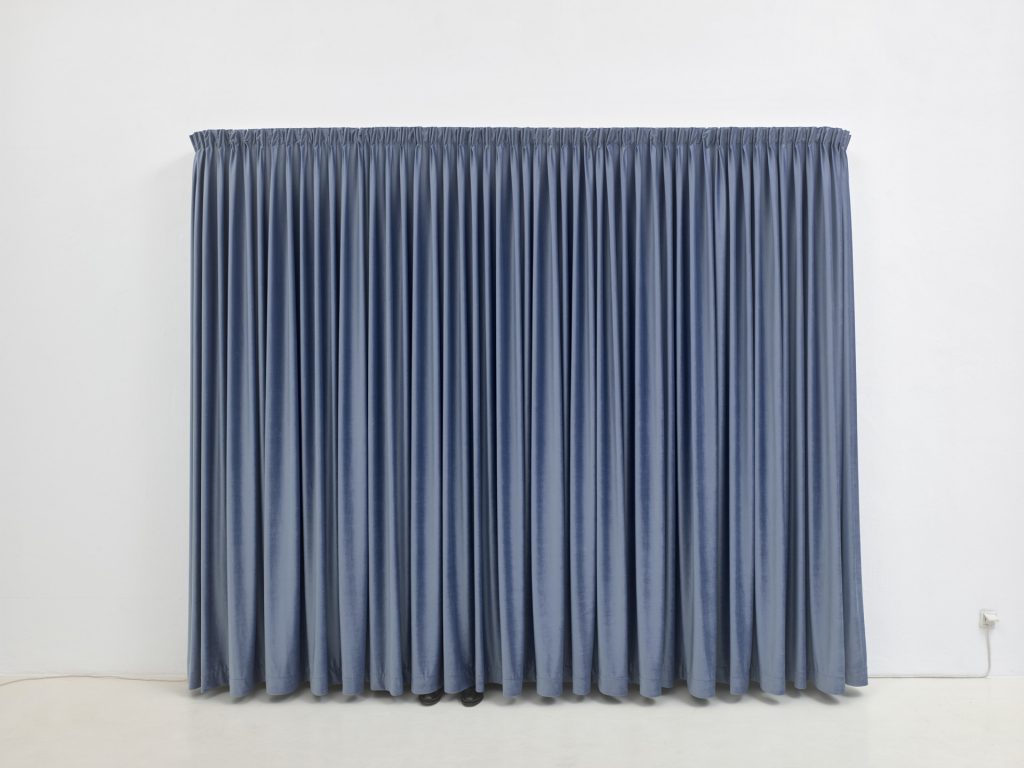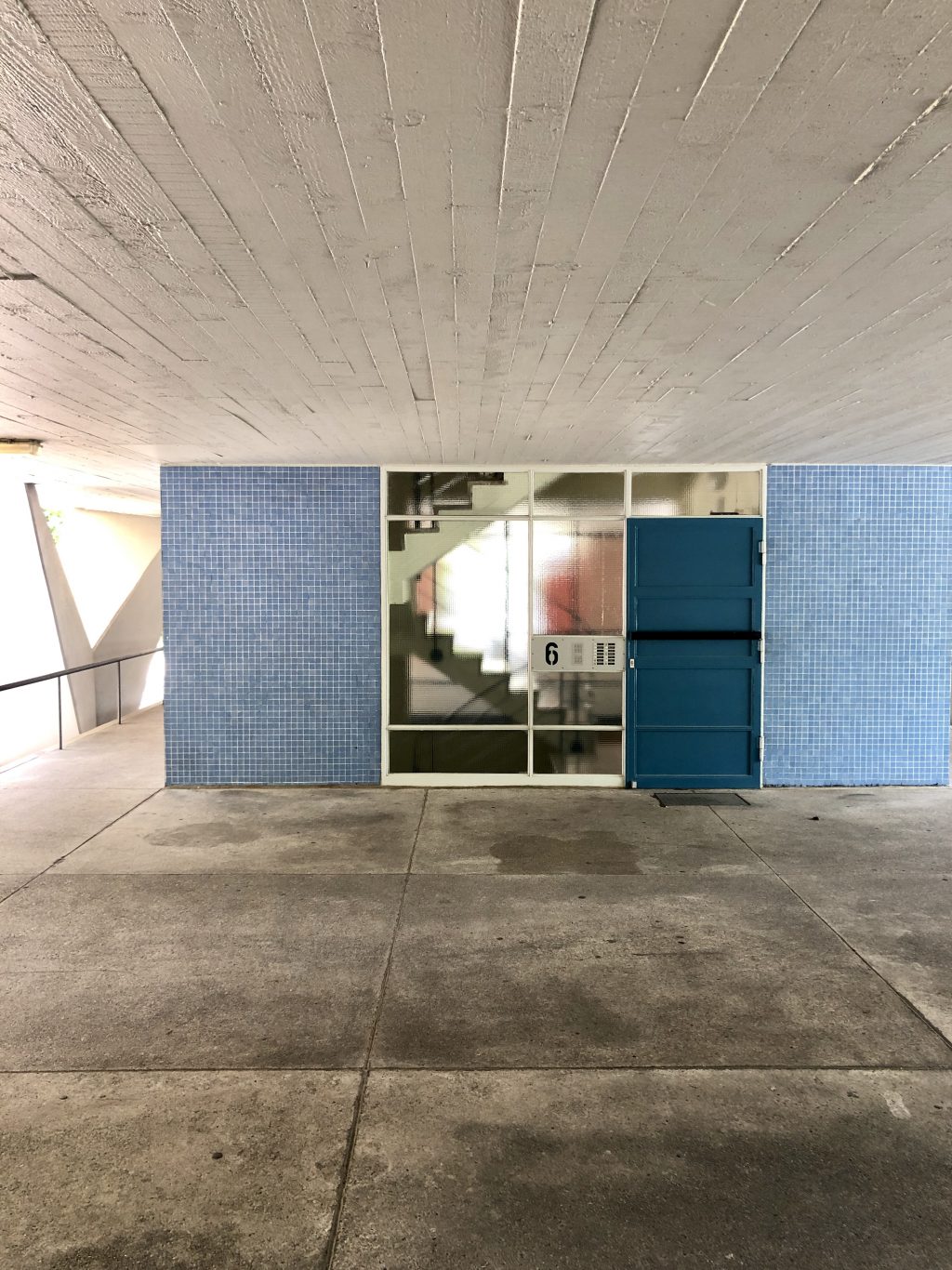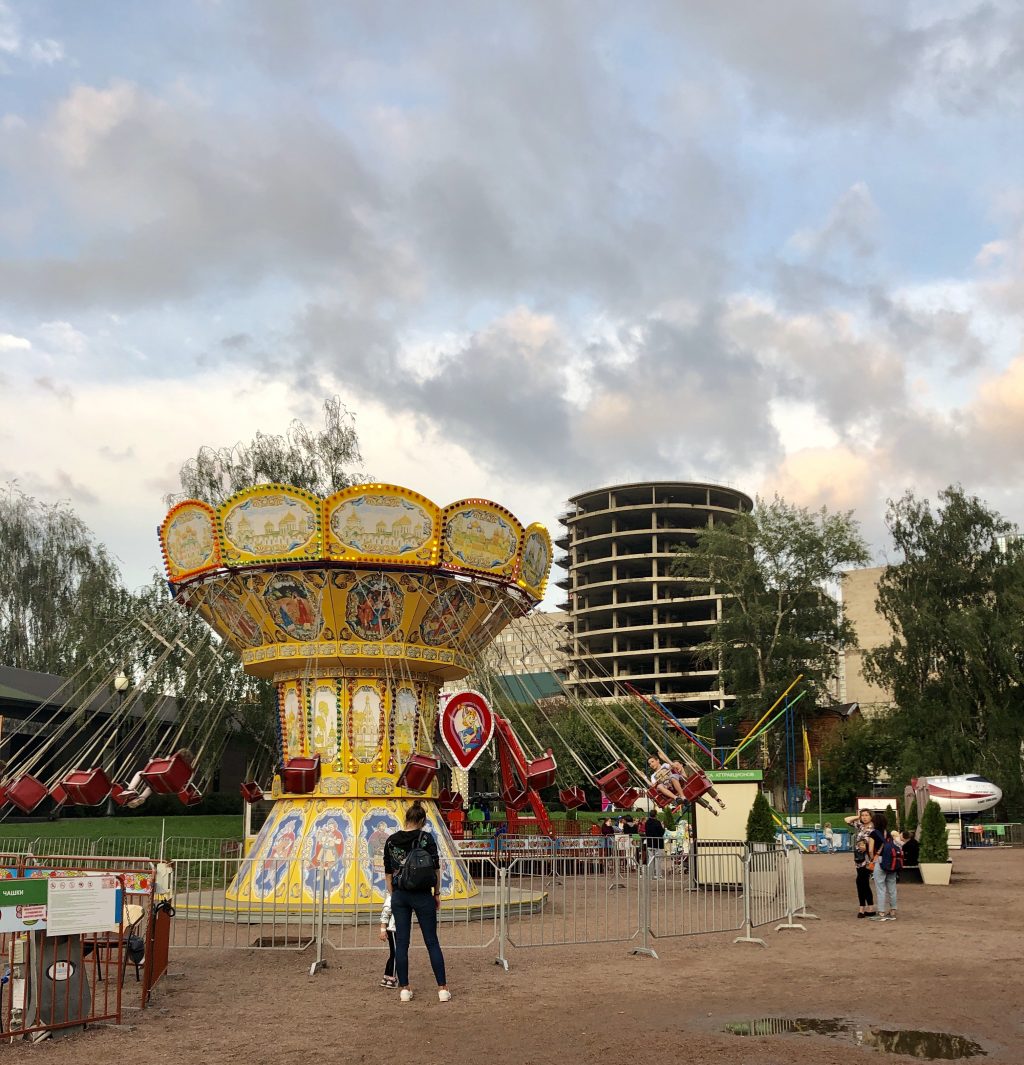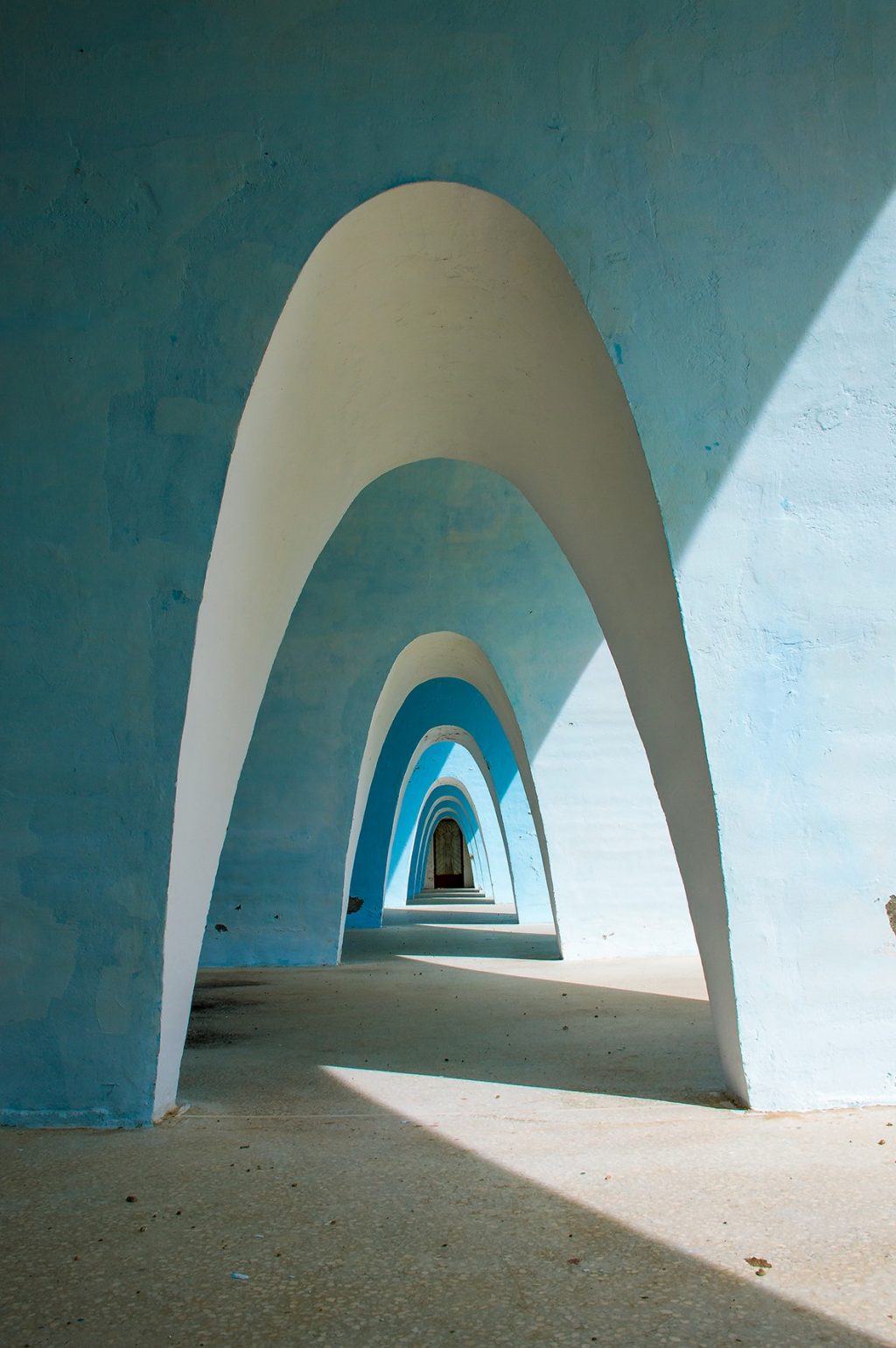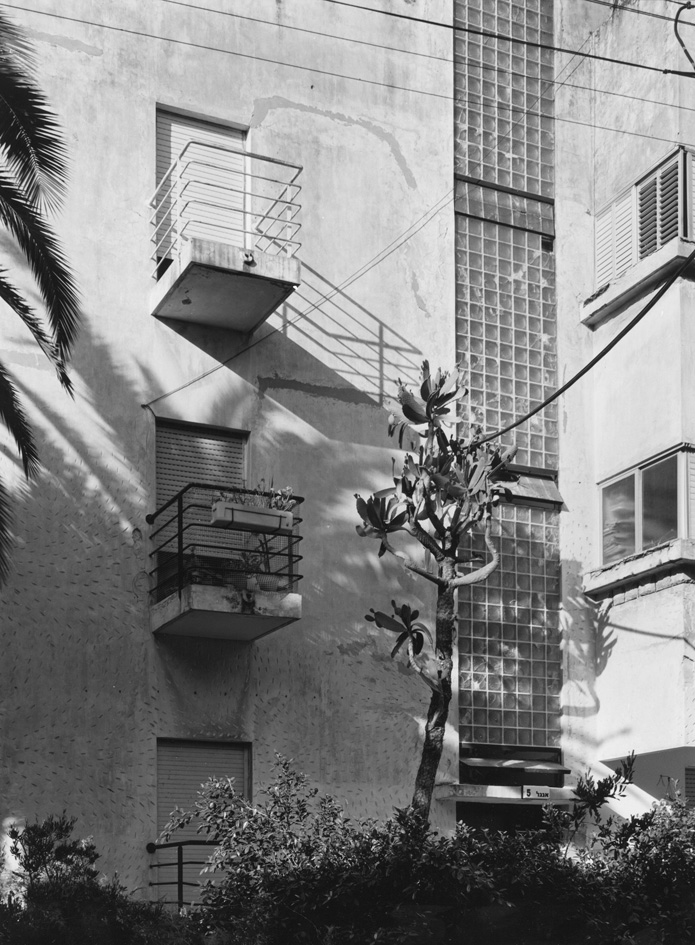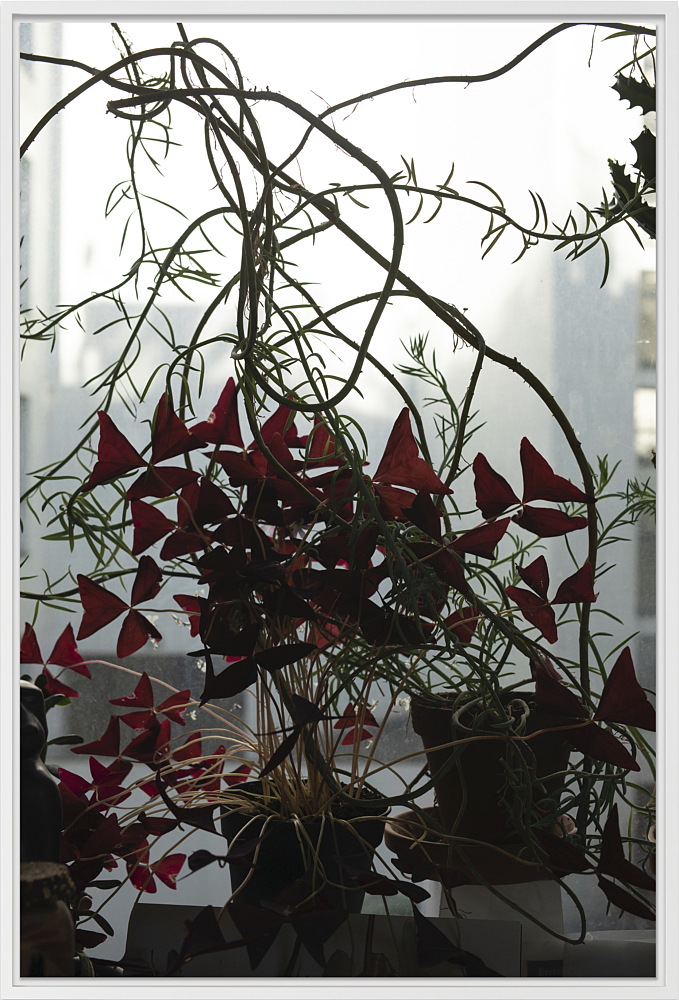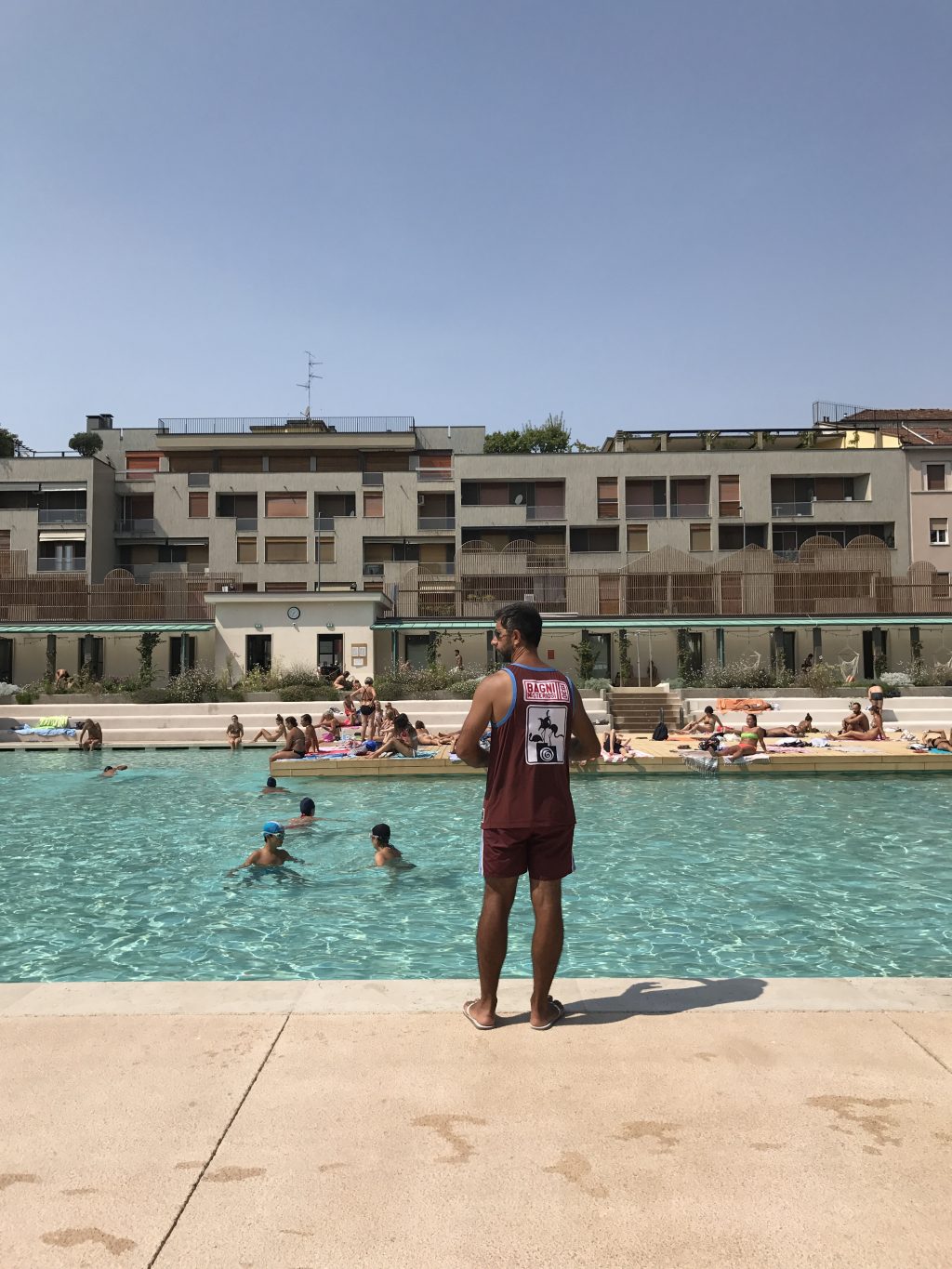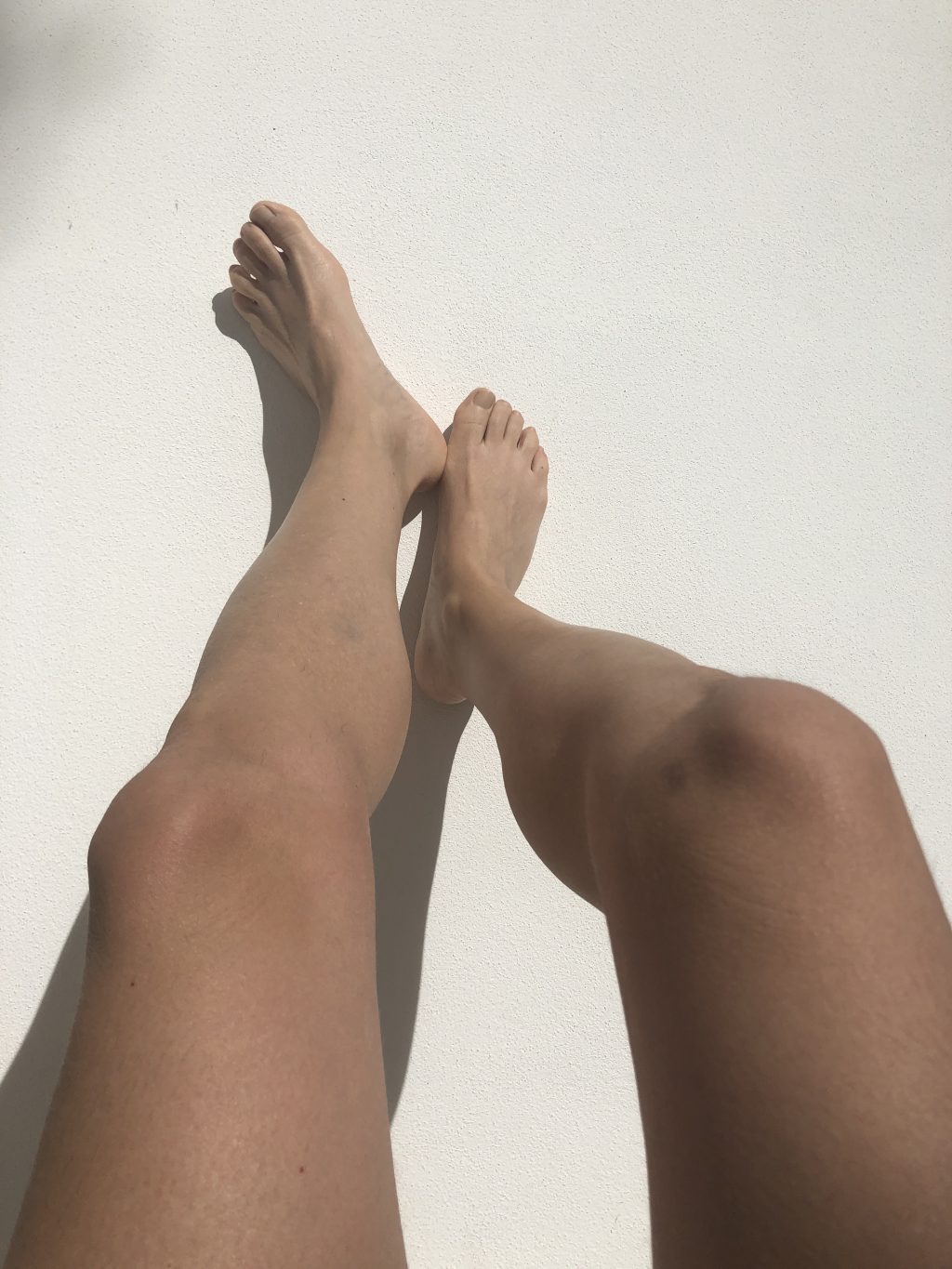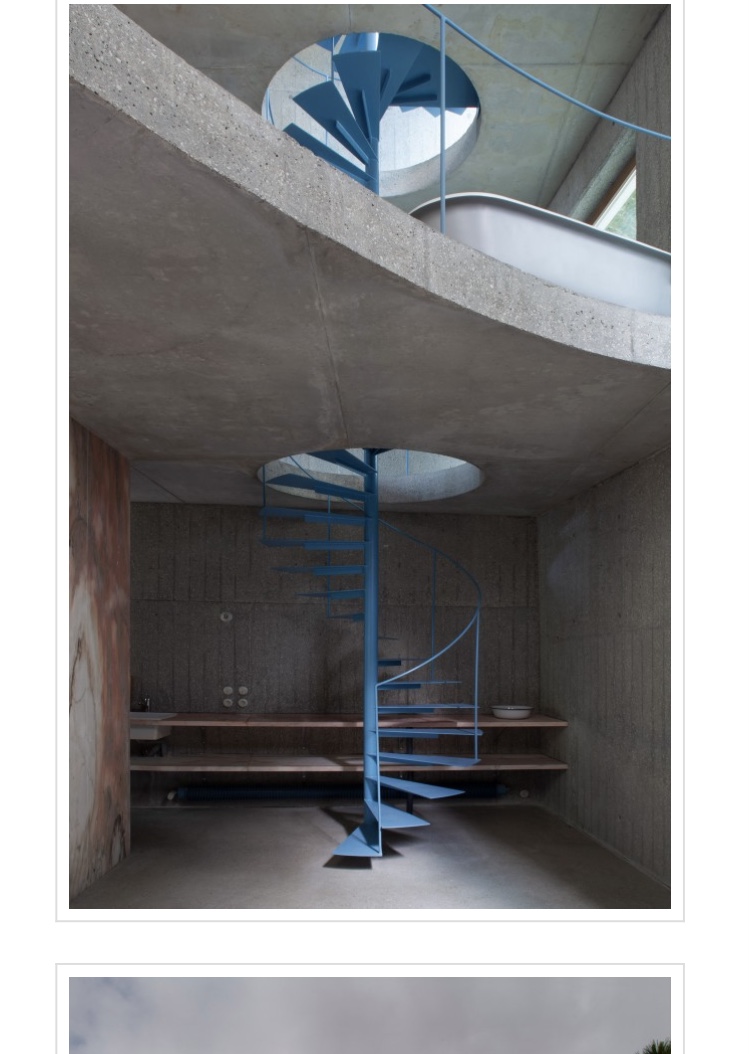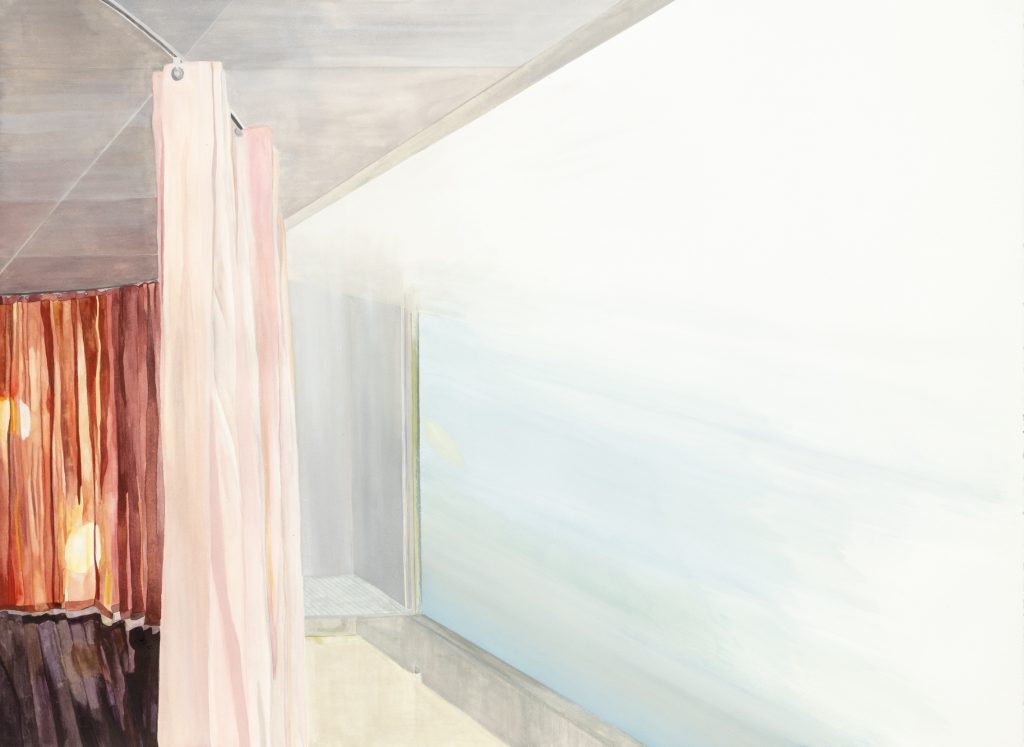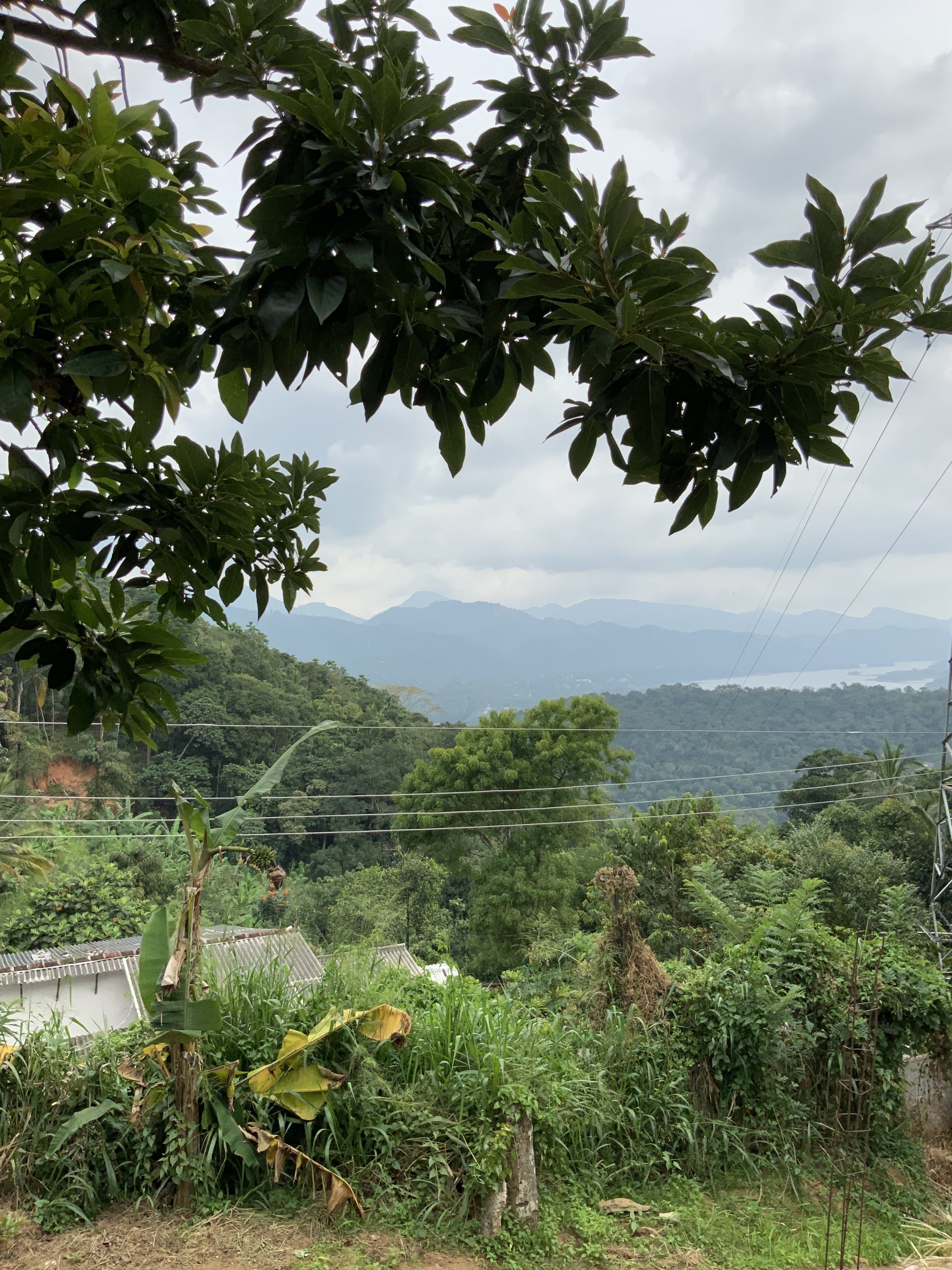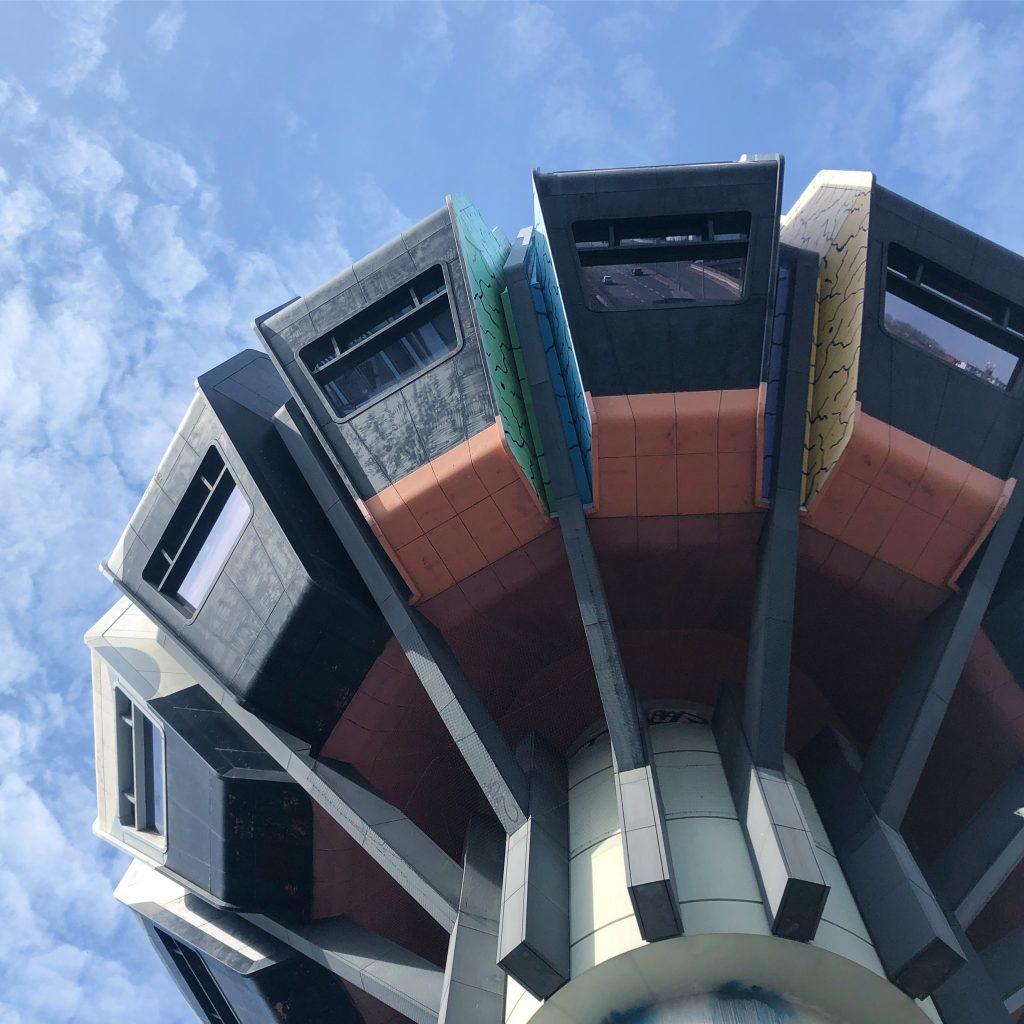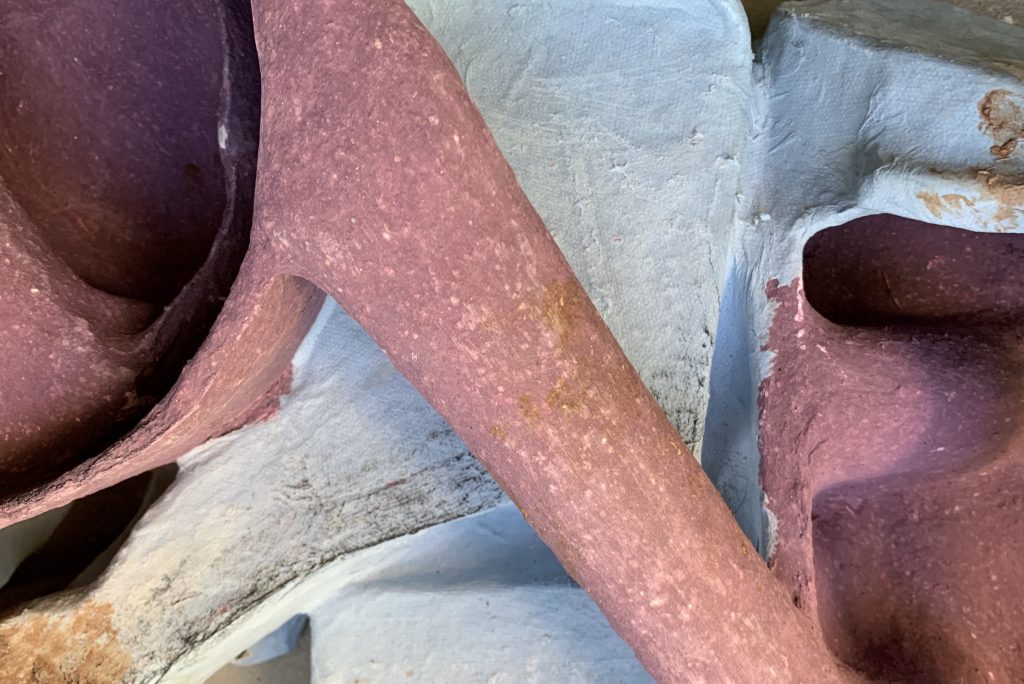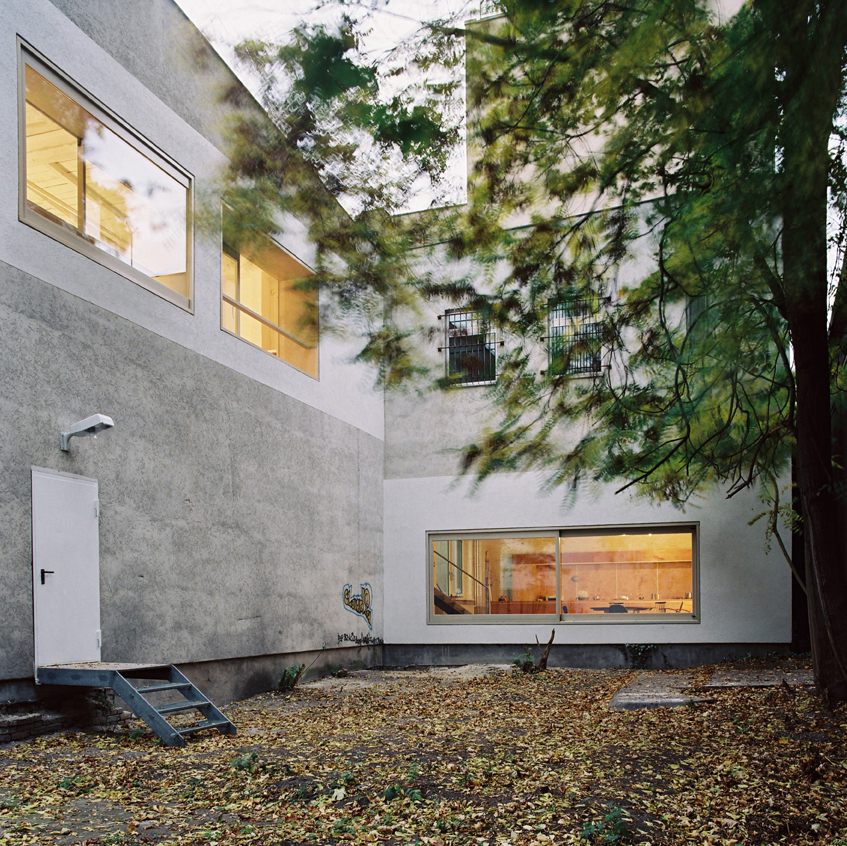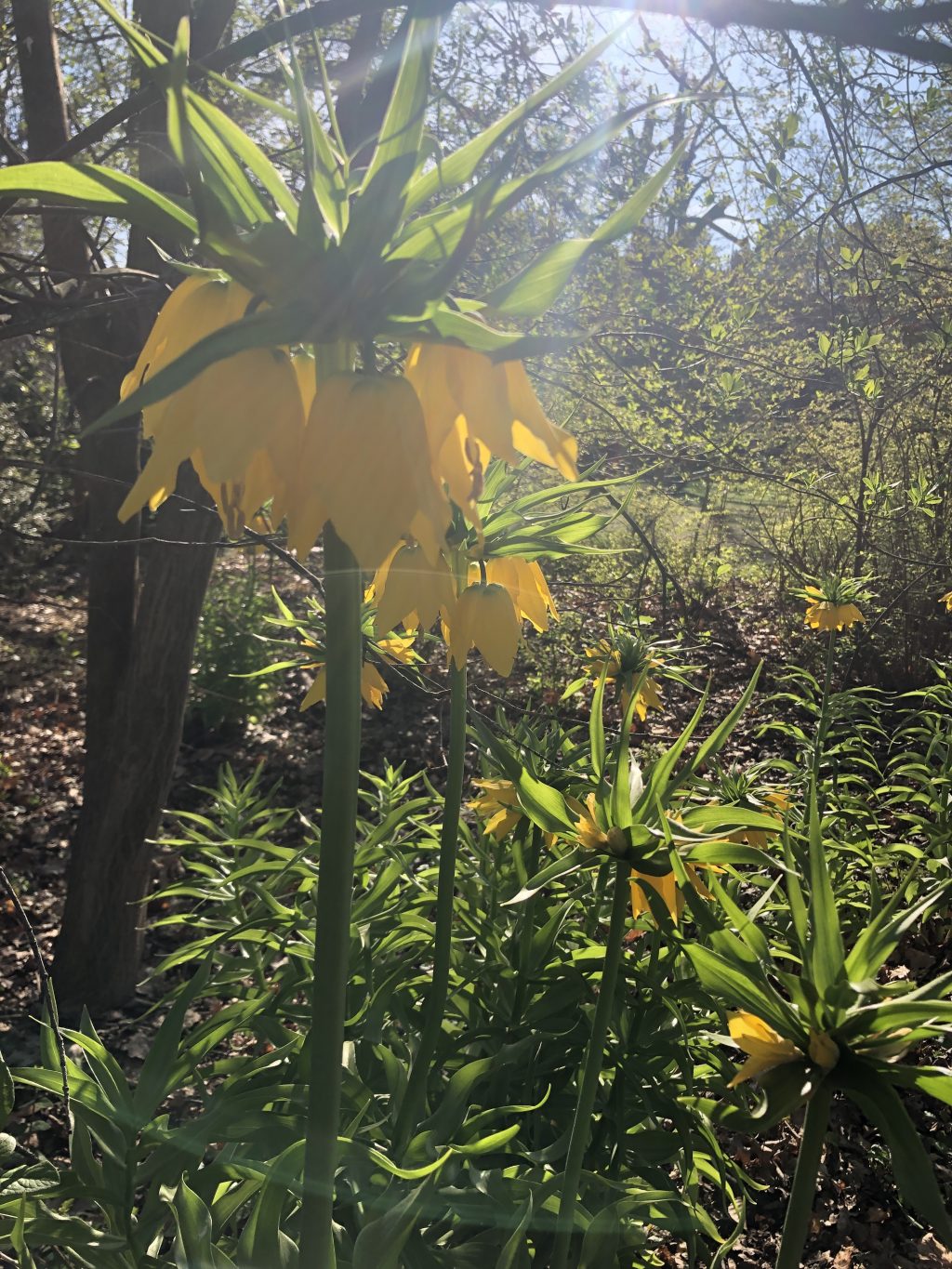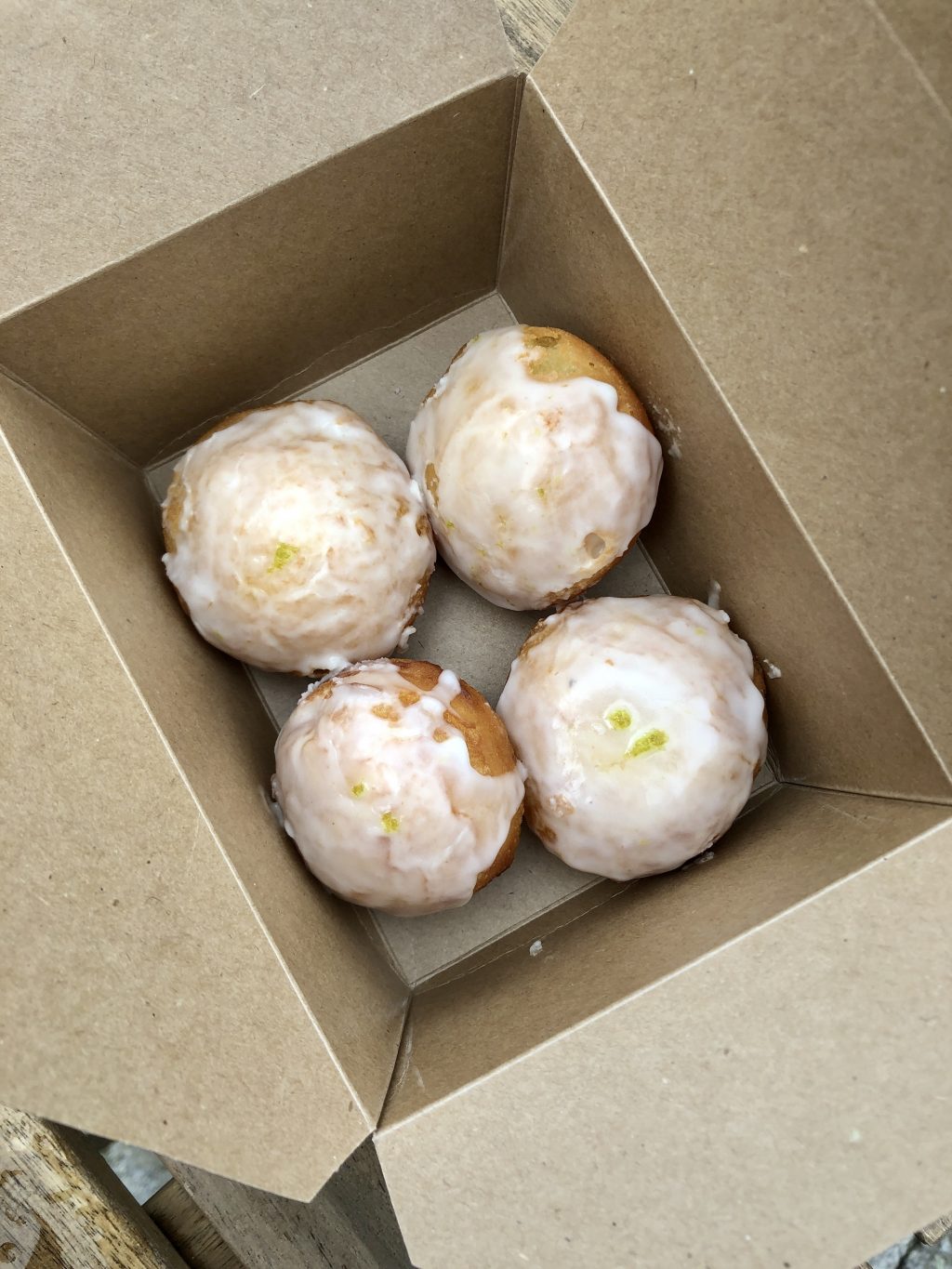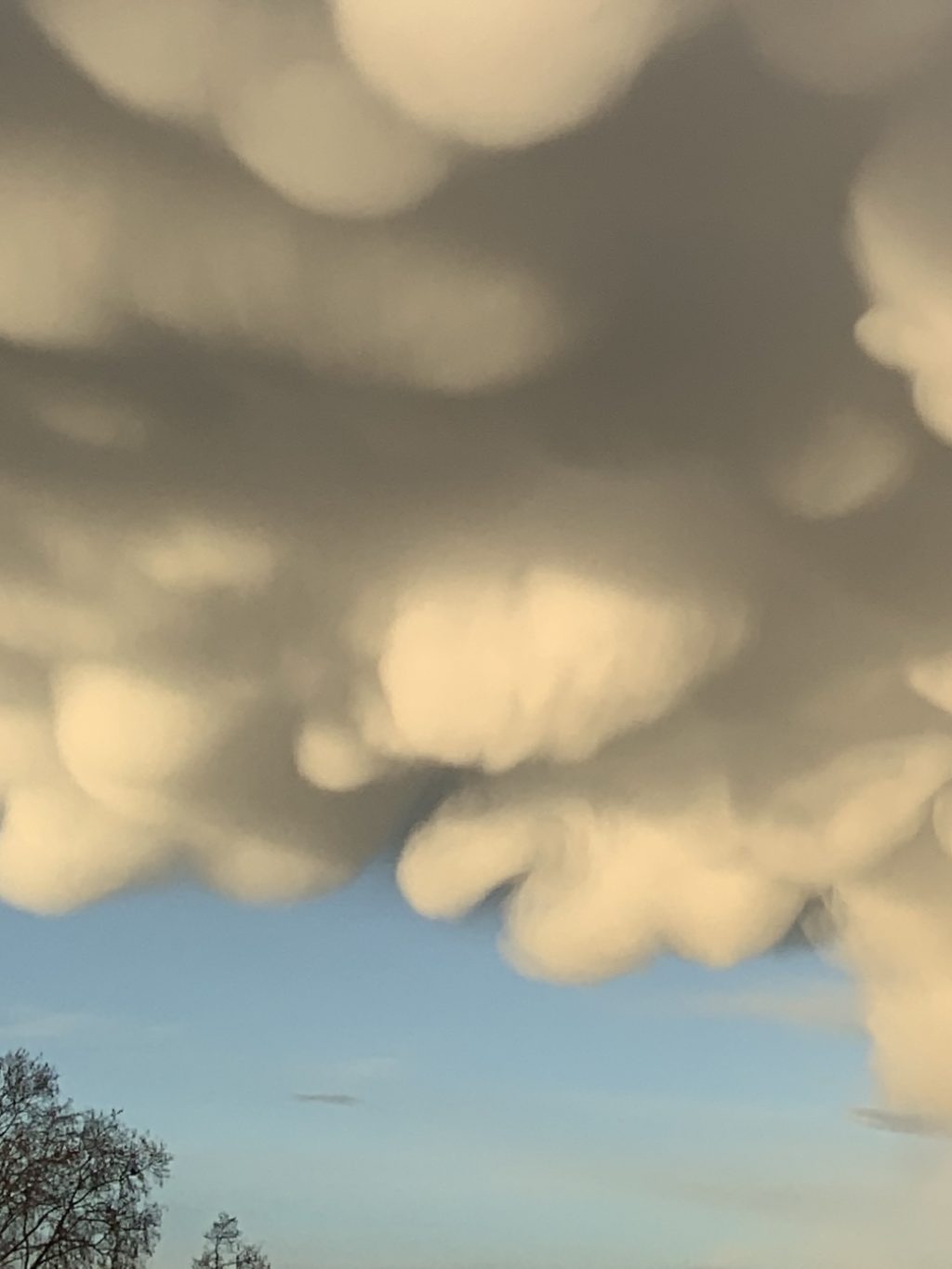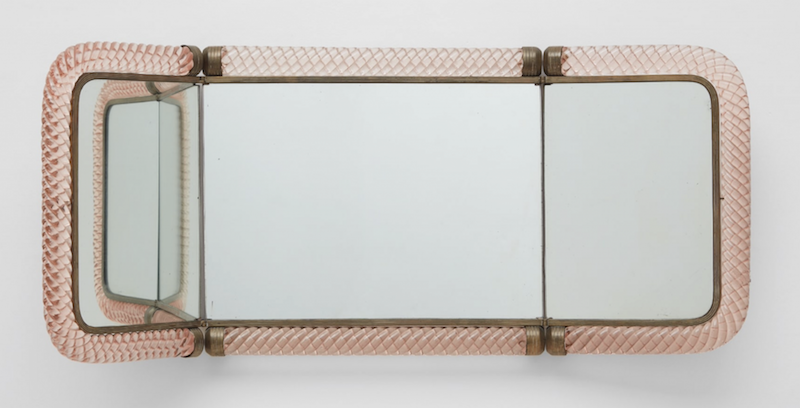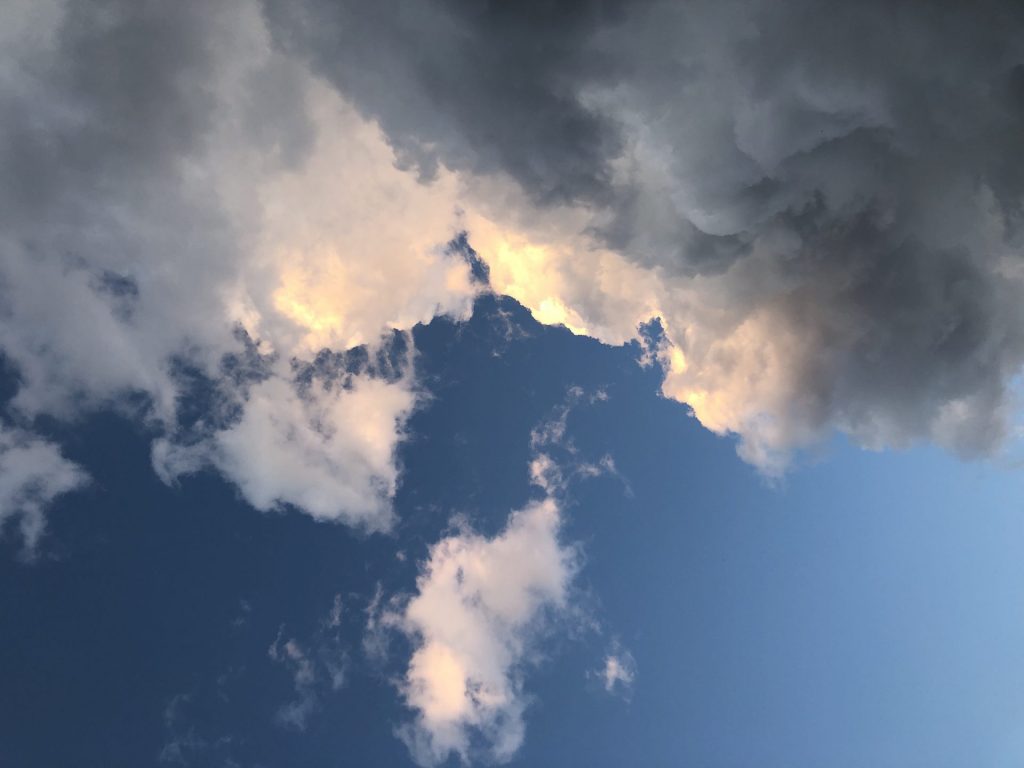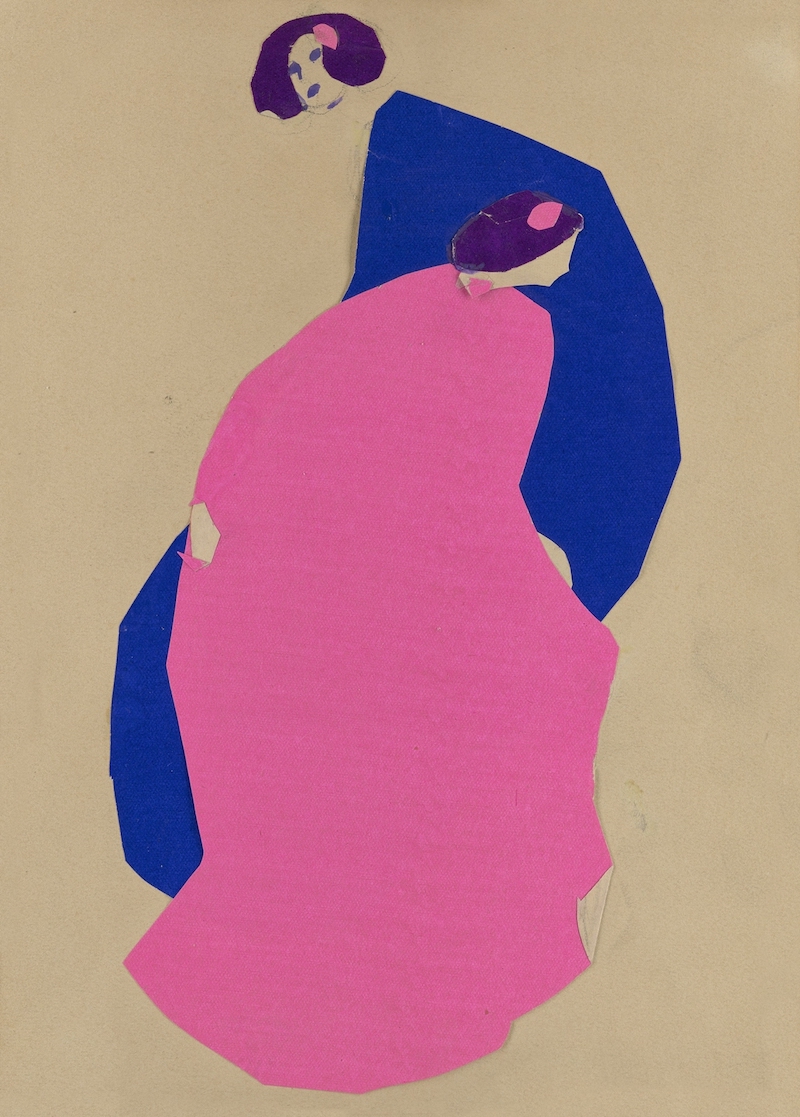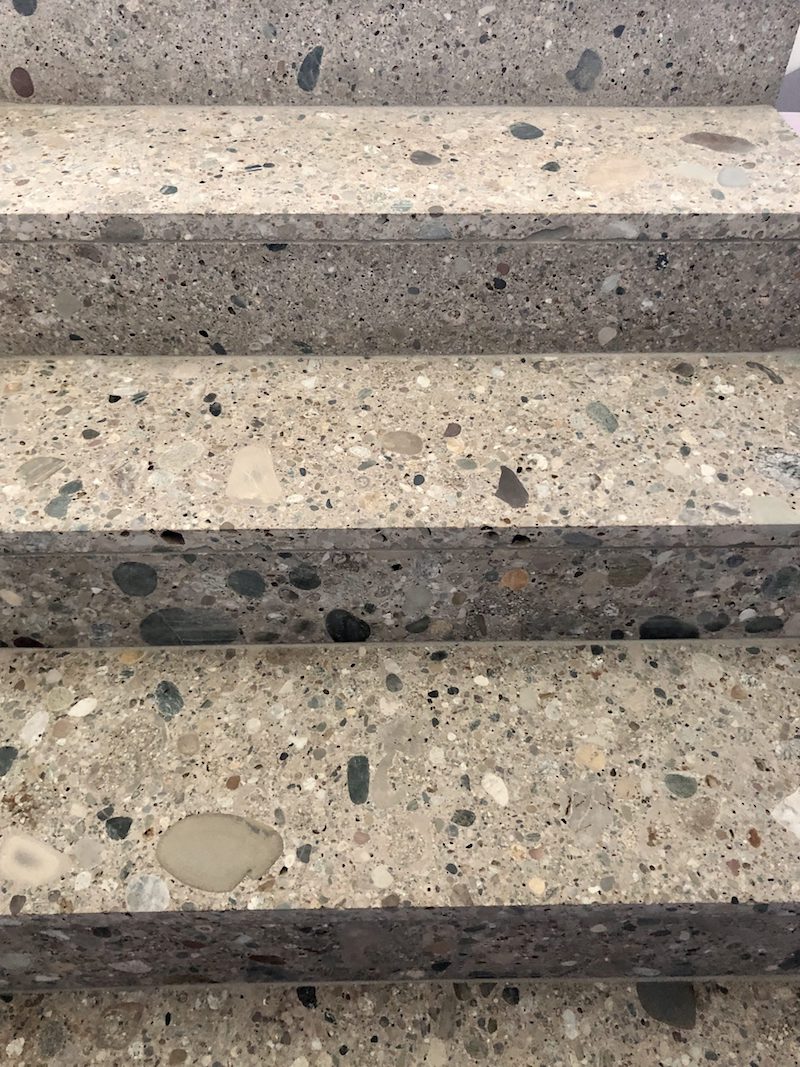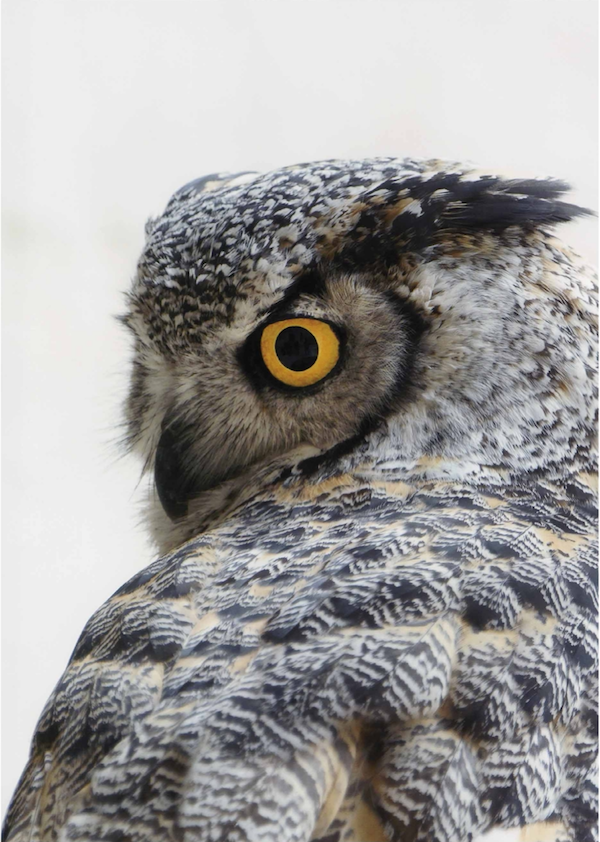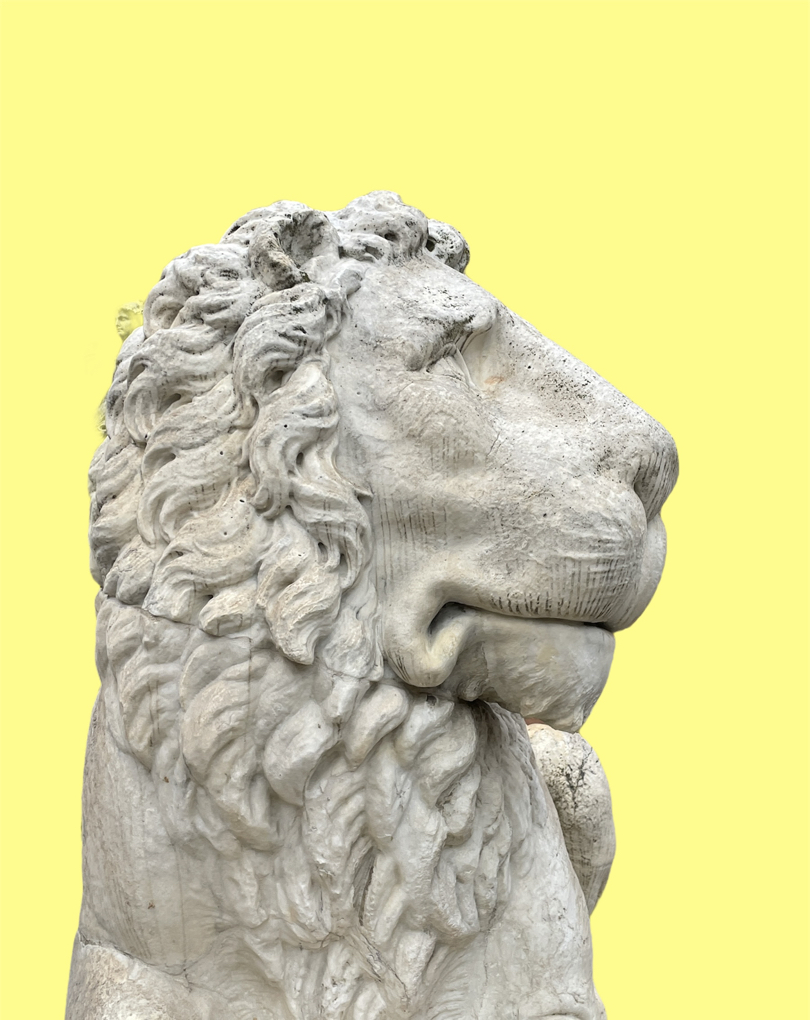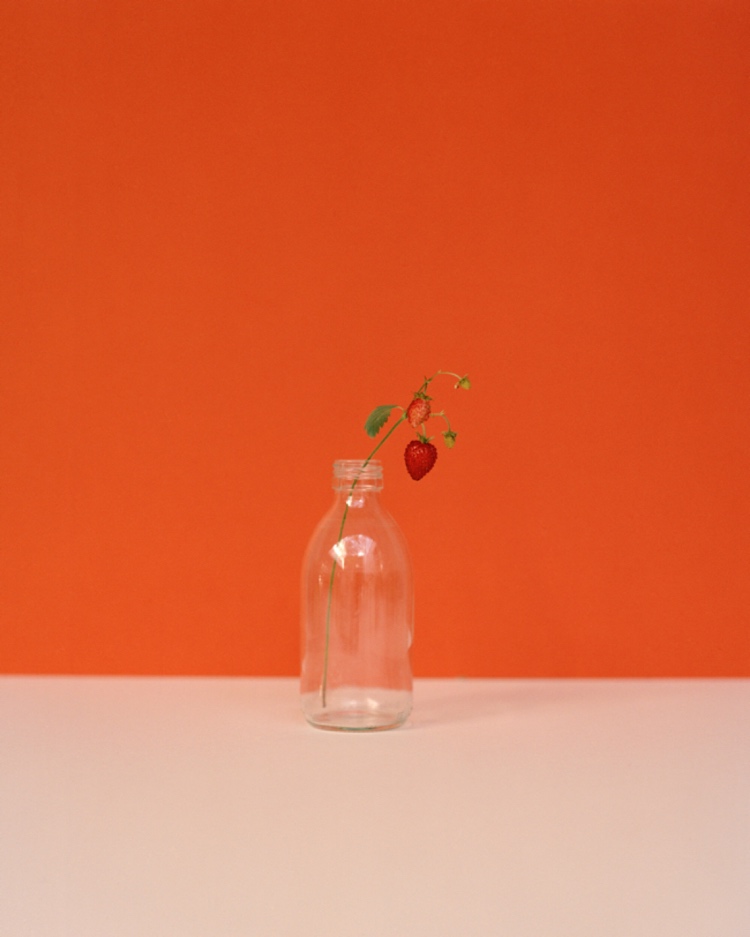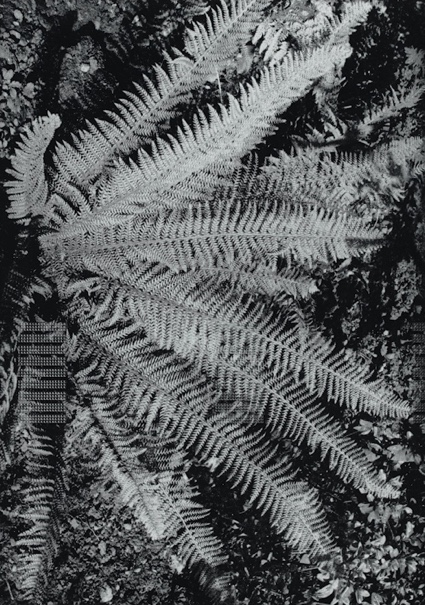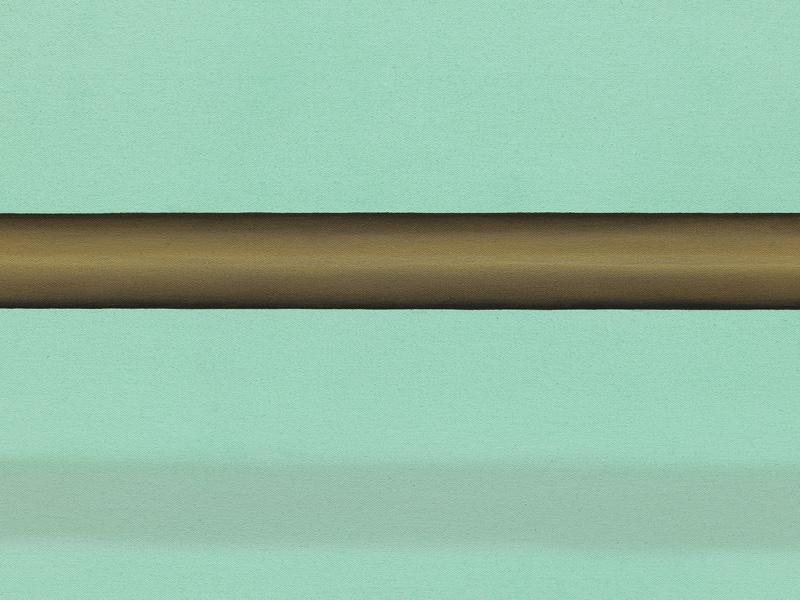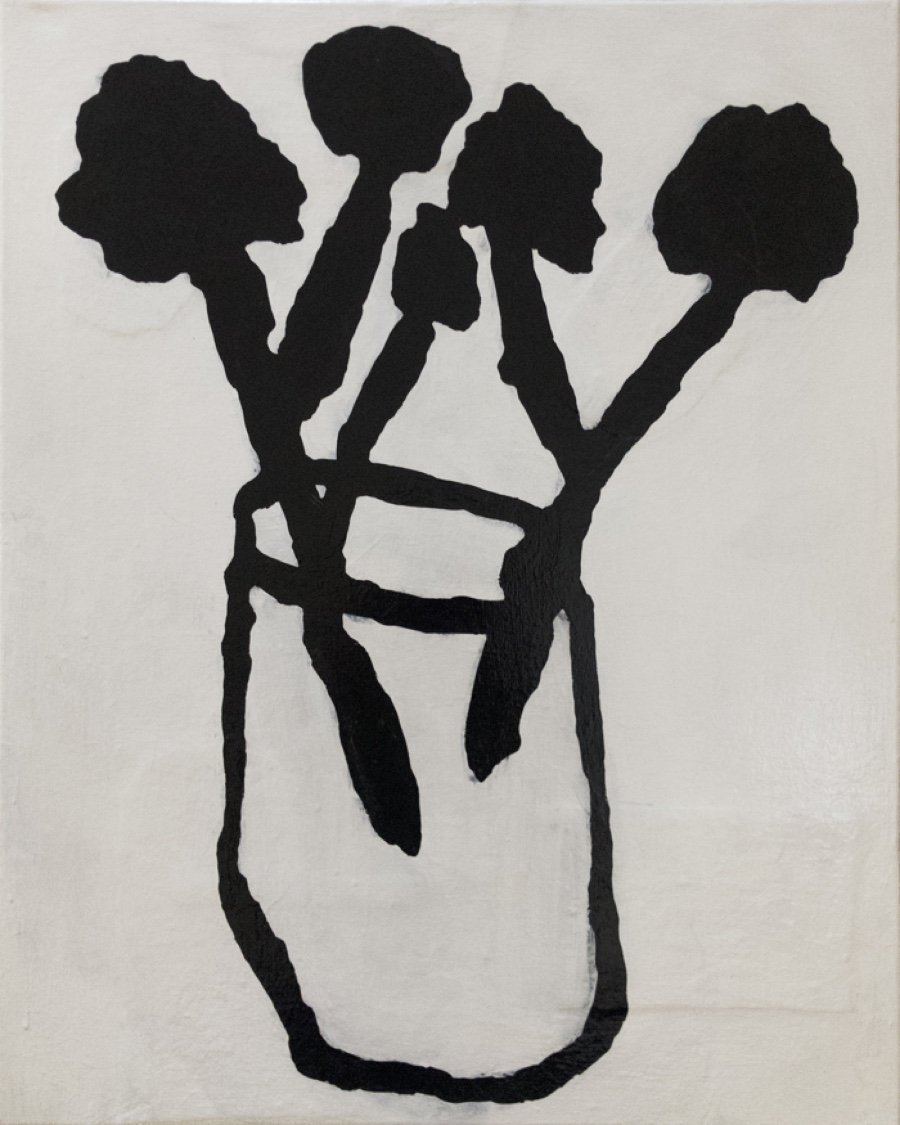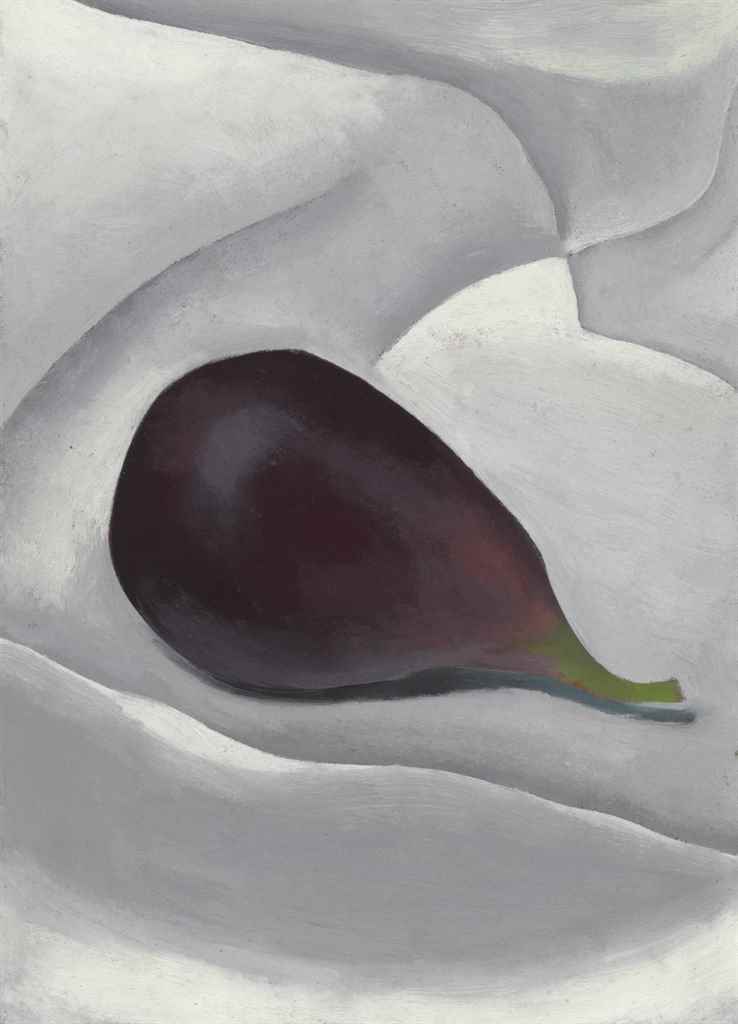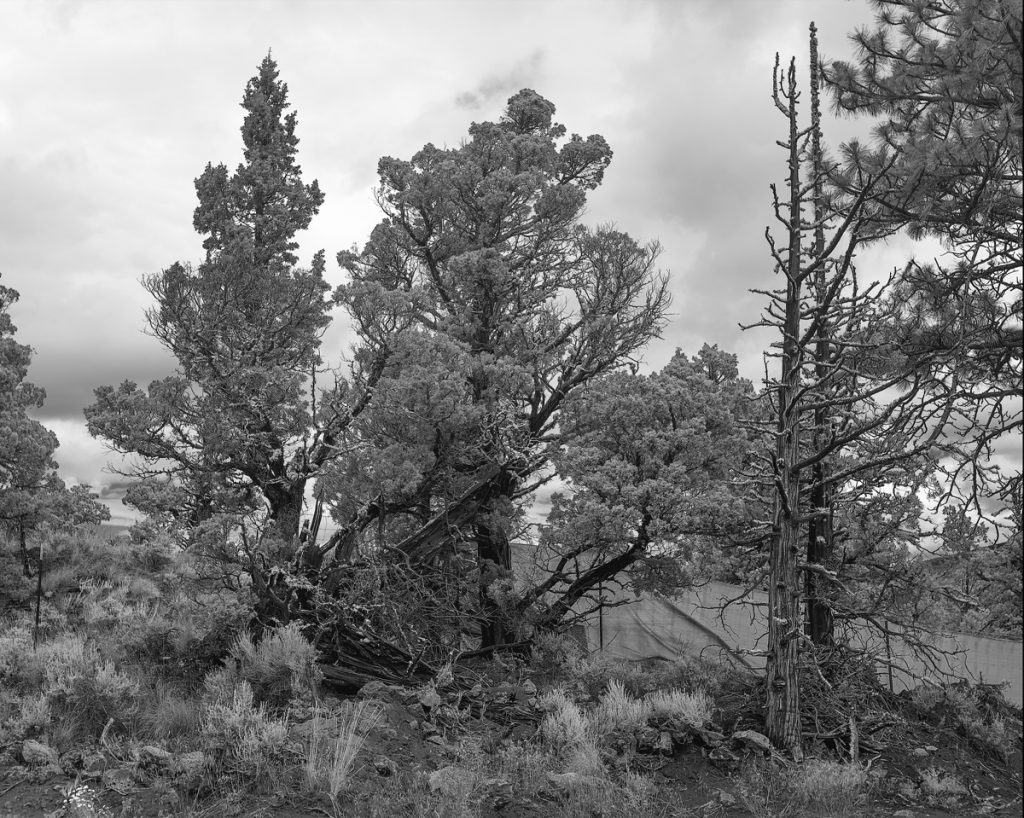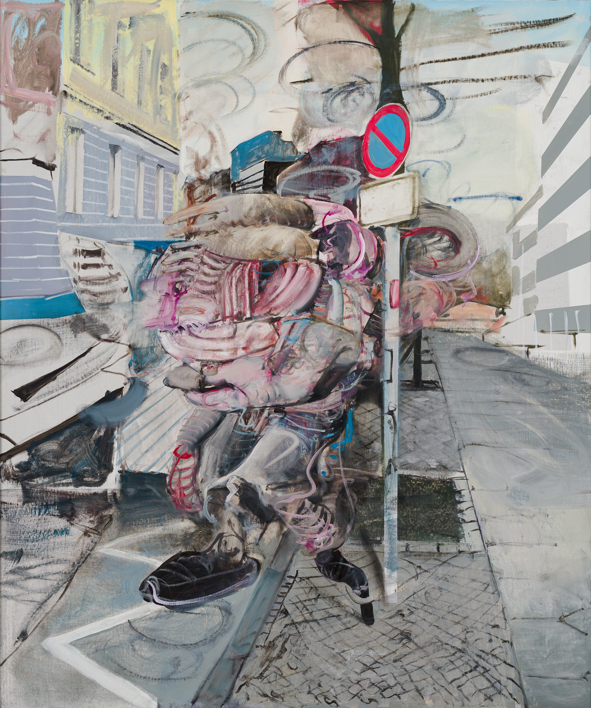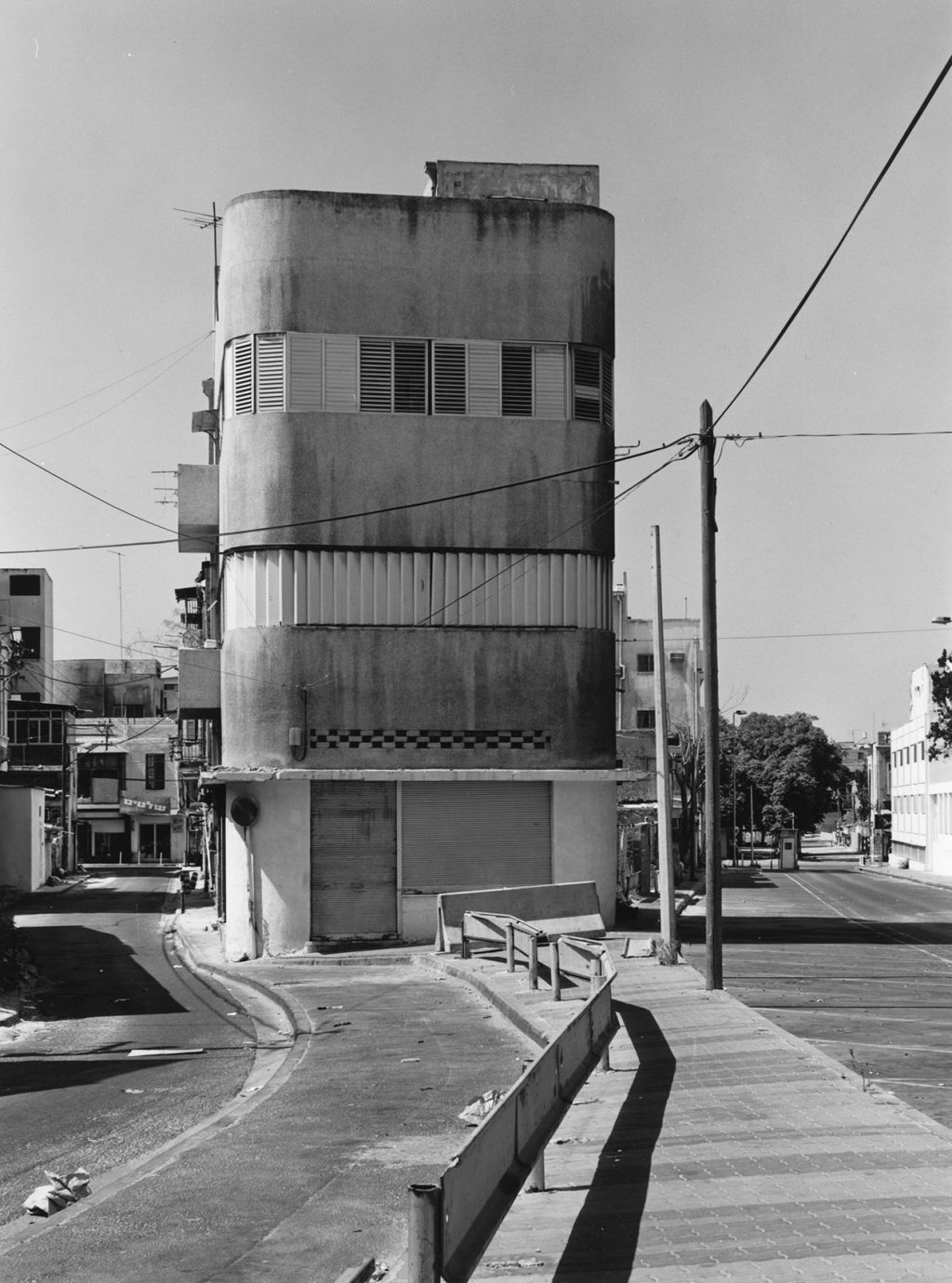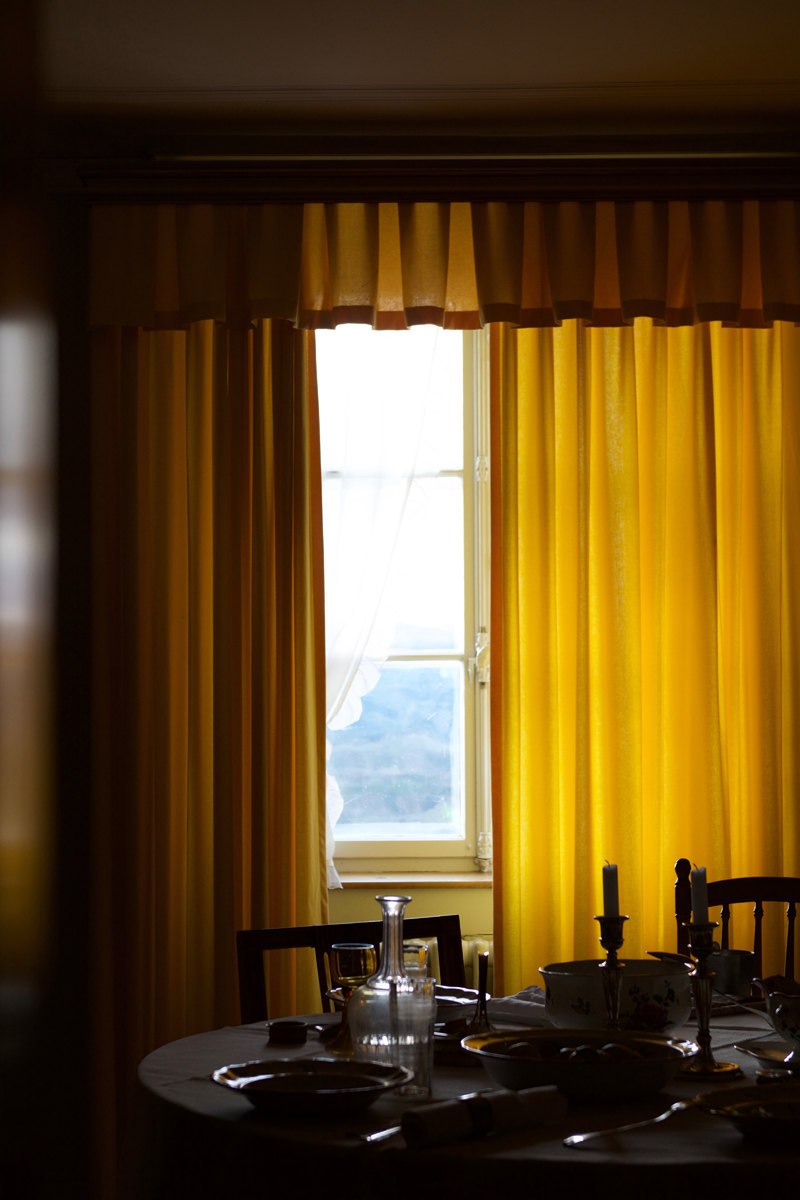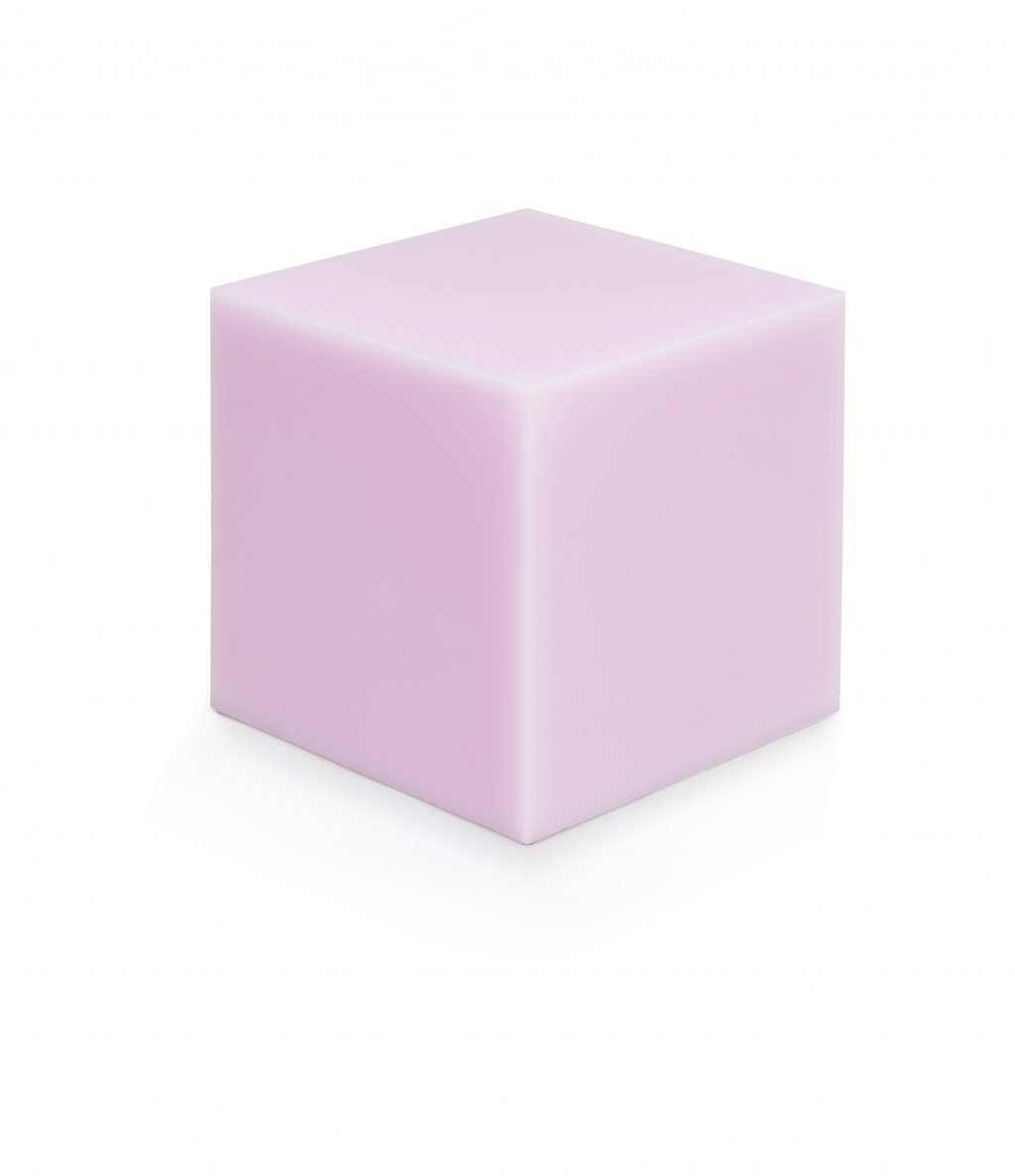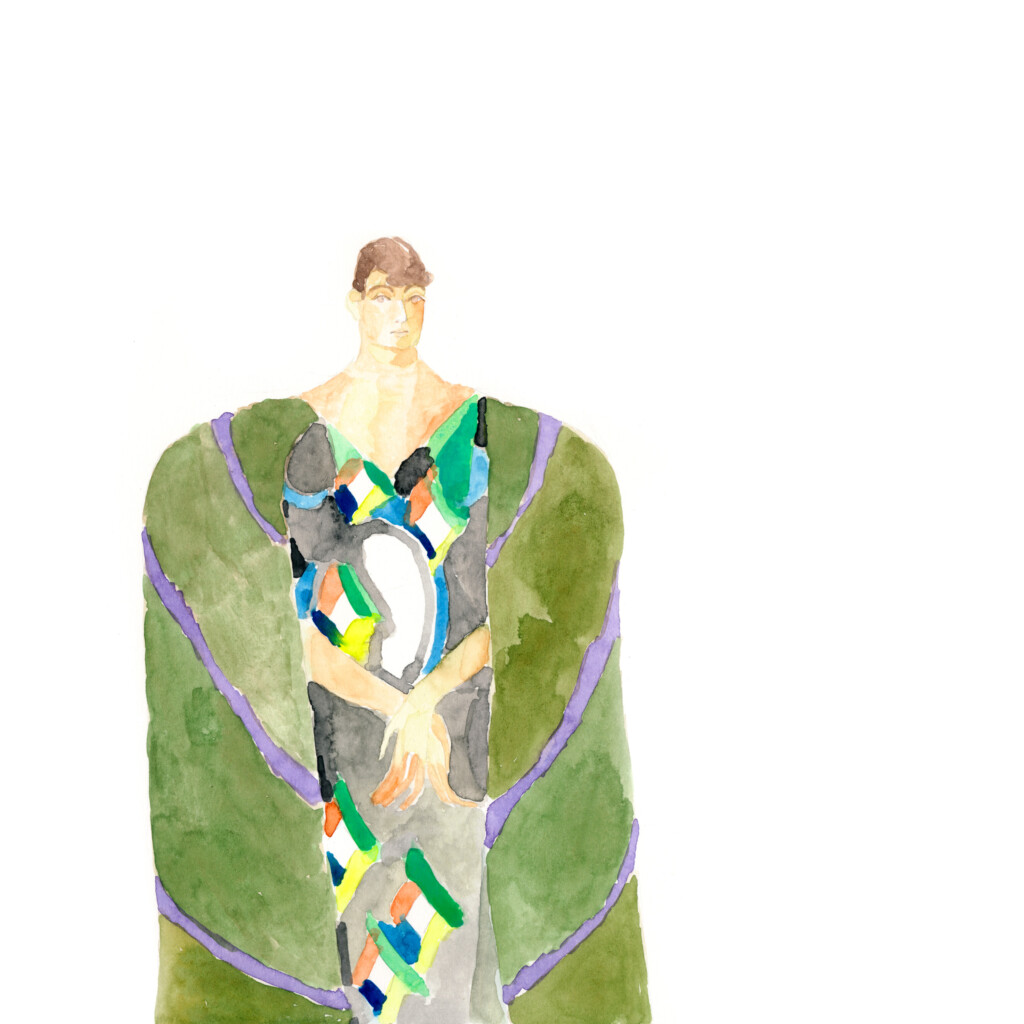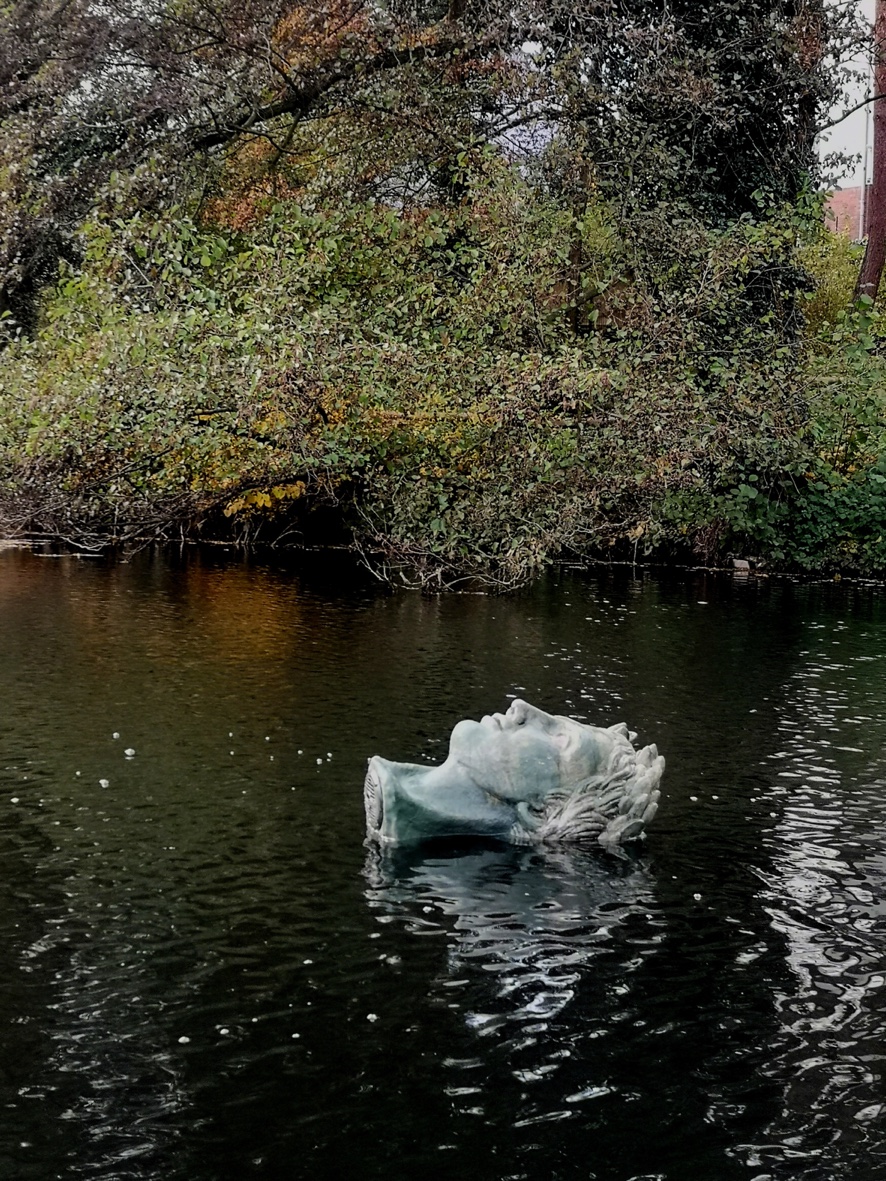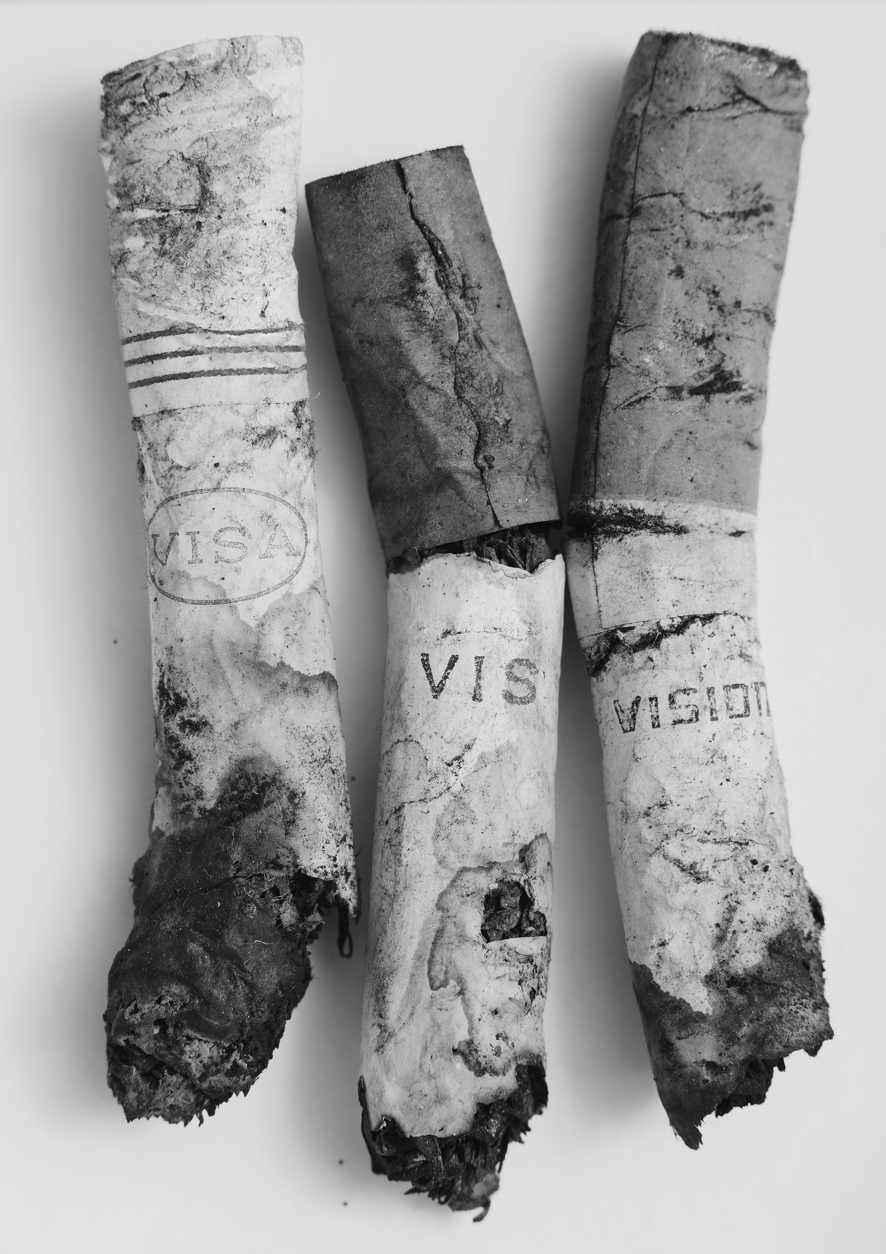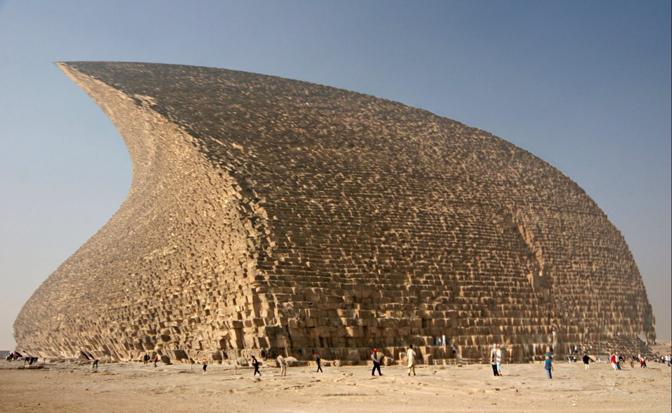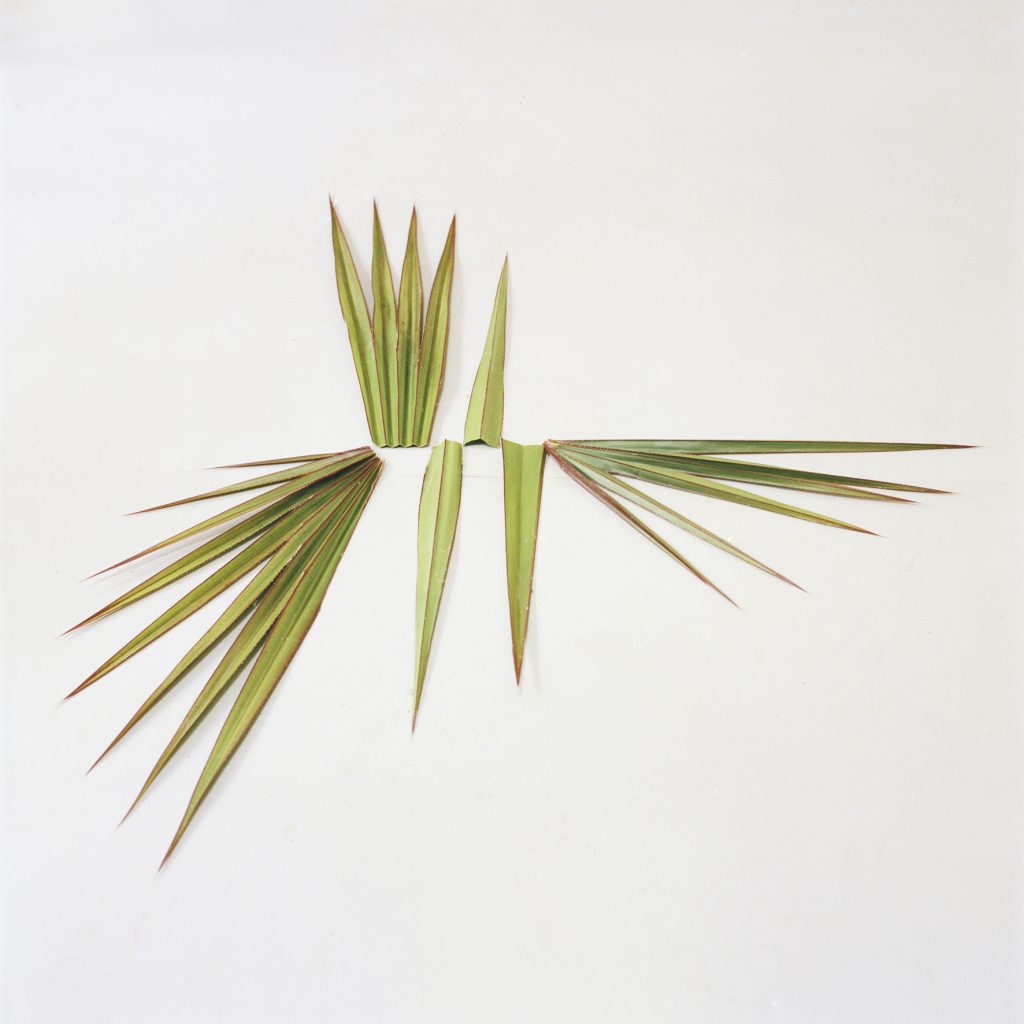Alexander Levy will join forces with his father’s gallery, at least geographically. Both will re-open at the same address in Berlin-Moabit, but their programmes remain separate. While alexander levy focuses on contemporary positions and will inaugurate a space dedicated to video works, LEVY features artists from Surrealism, Nouveau Réalisme, and Pop Art. Their first double-opening during Gallery Weekend Berlin will feature Russian-Austrian artist Egor Kraft who is working at the frontier between art, technology, and activism and a group show with Daniel Spoerri, Meret Oppenheim and Man Ray.
54 YEARS WITH BRUCE NAUMAN
In 1968, Bruce Nauman presented his very first European solo exhibition “Six Sound Problems for Konrad Fischer” in Düsseldorf, marking the beginning of what came to be a long-lasting collaboration with the Konrad Fischer Galerie. Now 54 years and 18 solo exhibitions later, Nauman presents the video installation “Practice” at the gallery, a new piece in which he continues to make his body, particularly his hands, the main subject of his work. Framing this installation, the gallery will also show a selection of prints by the artist, which he started during his studies back in the 1960s.
FORMER FOUNDRY TURNED GALLERY
Gallery Mehdi Chouakri takes on a new location in a former foundry at Wilhelm Hallen, a listed industrial site in the district of Berlin-Reinickendorf. The new space features an exhibition room and accessible archive, the Charlotte Posenenske Cabinet, as well as a study, office and viewable depot. Philipp Mainzer, Office for Architecture and Design, has redesigned the 1,000 square meters of the saw-tooth roof construction. Functionality and an emphasis on the existing structure were at the forefront of the installations and conversions.
A STRANGER WHO ENTERS OUR MIDST
For the 59th International Venice Biennale the Armenian Pavilion is renamed after the notion of “gharīb”, a word of almost-cryptogenic origins that has long been associated with clandestine activities of music making, illegal social clubs and the underground. Sound artist and composer Andrius Arutiunian, experiments with the “gharīb” as a dissonance to the prevailing understanding of time, rhythm and attunement with a series of installations and a central large-scale instrument playing with natural resonances and diaphony.
MOVING IMAGES AT DUESSELDORF PHOTO+
All eyes on sonic and visual media, the biennale düsseldorf photo+ challenges the boundaries of photography as a medium. Institutions, galleries and independent participants collaborate for an entire month, activating the city’s synergies of artistic production and theoretical discourse throughout the festival. The main exhibition at Düsseldorf’s Akademie Galerie “Think We Must” presents works by a diverse set of international artists and questions our perception of images, their context and representation.
SHAKING UP BERLIN’S GALLERY MAP
The 2022 edition of Gallery Weekend Berlin shifts the focus back to the physical space. Visitors and local audiences can experience Berlin’s gallery landscape from a different angle and are invited to expand their typical routes with new spaces, for example, at ChertLüdde, Mehdi Chouakri and alexander levy, Annette Kicken, Max Hetzler or Michael Werner. Emerging positions can be found just around the corner from established artists like Bruce Naumann and Hague Yang.
CLEAN HANDS, CLEAN CONSCIENCE
The skincare products of Zurich-based company Soeder are manufactured locally, contain only natural ingredients and can be refilled throughout Switzerland. Be it soaps, creams, disinfectants, deodorants or lubricants, the team behind founders Hanna and Johann is constantly on the lookout for the latest aromas, often in collaboration with chef friends and other creatives, or even their favourite nightclub. While the first soaps were conceived in their home kitchen, Soeder now runs its own factory just outside of town and is expanding its refill system across Europe. So be sure to keep your bottle.
ARCHITECTURE IS ALL OVER BASEL
How do globalisation, digitalisation, migration, climate change and the pandemic affect the built and unbuilt spaces of our urban environment? The inaugural edition of Architekturwoche Basel will address these questions under the title “Reale Räume” with a focus on three current development sites in Basel and the opening of the first Basel Pavilion. Various formats including tours, moderated talks and roundtables encourage an open dialogue between experts and local protagonists.
DRAWING, DRAPING AND REMEMBERING
“Rosemary Mayer: Ways of Attaching” is the first institutional retrospective devoted to the 1943 New York-born artist. The exhibition in the Ludwig Forum Aachen shows an extensive overview of her many drawings, the complete collection of her large-scale fabric sculptures and documentation of her performances. Mayer was one of the founding members of the renowned all-women cooperative gallery A.I.R., weaving feminist activism with a subtle and poetic approach, into her artistic practice.
CHERTLÜDDE GOES SCHÖNEBERG
PLASTIC FANTASTIC?
Plastics have shaped our daily lives like no other material: from packaging to footwear, furniture, automobiles, or architecture. A symbol of carefree consumerism and revolutionary innovation, plastics have spurred the imagination of designers for decades. Today, we are questioning ourselves how we are to restrict our future use of plastic to those areas where their use is essential. With “Plastic: Remaking Our World” the Vitra Design Museum takes a look at the past of this controversial material and gives an outlook to the possibilities design offers.
STRIKE A POSE
The role of fashion as a means of expression and representation in arts is illustrated in the many paintings and drawings within the Berlinische Galerie collection – from the cool Dada dandies of the 1920s to avant-garde clothing designs in contemporary art. The exhibition “Images in Fashion – Clothing in Art” sheds light on artists’ relationship to fashion and its influence on art over the last century. How do artists dress? How is fashion used as a medium today?
MADE IN GERMANY
With a love of detail and a fresh eye for familiar typologies, Kevin Rack and Johann Kuhn founded the design company Blockbau in 2020 after studying architecture. The duo from Karlsruhe specialises in furniture design and develops all products themselves or in collaboration with young designers. Production takes place in southern Germany: for this, the two work with regional partners, some of which have been involved in furniture production for generations.
MAERZMUSIK: VISIBLE AND INVISIBLE RELATIONS
Berliner Festspiele’s MaerzMusik – Festival for Time Issues 2022 focuses on the visible and invisible relations that hold everything together, in music and beyond. With featured artists and guests such as Éliane Radigue, Benjamin Patterson, Klangforum Wien and ONCEIM, the festival presents a program within which relationality can be rethought, redrawn and artistically experimented with.
OUT IN THE OPEN: GEORGIA O’KEEFFE’S RETROSPECTIVE
From her 1915 abstract experiments to her late works in the 1970s, Georgia O’Keeffe at the Fondation Beyeler is a rare opportunity to discover in such depth the career of one of the most important landscape and nature painters of the 20th century. Arranged topographically, the vast retrospective is set to explore Texas, South Carolina, or New York as well as the majestic scenery of New Mexico, under O’Keeffe’s innovative gaze.

